Quick filters:
Roman women Stock Photos and Images
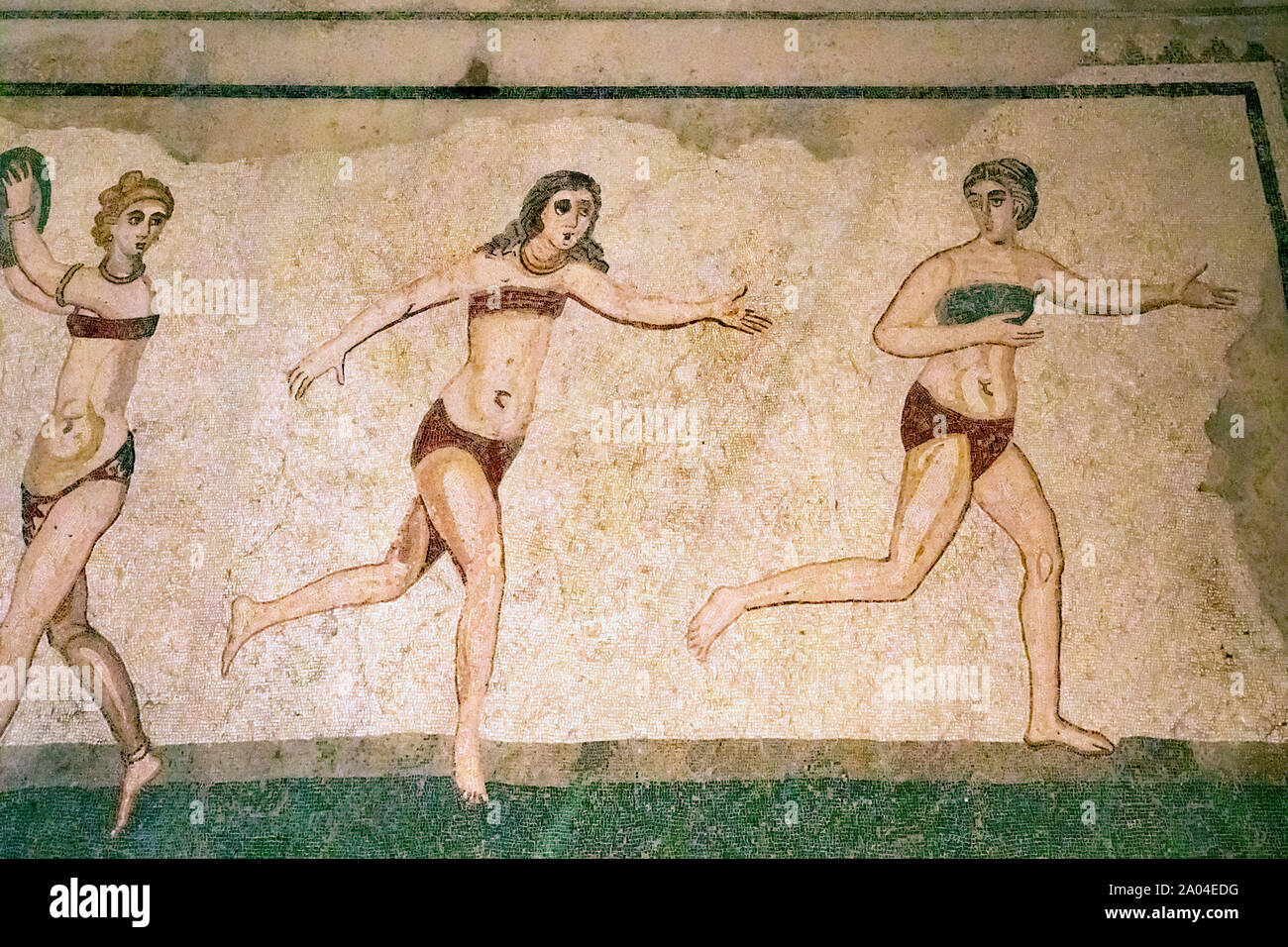 Antique roman bikini mosaic in Piazza Armerina, Sicily Stock Photohttps://www.alamy.com/image-license-details/?v=1https://www.alamy.com/antique-roman-bikini-mosaic-in-piazza-armerina-sicily-image327096156.html
Antique roman bikini mosaic in Piazza Armerina, Sicily Stock Photohttps://www.alamy.com/image-license-details/?v=1https://www.alamy.com/antique-roman-bikini-mosaic-in-piazza-armerina-sicily-image327096156.htmlRF2A04EDG–Antique roman bikini mosaic in Piazza Armerina, Sicily
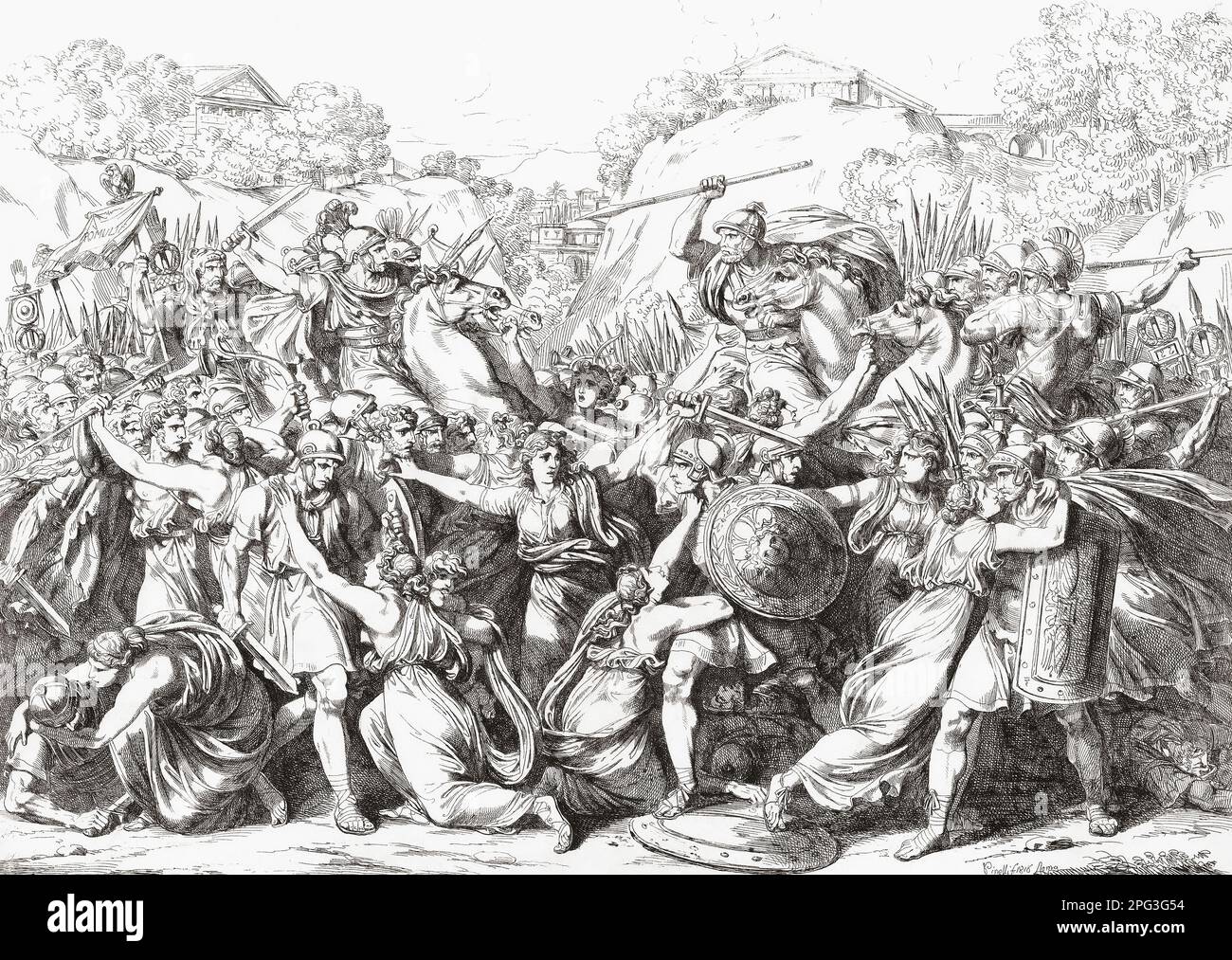 The Sabine women intervene between the warring sides in the Battle of the Lacus Curtius. An incident in Roman mythology. After a 19th century work by Bartolomeo Pinelli. Stock Photohttps://www.alamy.com/image-license-details/?v=1https://www.alamy.com/the-sabine-women-intervene-between-the-warring-sides-in-the-battle-of-the-lacus-curtius-an-incident-in-roman-mythology-after-a-19th-century-work-by-bartolomeo-pinelli-image543434448.html
The Sabine women intervene between the warring sides in the Battle of the Lacus Curtius. An incident in Roman mythology. After a 19th century work by Bartolomeo Pinelli. Stock Photohttps://www.alamy.com/image-license-details/?v=1https://www.alamy.com/the-sabine-women-intervene-between-the-warring-sides-in-the-battle-of-the-lacus-curtius-an-incident-in-roman-mythology-after-a-19th-century-work-by-bartolomeo-pinelli-image543434448.htmlRM2PG3G54–The Sabine women intervene between the warring sides in the Battle of the Lacus Curtius. An incident in Roman mythology. After a 19th century work by Bartolomeo Pinelli.
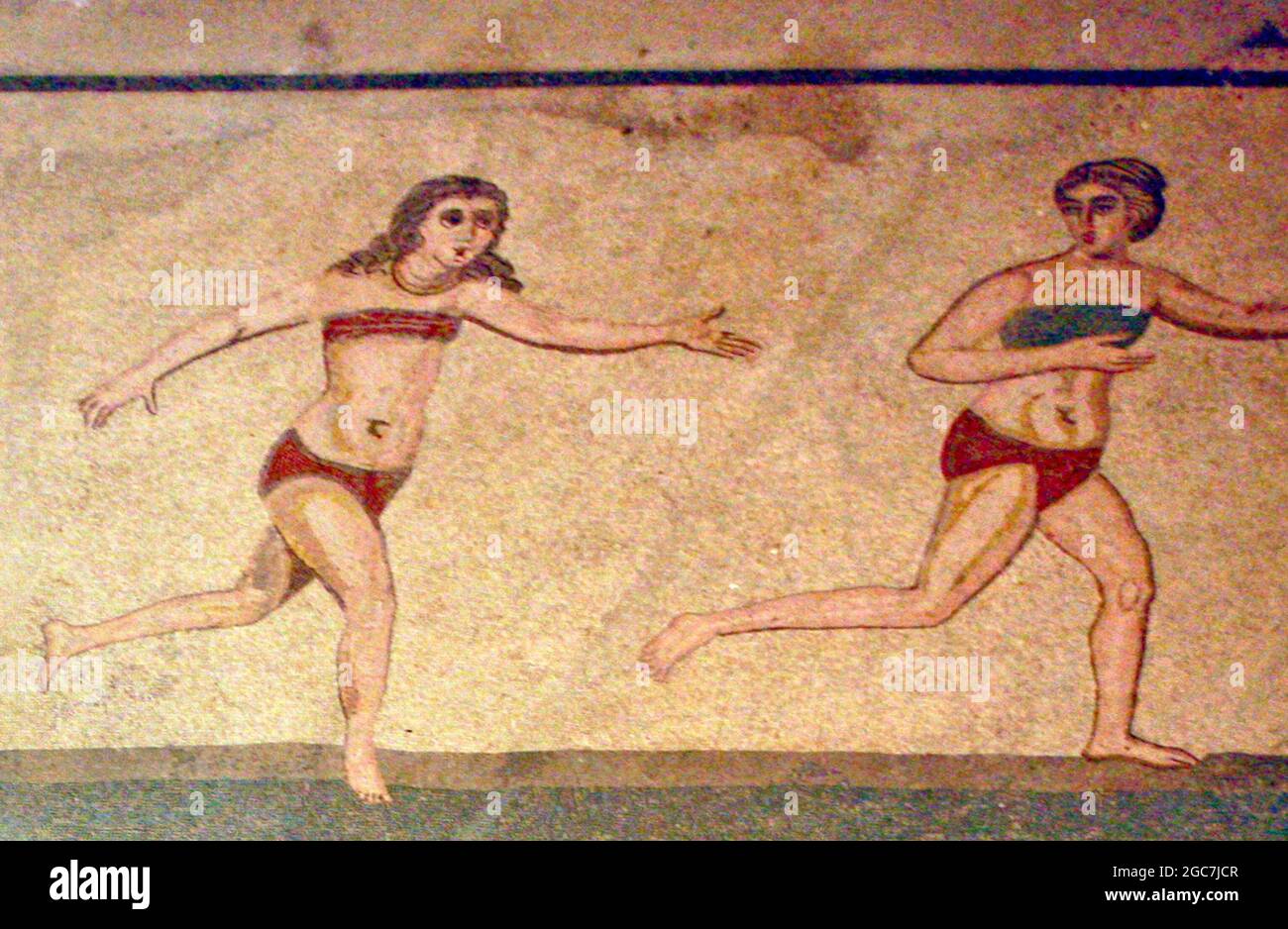 Roman Bikini Mosaics at The Villa Romana del Casale, Sicily, Italy. Early depiction of Roman women wearing bikinis from early 4th century AD. Stock Photohttps://www.alamy.com/image-license-details/?v=1https://www.alamy.com/roman-bikini-mosaics-at-the-villa-romana-del-casale-sicily-italy-early-depiction-of-roman-women-wearing-bikinis-from-early-4th-century-ad-image437803207.html
Roman Bikini Mosaics at The Villa Romana del Casale, Sicily, Italy. Early depiction of Roman women wearing bikinis from early 4th century AD. Stock Photohttps://www.alamy.com/image-license-details/?v=1https://www.alamy.com/roman-bikini-mosaics-at-the-villa-romana-del-casale-sicily-italy-early-depiction-of-roman-women-wearing-bikinis-from-early-4th-century-ad-image437803207.htmlRF2GC7JCR–Roman Bikini Mosaics at The Villa Romana del Casale, Sicily, Italy. Early depiction of Roman women wearing bikinis from early 4th century AD.
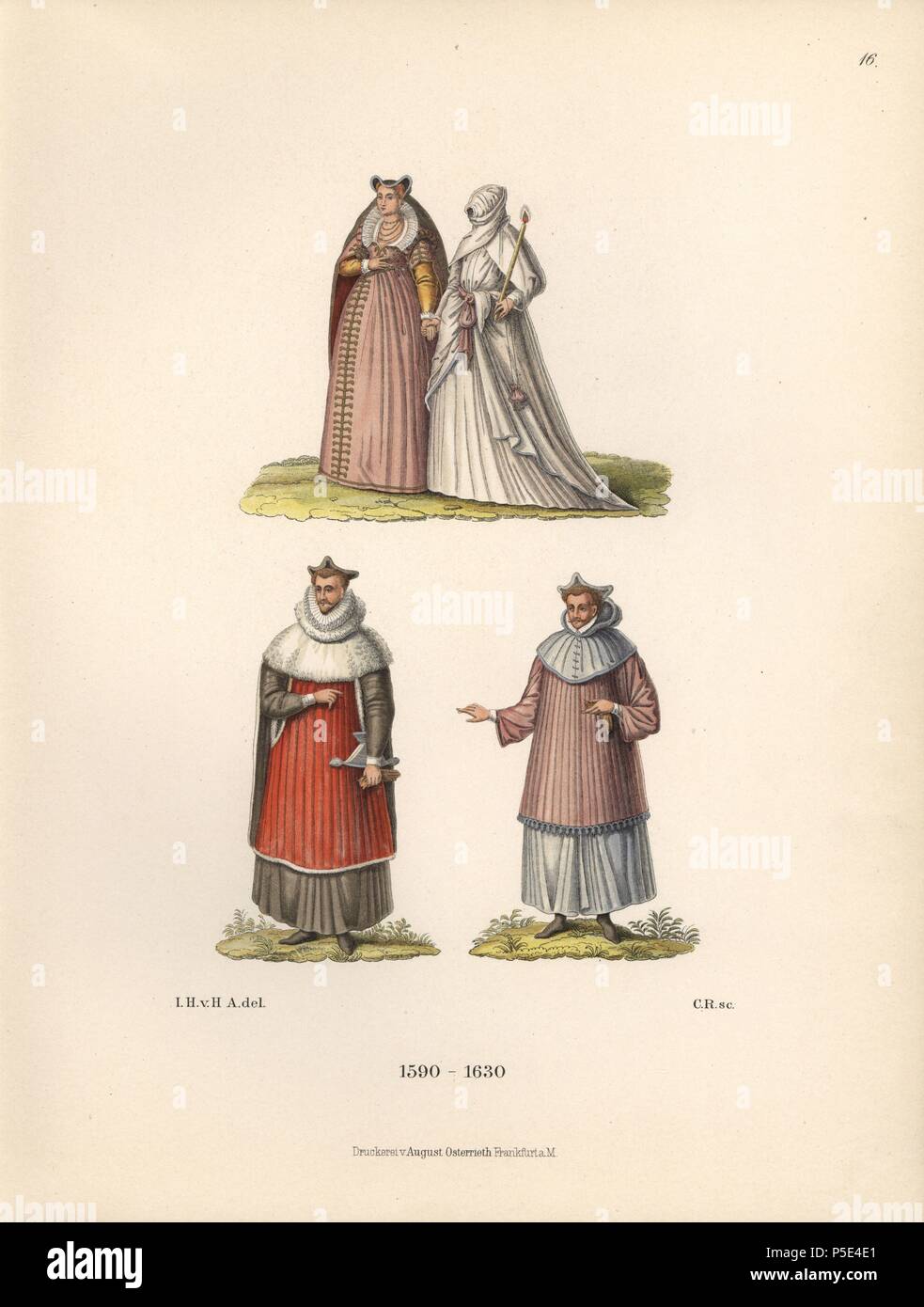 Figures from the family records of Baron Christian von Wurzburg. Two Roman women at top, one in robes of penitence, and Louis II, Cardinal of Guise, assassinated in 1588, below. Chromolithograph from Hefner-Alteneck's 'Costumes, Artworks and Appliances from the Middle Ages to the 17th Century,' Frankfurt, 1889. Illustration by Dr. Jakob Heinrich von Hefner-Alteneck, lithographed by CR, and published by Heinrich Keller. Dr. Hefner-Alteneck (1811 - 1903) was a German curator, archaeologist, art historian, illustrator and etcher. Stock Photohttps://www.alamy.com/image-license-details/?v=1https://www.alamy.com/figures-from-the-family-records-of-baron-christian-von-wurzburg-two-roman-women-at-top-one-in-robes-of-penitence-and-louis-ii-cardinal-of-guise-assassinated-in-1588-below-chromolithograph-from-hefner-altenecks-costumes-artworks-and-appliances-from-the-middle-ages-to-the-17th-century-frankfurt-1889-illustration-by-dr-jakob-heinrich-von-hefner-alteneck-lithographed-by-cr-and-published-by-heinrich-keller-dr-hefner-alteneck-1811-1903-was-a-german-curator-archaeologist-art-historian-illustrator-and-etcher-image209908553.html
Figures from the family records of Baron Christian von Wurzburg. Two Roman women at top, one in robes of penitence, and Louis II, Cardinal of Guise, assassinated in 1588, below. Chromolithograph from Hefner-Alteneck's 'Costumes, Artworks and Appliances from the Middle Ages to the 17th Century,' Frankfurt, 1889. Illustration by Dr. Jakob Heinrich von Hefner-Alteneck, lithographed by CR, and published by Heinrich Keller. Dr. Hefner-Alteneck (1811 - 1903) was a German curator, archaeologist, art historian, illustrator and etcher. Stock Photohttps://www.alamy.com/image-license-details/?v=1https://www.alamy.com/figures-from-the-family-records-of-baron-christian-von-wurzburg-two-roman-women-at-top-one-in-robes-of-penitence-and-louis-ii-cardinal-of-guise-assassinated-in-1588-below-chromolithograph-from-hefner-altenecks-costumes-artworks-and-appliances-from-the-middle-ages-to-the-17th-century-frankfurt-1889-illustration-by-dr-jakob-heinrich-von-hefner-alteneck-lithographed-by-cr-and-published-by-heinrich-keller-dr-hefner-alteneck-1811-1903-was-a-german-curator-archaeologist-art-historian-illustrator-and-etcher-image209908553.htmlRMP5E4E1–Figures from the family records of Baron Christian von Wurzburg. Two Roman women at top, one in robes of penitence, and Louis II, Cardinal of Guise, assassinated in 1588, below. Chromolithograph from Hefner-Alteneck's 'Costumes, Artworks and Appliances from the Middle Ages to the 17th Century,' Frankfurt, 1889. Illustration by Dr. Jakob Heinrich von Hefner-Alteneck, lithographed by CR, and published by Heinrich Keller. Dr. Hefner-Alteneck (1811 - 1903) was a German curator, archaeologist, art historian, illustrator and etcher.
 East End London 1970s, Women shopping down the Roman Road market, a chic East Ender tries on a fashionable curly wig, Tower Hamlets, London, England 1975. 70s UK HOMER SYKES Stock Photohttps://www.alamy.com/image-license-details/?v=1https://www.alamy.com/east-end-london-1970s-women-shopping-down-the-roman-road-market-a-chic-east-ender-tries-on-a-fashionable-curly-wig-tower-hamlets-london-england-1975-70s-uk-homer-sykes-image556866804.html
East End London 1970s, Women shopping down the Roman Road market, a chic East Ender tries on a fashionable curly wig, Tower Hamlets, London, England 1975. 70s UK HOMER SYKES Stock Photohttps://www.alamy.com/image-license-details/?v=1https://www.alamy.com/east-end-london-1970s-women-shopping-down-the-roman-road-market-a-chic-east-ender-tries-on-a-fashionable-curly-wig-tower-hamlets-london-england-1975-70s-uk-homer-sykes-image556866804.htmlRM2R9YD84–East End London 1970s, Women shopping down the Roman Road market, a chic East Ender tries on a fashionable curly wig, Tower Hamlets, London, England 1975. 70s UK HOMER SYKES
 PORTRAITS: Women of Roman Campagna, antique print 1872 Stock Photohttps://www.alamy.com/image-license-details/?v=1https://www.alamy.com/stock-photo-portraits-women-of-roman-campagna-antique-print-1872-94655205.html
PORTRAITS: Women of Roman Campagna, antique print 1872 Stock Photohttps://www.alamy.com/image-license-details/?v=1https://www.alamy.com/stock-photo-portraits-women-of-roman-campagna-antique-print-1872-94655205.htmlRFFDYWK1–PORTRAITS: Women of Roman Campagna, antique print 1872
 Bacchus Lamber -Sigisbert Adam 1700 – 1759 French sculptor, 'the elder' was born in Nancy France French •Bacchus Roman god, agriculture, wine , fertility, equivalent to the Greek god, Dionysus, He carried a pine cone-topped staff, followers were goat-footed, Satyrs and Maenads, wild women who danced, energetically during this festivals, Bacchus is the son of Jupiter, Stock Photohttps://www.alamy.com/image-license-details/?v=1https://www.alamy.com/stock-photo-bacchus-lamber-sigisbert-adam-1700-1759-french-sculptor-the-elder-125104641.html
Bacchus Lamber -Sigisbert Adam 1700 – 1759 French sculptor, 'the elder' was born in Nancy France French •Bacchus Roman god, agriculture, wine , fertility, equivalent to the Greek god, Dionysus, He carried a pine cone-topped staff, followers were goat-footed, Satyrs and Maenads, wild women who danced, energetically during this festivals, Bacchus is the son of Jupiter, Stock Photohttps://www.alamy.com/image-license-details/?v=1https://www.alamy.com/stock-photo-bacchus-lamber-sigisbert-adam-1700-1759-french-sculptor-the-elder-125104641.htmlRMH7F06W–Bacchus Lamber -Sigisbert Adam 1700 – 1759 French sculptor, 'the elder' was born in Nancy France French •Bacchus Roman god, agriculture, wine , fertility, equivalent to the Greek god, Dionysus, He carried a pine cone-topped staff, followers were goat-footed, Satyrs and Maenads, wild women who danced, energetically during this festivals, Bacchus is the son of Jupiter,
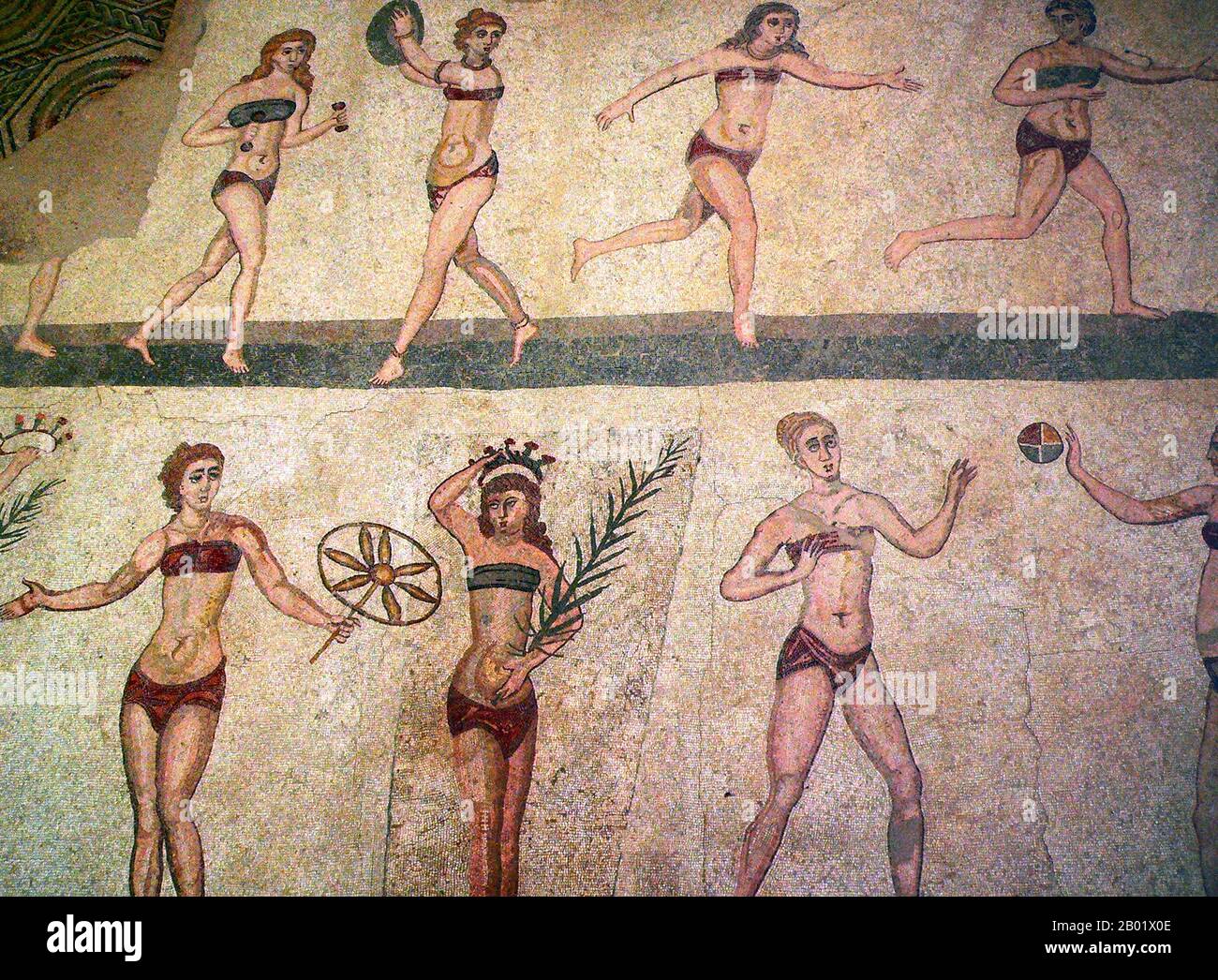 Italy: Roman women playing with a ball in a mosaic at Villa Romana del Casale. One of the so-called 'Bikini Mosaics', 4th century CE. Photo by M. Disdero (CC BY-SA 3.0 License). Villa Romana del Casale (Sicilian: Villa Rumana dû Casali) is a Roman villa built in the first quarter of the 4th century CE and located about 5 km outside the town of Piazza Armerina, Sicily, southern Italy. Containing the richest, largest and most complex collection of Roman mosaics in the world, it is one of 44 UNESCO World Heritage Sites in Italy. Stock Photohttps://www.alamy.com/image-license-details/?v=1https://www.alamy.com/italy-roman-women-playing-with-a-ball-in-a-mosaic-at-villa-romana-del-casale-one-of-the-so-called-bikini-mosaics-4th-century-ce-photo-by-m-disdero-cc-by-sa-30-license-villa-romana-del-casale-sicilian-villa-rumana-d-casali-is-a-roman-villa-built-in-the-first-quarter-of-the-4th-century-ce-and-located-about-5-km-outside-the-town-of-piazza-armerina-sicily-southern-italy-containing-the-richest-largest-and-most-complex-collection-of-roman-mosaics-in-the-world-it-is-one-of-44-unesco-world-heritage-sites-in-italy-image344249710.html
Italy: Roman women playing with a ball in a mosaic at Villa Romana del Casale. One of the so-called 'Bikini Mosaics', 4th century CE. Photo by M. Disdero (CC BY-SA 3.0 License). Villa Romana del Casale (Sicilian: Villa Rumana dû Casali) is a Roman villa built in the first quarter of the 4th century CE and located about 5 km outside the town of Piazza Armerina, Sicily, southern Italy. Containing the richest, largest and most complex collection of Roman mosaics in the world, it is one of 44 UNESCO World Heritage Sites in Italy. Stock Photohttps://www.alamy.com/image-license-details/?v=1https://www.alamy.com/italy-roman-women-playing-with-a-ball-in-a-mosaic-at-villa-romana-del-casale-one-of-the-so-called-bikini-mosaics-4th-century-ce-photo-by-m-disdero-cc-by-sa-30-license-villa-romana-del-casale-sicilian-villa-rumana-d-casali-is-a-roman-villa-built-in-the-first-quarter-of-the-4th-century-ce-and-located-about-5-km-outside-the-town-of-piazza-armerina-sicily-southern-italy-containing-the-richest-largest-and-most-complex-collection-of-roman-mosaics-in-the-world-it-is-one-of-44-unesco-world-heritage-sites-in-italy-image344249710.htmlRM2B01X0E–Italy: Roman women playing with a ball in a mosaic at Villa Romana del Casale. One of the so-called 'Bikini Mosaics', 4th century CE. Photo by M. Disdero (CC BY-SA 3.0 License). Villa Romana del Casale (Sicilian: Villa Rumana dû Casali) is a Roman villa built in the first quarter of the 4th century CE and located about 5 km outside the town of Piazza Armerina, Sicily, southern Italy. Containing the richest, largest and most complex collection of Roman mosaics in the world, it is one of 44 UNESCO World Heritage Sites in Italy.
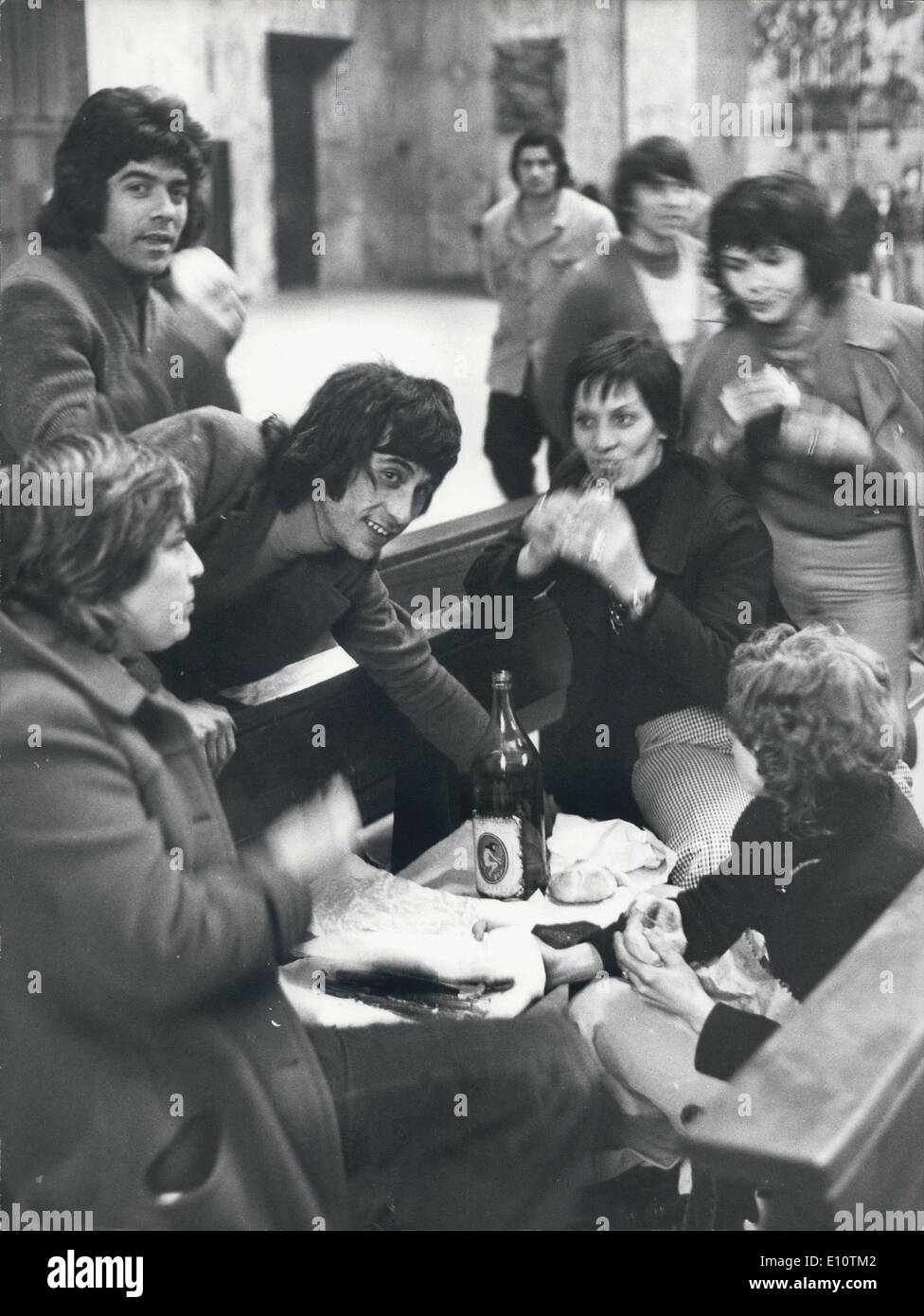 Mar. 06, 1974 - Over a hundred Roman shantydwellers, mostly women and children, occupied the church of St John Bosco in the city's outskirts near Cinecitta, after police had forced them out of new apartments in which they had been squatting. The priest of the church provided food for the occupiers, some of them stood near the great cross on the cupola of the church. Stock Photohttps://www.alamy.com/image-license-details/?v=1https://www.alamy.com/mar-06-1974-over-a-hundred-roman-shantydwellers-mostly-women-and-children-image69475506.html
Mar. 06, 1974 - Over a hundred Roman shantydwellers, mostly women and children, occupied the church of St John Bosco in the city's outskirts near Cinecitta, after police had forced them out of new apartments in which they had been squatting. The priest of the church provided food for the occupiers, some of them stood near the great cross on the cupola of the church. Stock Photohttps://www.alamy.com/image-license-details/?v=1https://www.alamy.com/mar-06-1974-over-a-hundred-roman-shantydwellers-mostly-women-and-children-image69475506.htmlRME10TM2–Mar. 06, 1974 - Over a hundred Roman shantydwellers, mostly women and children, occupied the church of St John Bosco in the city's outskirts near Cinecitta, after police had forced them out of new apartments in which they had been squatting. The priest of the church provided food for the occupiers, some of them stood near the great cross on the cupola of the church.
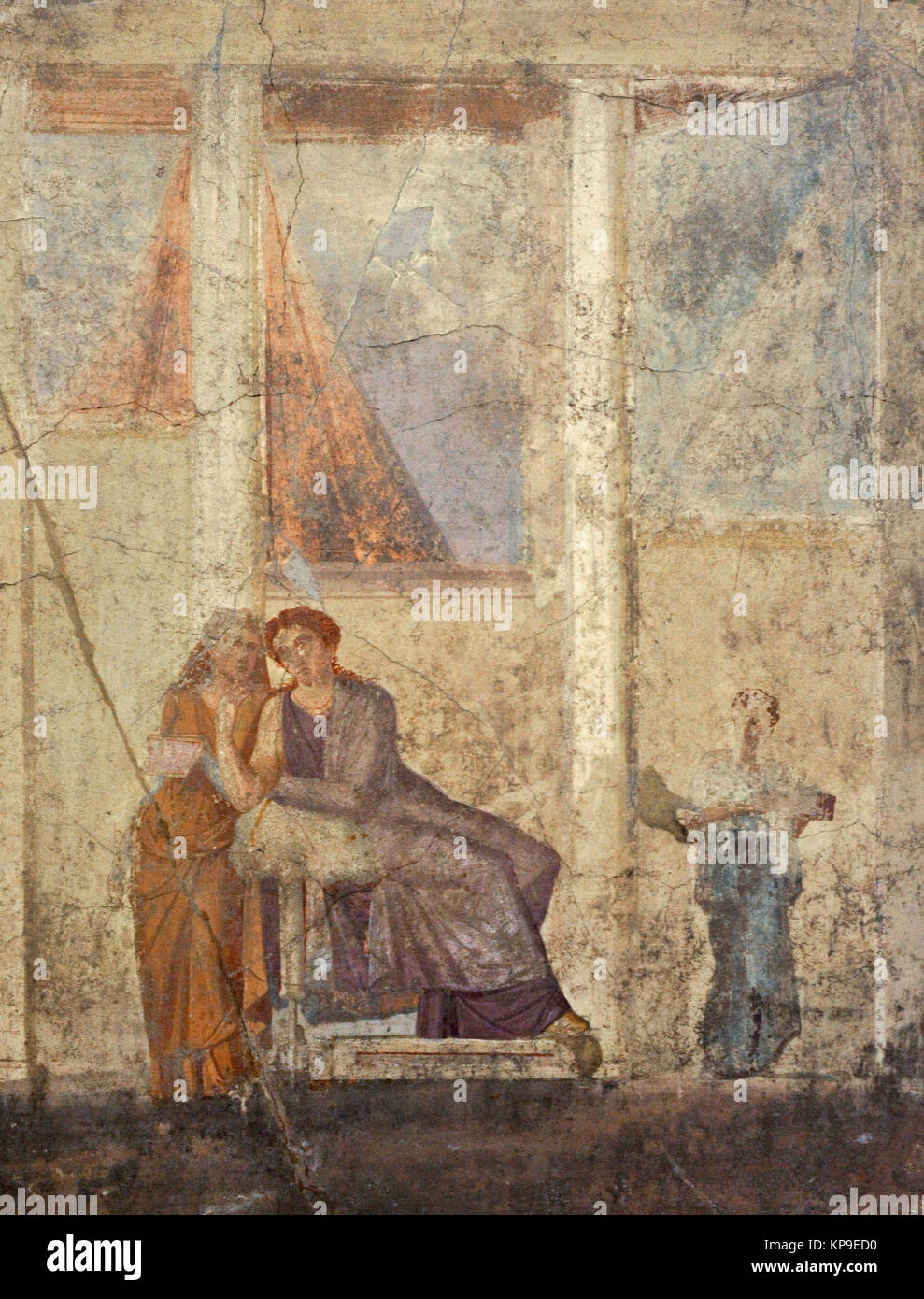 Roman fresco depicting Phaedra, tormented by the unrequited love of his stepson Hippolytus, delivers a letter in which he accuses him and what will lead to his death. House of Jason (20-25). Pompeii. National Archaeological Museum. Naples. Italy. Stock Photohttps://www.alamy.com/image-license-details/?v=1https://www.alamy.com/stock-image-roman-fresco-depicting-phaedra-tormented-by-the-unrequited-love-of-168624652.html
Roman fresco depicting Phaedra, tormented by the unrequited love of his stepson Hippolytus, delivers a letter in which he accuses him and what will lead to his death. House of Jason (20-25). Pompeii. National Archaeological Museum. Naples. Italy. Stock Photohttps://www.alamy.com/image-license-details/?v=1https://www.alamy.com/stock-image-roman-fresco-depicting-phaedra-tormented-by-the-unrequited-love-of-168624652.htmlRMKP9ED0–Roman fresco depicting Phaedra, tormented by the unrequited love of his stepson Hippolytus, delivers a letter in which he accuses him and what will lead to his death. House of Jason (20-25). Pompeii. National Archaeological Museum. Naples. Italy.
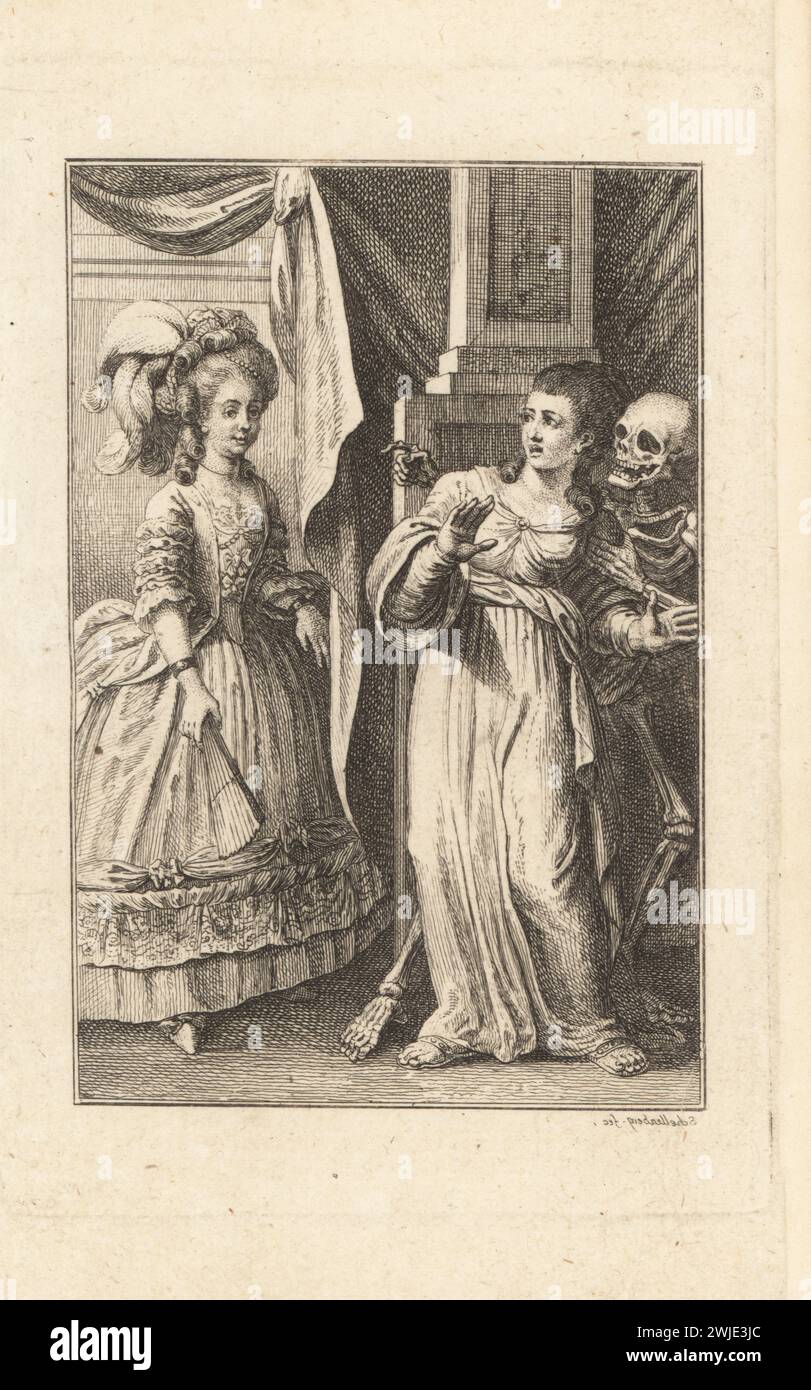 The skeleton of Death leads away a Roman woman while pointing to a Viennese woman with a bony hand, 18th century. Viennese and Roman women. Signature in mirror writing. Wienerin und Romerin. Copperplate engraving by drawn and engraved by Johann Rudolf Schellenberg from Johan Karl Musaus’s Freund Heins Erscheinungen in Holbeins Manier, (Apparitions of Death in the manner of Holbein), Heinrich Steiner, Winterthur, 1785. Stock Photohttps://www.alamy.com/image-license-details/?v=1https://www.alamy.com/the-skeleton-of-death-leads-away-a-roman-woman-while-pointing-to-a-viennese-woman-with-a-bony-hand-18th-century-viennese-and-roman-women-signature-in-mirror-writing-wienerin-und-romerin-copperplate-engraving-by-drawn-and-engraved-by-johann-rudolf-schellenberg-from-johan-karl-musauss-freund-heins-erscheinungen-in-holbeins-manier-apparitions-of-death-in-the-manner-of-holbein-heinrich-steiner-winterthur-1785-image596526516.html
The skeleton of Death leads away a Roman woman while pointing to a Viennese woman with a bony hand, 18th century. Viennese and Roman women. Signature in mirror writing. Wienerin und Romerin. Copperplate engraving by drawn and engraved by Johann Rudolf Schellenberg from Johan Karl Musaus’s Freund Heins Erscheinungen in Holbeins Manier, (Apparitions of Death in the manner of Holbein), Heinrich Steiner, Winterthur, 1785. Stock Photohttps://www.alamy.com/image-license-details/?v=1https://www.alamy.com/the-skeleton-of-death-leads-away-a-roman-woman-while-pointing-to-a-viennese-woman-with-a-bony-hand-18th-century-viennese-and-roman-women-signature-in-mirror-writing-wienerin-und-romerin-copperplate-engraving-by-drawn-and-engraved-by-johann-rudolf-schellenberg-from-johan-karl-musauss-freund-heins-erscheinungen-in-holbeins-manier-apparitions-of-death-in-the-manner-of-holbein-heinrich-steiner-winterthur-1785-image596526516.htmlRM2WJE3JC–The skeleton of Death leads away a Roman woman while pointing to a Viennese woman with a bony hand, 18th century. Viennese and Roman women. Signature in mirror writing. Wienerin und Romerin. Copperplate engraving by drawn and engraved by Johann Rudolf Schellenberg from Johan Karl Musaus’s Freund Heins Erscheinungen in Holbeins Manier, (Apparitions of Death in the manner of Holbein), Heinrich Steiner, Winterthur, 1785.
 Wall Fragment with Two Women, Roman Empire, 1 - 75, Fresco, 28.6 × 21.4 × 3.8 cm (11 1,4 × 8 7,16 × 1 1,2 in reimagined Stock Photohttps://www.alamy.com/image-license-details/?v=1https://www.alamy.com/wall-fragment-with-two-women-roman-empire-1-75-fresco-286-214-38-cm-11-14-8-716-1-12-in-reimagined-image230251364.html
Wall Fragment with Two Women, Roman Empire, 1 - 75, Fresco, 28.6 × 21.4 × 3.8 cm (11 1,4 × 8 7,16 × 1 1,2 in reimagined Stock Photohttps://www.alamy.com/image-license-details/?v=1https://www.alamy.com/wall-fragment-with-two-women-roman-empire-1-75-fresco-286-214-38-cm-11-14-8-716-1-12-in-reimagined-image230251364.htmlRFRAGRY0–Wall Fragment with Two Women, Roman Empire, 1 - 75, Fresco, 28.6 × 21.4 × 3.8 cm (11 1,4 × 8 7,16 × 1 1,2 in reimagined
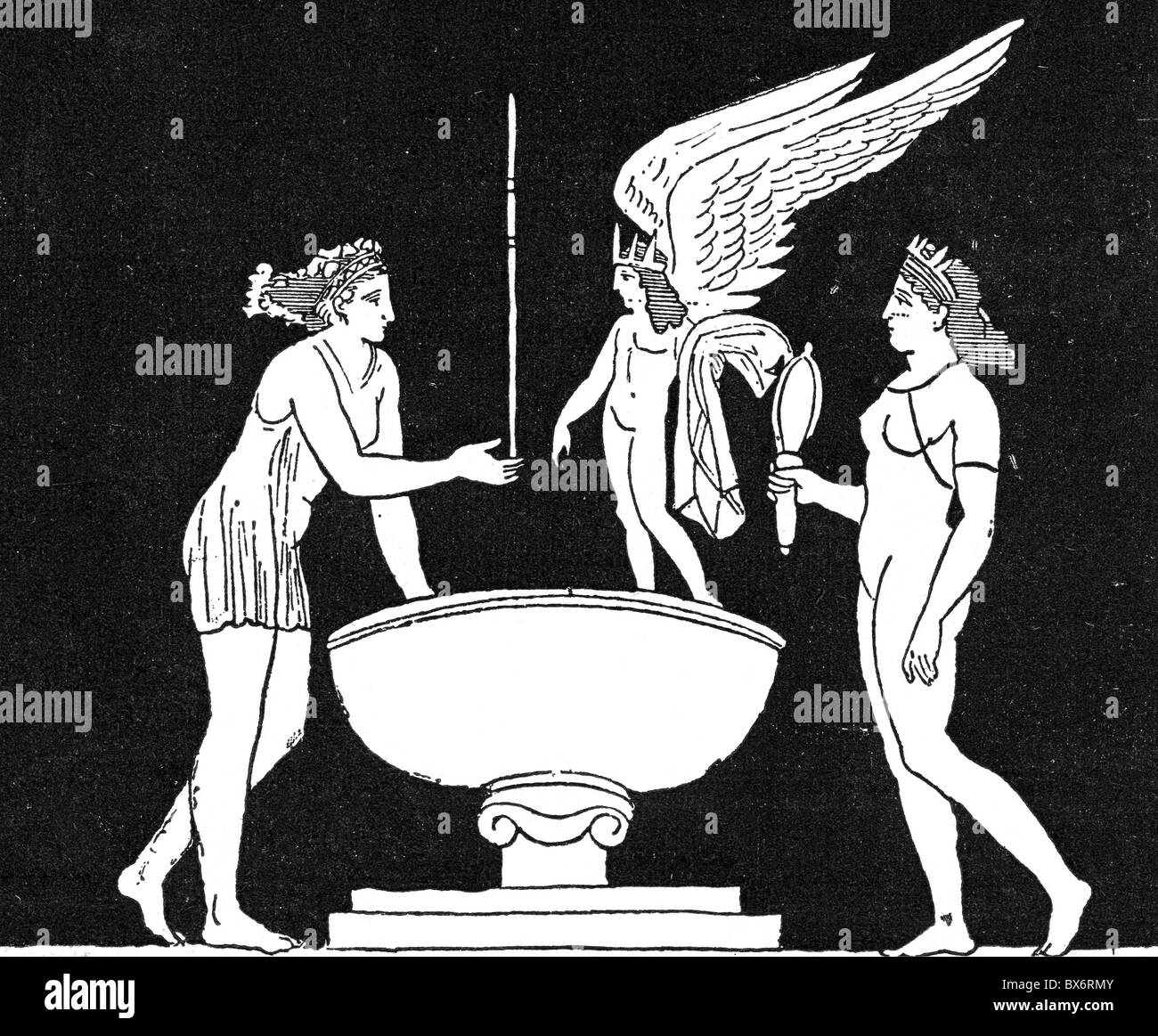 bathing, ancient world, Roman Empire, bath for women, after Victor Duruy 'Histoire des Romains', 1843 - 1844, , Additional-Rights-Clearences-Not Available Stock Photohttps://www.alamy.com/image-license-details/?v=1https://www.alamy.com/stock-photo-bathing-ancient-world-roman-empire-bath-for-women-after-victor-duruy-33341755.html
bathing, ancient world, Roman Empire, bath for women, after Victor Duruy 'Histoire des Romains', 1843 - 1844, , Additional-Rights-Clearences-Not Available Stock Photohttps://www.alamy.com/image-license-details/?v=1https://www.alamy.com/stock-photo-bathing-ancient-world-roman-empire-bath-for-women-after-victor-duruy-33341755.htmlRMBX6RMY–bathing, ancient world, Roman Empire, bath for women, after Victor Duruy 'Histoire des Romains', 1843 - 1844, , Additional-Rights-Clearences-Not Available
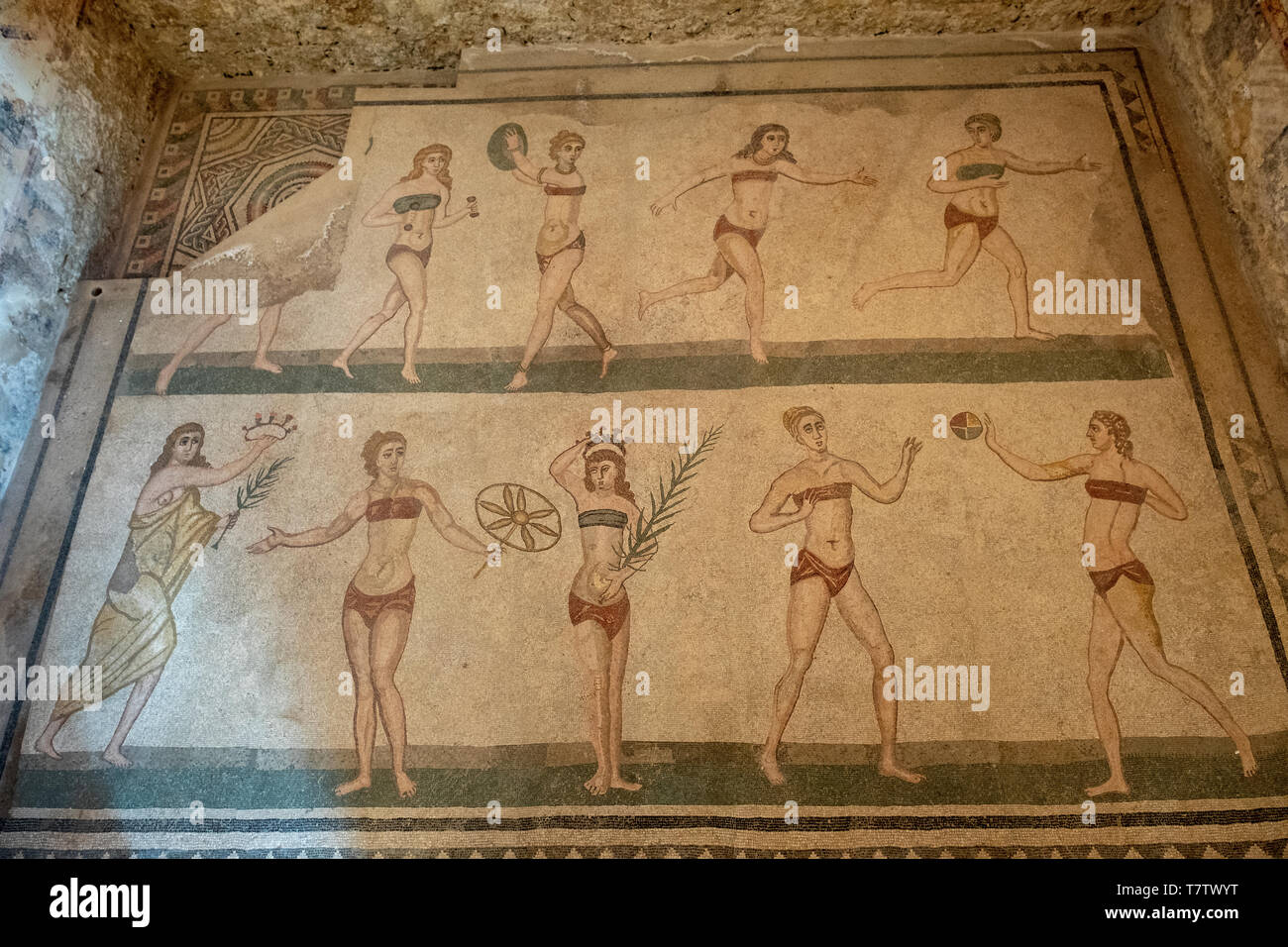 The bikini girls mosaic, showing athletic women playing sports, roman mosaic in the Villa Romana del Casale, Piazza Armerina, Sicily, Italy. Stock Photohttps://www.alamy.com/image-license-details/?v=1https://www.alamy.com/the-bikini-girls-mosaic-showing-athletic-women-playing-sports-roman-mosaic-in-the-villa-romana-del-casale-piazza-armerina-sicily-italy-image245794972.html
The bikini girls mosaic, showing athletic women playing sports, roman mosaic in the Villa Romana del Casale, Piazza Armerina, Sicily, Italy. Stock Photohttps://www.alamy.com/image-license-details/?v=1https://www.alamy.com/the-bikini-girls-mosaic-showing-athletic-women-playing-sports-roman-mosaic-in-the-villa-romana-del-casale-piazza-armerina-sicily-italy-image245794972.htmlRMT7TWYT–The bikini girls mosaic, showing athletic women playing sports, roman mosaic in the Villa Romana del Casale, Piazza Armerina, Sicily, Italy.
 Roman women consults a native magician. Stock Photohttps://www.alamy.com/image-license-details/?v=1https://www.alamy.com/stock-photo-roman-women-consults-a-native-magician-105280743.html
Roman women consults a native magician. Stock Photohttps://www.alamy.com/image-license-details/?v=1https://www.alamy.com/stock-photo-roman-women-consults-a-native-magician-105280743.htmlRMG37XJF–Roman women consults a native magician.
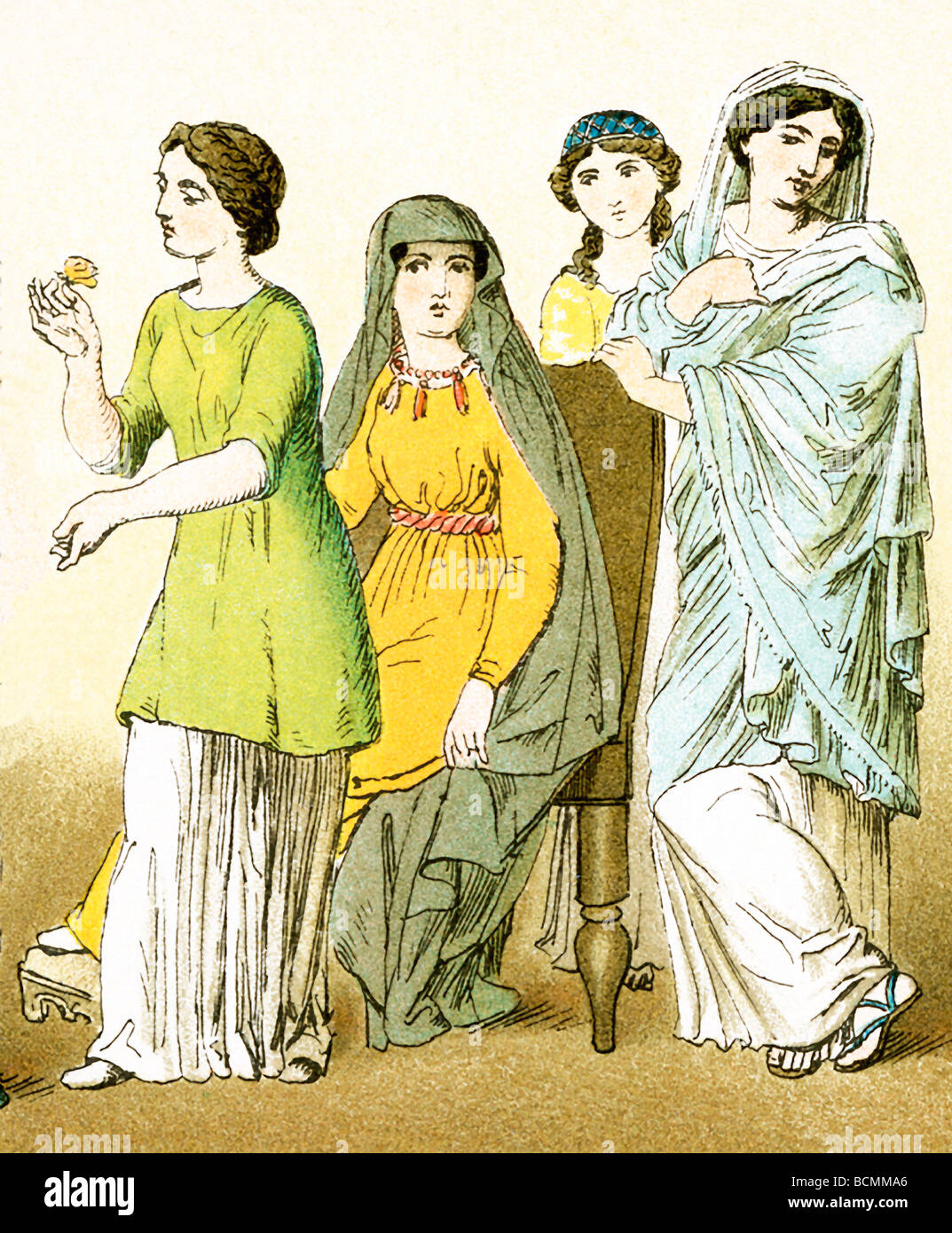 The figures represent four ancient Roman women. The illustration dates to 1882. Stock Photohttps://www.alamy.com/image-license-details/?v=1https://www.alamy.com/stock-photo-the-figures-represent-four-ancient-roman-women-the-illustration-dates-25041246.html
The figures represent four ancient Roman women. The illustration dates to 1882. Stock Photohttps://www.alamy.com/image-license-details/?v=1https://www.alamy.com/stock-photo-the-figures-represent-four-ancient-roman-women-the-illustration-dates-25041246.htmlRFBCMMA6–The figures represent four ancient Roman women. The illustration dates to 1882.
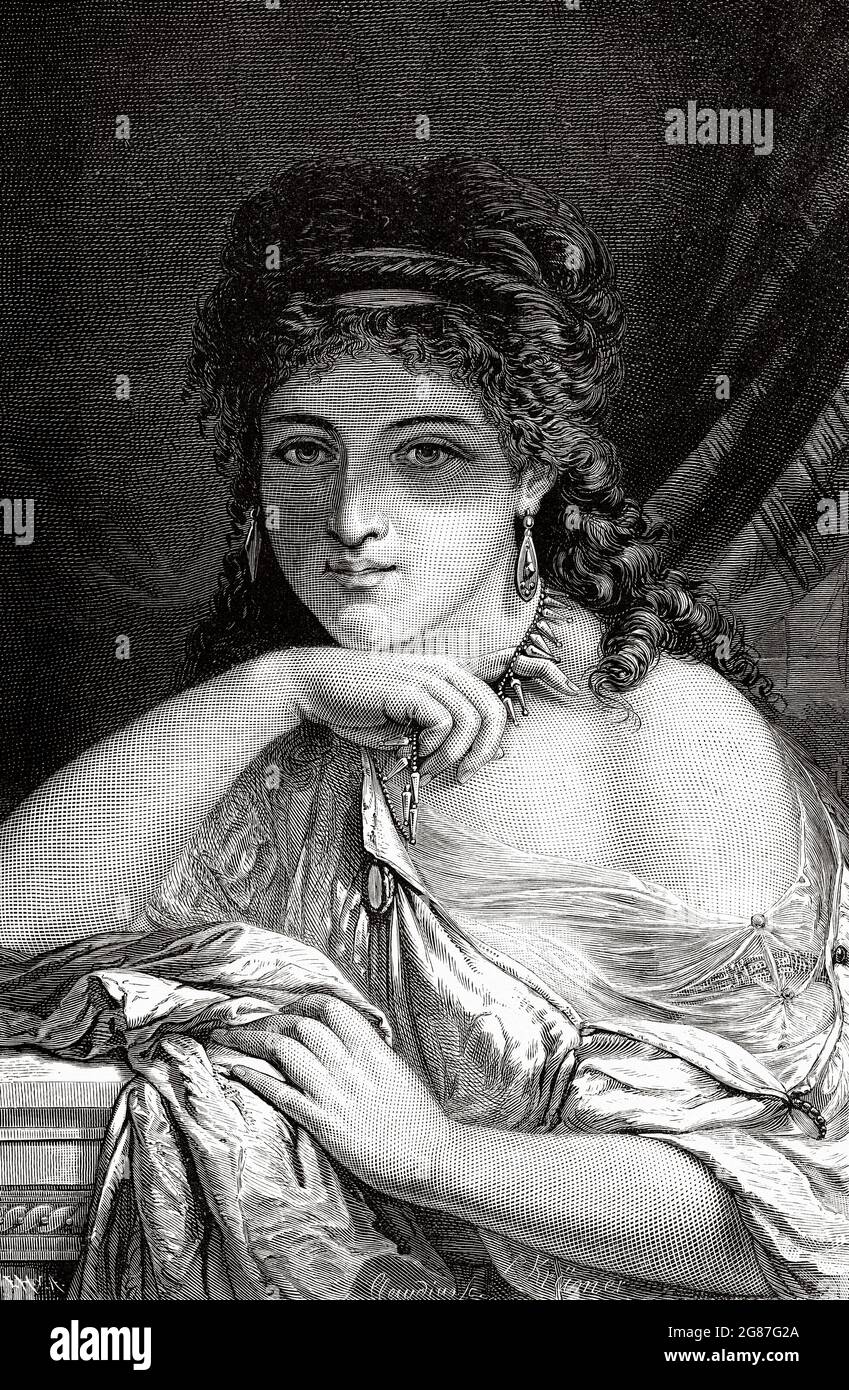 Ancient beautiful roman woman portrait, Ancient roman empire. Italy, Europe. Old 19th century engraved illustration from El Mundo Ilustrado 1880 Stock Photohttps://www.alamy.com/image-license-details/?v=1https://www.alamy.com/ancient-beautiful-roman-woman-portrait-ancient-roman-empire-italy-europe-old-19th-century-engraved-illustration-from-el-mundo-ilustrado-1880-image435342722.html
Ancient beautiful roman woman portrait, Ancient roman empire. Italy, Europe. Old 19th century engraved illustration from El Mundo Ilustrado 1880 Stock Photohttps://www.alamy.com/image-license-details/?v=1https://www.alamy.com/ancient-beautiful-roman-woman-portrait-ancient-roman-empire-italy-europe-old-19th-century-engraved-illustration-from-el-mundo-ilustrado-1880-image435342722.htmlRM2G87G2A–Ancient beautiful roman woman portrait, Ancient roman empire. Italy, Europe. Old 19th century engraved illustration from El Mundo Ilustrado 1880
 Panoramic pictures of the Roman mosaics of the room of the Ten Bikini Girls depicting Roman women in an athletic competition, room no 30, at the Villa Stock Photohttps://www.alamy.com/image-license-details/?v=1https://www.alamy.com/panoramic-pictures-of-the-roman-mosaics-of-the-room-of-the-ten-bikini-girls-depicting-roman-women-in-an-athletic-competition-room-no-30-at-the-villa-image240253848.html
Panoramic pictures of the Roman mosaics of the room of the Ten Bikini Girls depicting Roman women in an athletic competition, room no 30, at the Villa Stock Photohttps://www.alamy.com/image-license-details/?v=1https://www.alamy.com/panoramic-pictures-of-the-roman-mosaics-of-the-room-of-the-ten-bikini-girls-depicting-roman-women-in-an-athletic-competition-room-no-30-at-the-villa-image240253848.htmlRFRXTE6G–Panoramic pictures of the Roman mosaics of the room of the Ten Bikini Girls depicting Roman women in an athletic competition, room no 30, at the Villa
 1967, historical, on a wet day, a group of young men and women dressed up as Roman soldiers or centuria walking with a chariot along a village street, passing The Sun public house of the Aylesbury Brewery Company (ABC). They are taking part in a British carnival or fete, England, UK. Stock Photohttps://www.alamy.com/image-license-details/?v=1https://www.alamy.com/1967-historical-on-a-wet-day-a-group-of-young-men-and-women-dressed-up-as-roman-soldiers-or-centuria-walking-with-a-chariot-along-a-village-street-passing-the-sun-public-house-of-the-aylesbury-brewery-company-abc-they-are-taking-part-in-a-british-carnival-or-fete-england-uk-image330024046.html
1967, historical, on a wet day, a group of young men and women dressed up as Roman soldiers or centuria walking with a chariot along a village street, passing The Sun public house of the Aylesbury Brewery Company (ABC). They are taking part in a British carnival or fete, England, UK. Stock Photohttps://www.alamy.com/image-license-details/?v=1https://www.alamy.com/1967-historical-on-a-wet-day-a-group-of-young-men-and-women-dressed-up-as-roman-soldiers-or-centuria-walking-with-a-chariot-along-a-village-street-passing-the-sun-public-house-of-the-aylesbury-brewery-company-abc-they-are-taking-part-in-a-british-carnival-or-fete-england-uk-image330024046.htmlRM2A4WW12–1967, historical, on a wet day, a group of young men and women dressed up as Roman soldiers or centuria walking with a chariot along a village street, passing The Sun public house of the Aylesbury Brewery Company (ABC). They are taking part in a British carnival or fete, England, UK.
 Around 57AD the Roman general Suetonius Paulinus led his legions out from the fortress town of Chester and marched to the Isle of Mona (Anglesea) and massacred the Druids. Men, women and children - armed and unarmed, young and old - fell under the swords of the Romans. Stock Photohttps://www.alamy.com/image-license-details/?v=1https://www.alamy.com/stock-photo-around-57ad-the-roman-general-suetonius-paulinus-led-his-legions-out-128505434.html
Around 57AD the Roman general Suetonius Paulinus led his legions out from the fortress town of Chester and marched to the Isle of Mona (Anglesea) and massacred the Druids. Men, women and children - armed and unarmed, young and old - fell under the swords of the Romans. Stock Photohttps://www.alamy.com/image-license-details/?v=1https://www.alamy.com/stock-photo-around-57ad-the-roman-general-suetonius-paulinus-led-his-legions-out-128505434.htmlRMHD1WYP–Around 57AD the Roman general Suetonius Paulinus led his legions out from the fortress town of Chester and marched to the Isle of Mona (Anglesea) and massacred the Druids. Men, women and children - armed and unarmed, young and old - fell under the swords of the Romans.
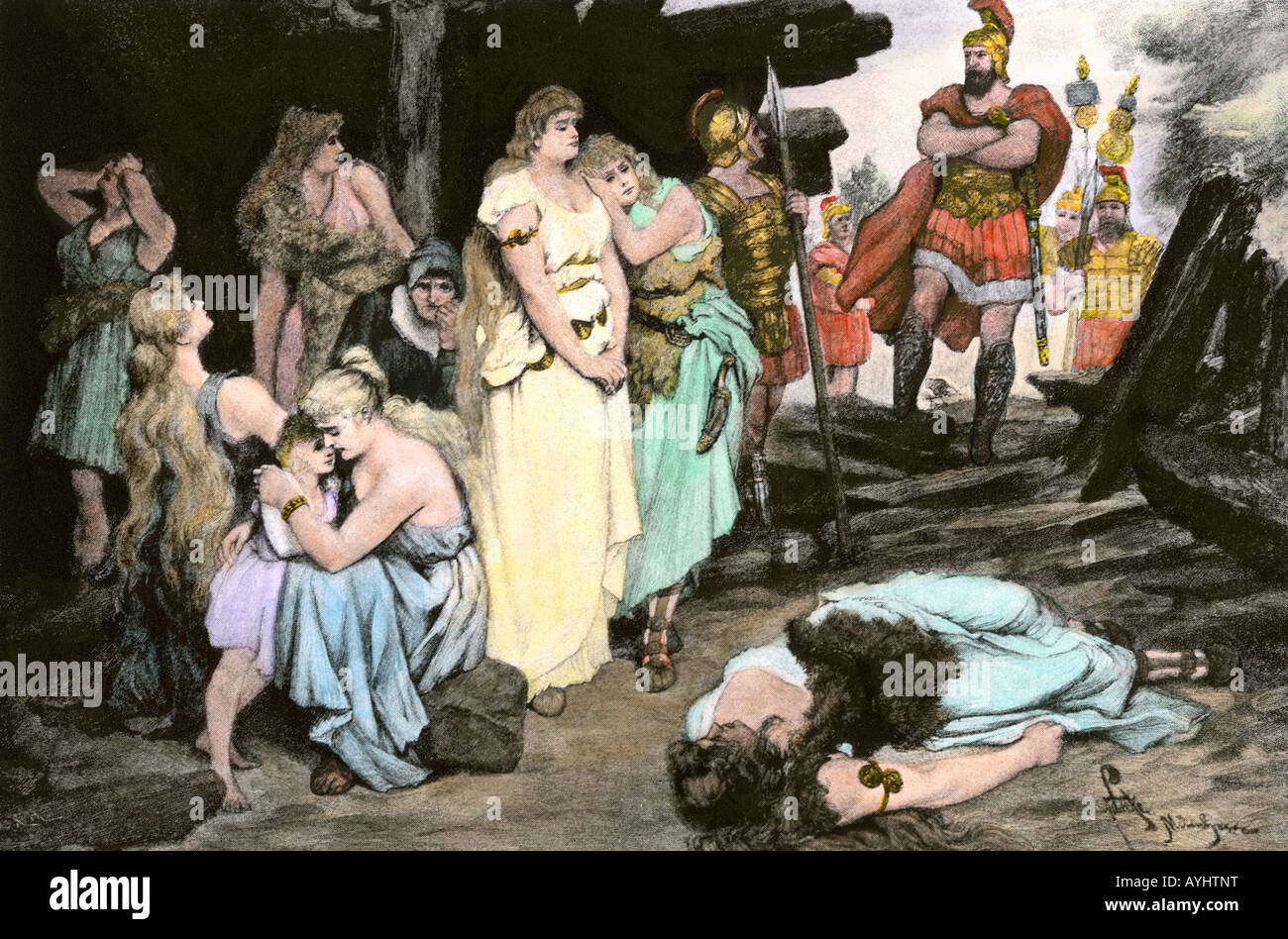 Germanic women captured by Roman army under Julius Caesar. Hand-colored halftone of an illustration Stock Photohttps://www.alamy.com/image-license-details/?v=1https://www.alamy.com/stock-photo-germanic-women-captured-by-roman-army-under-julius-caesar-hand-colored-17115203.html
Germanic women captured by Roman army under Julius Caesar. Hand-colored halftone of an illustration Stock Photohttps://www.alamy.com/image-license-details/?v=1https://www.alamy.com/stock-photo-germanic-women-captured-by-roman-army-under-julius-caesar-hand-colored-17115203.htmlRMAYHTNT–Germanic women captured by Roman army under Julius Caesar. Hand-colored halftone of an illustration
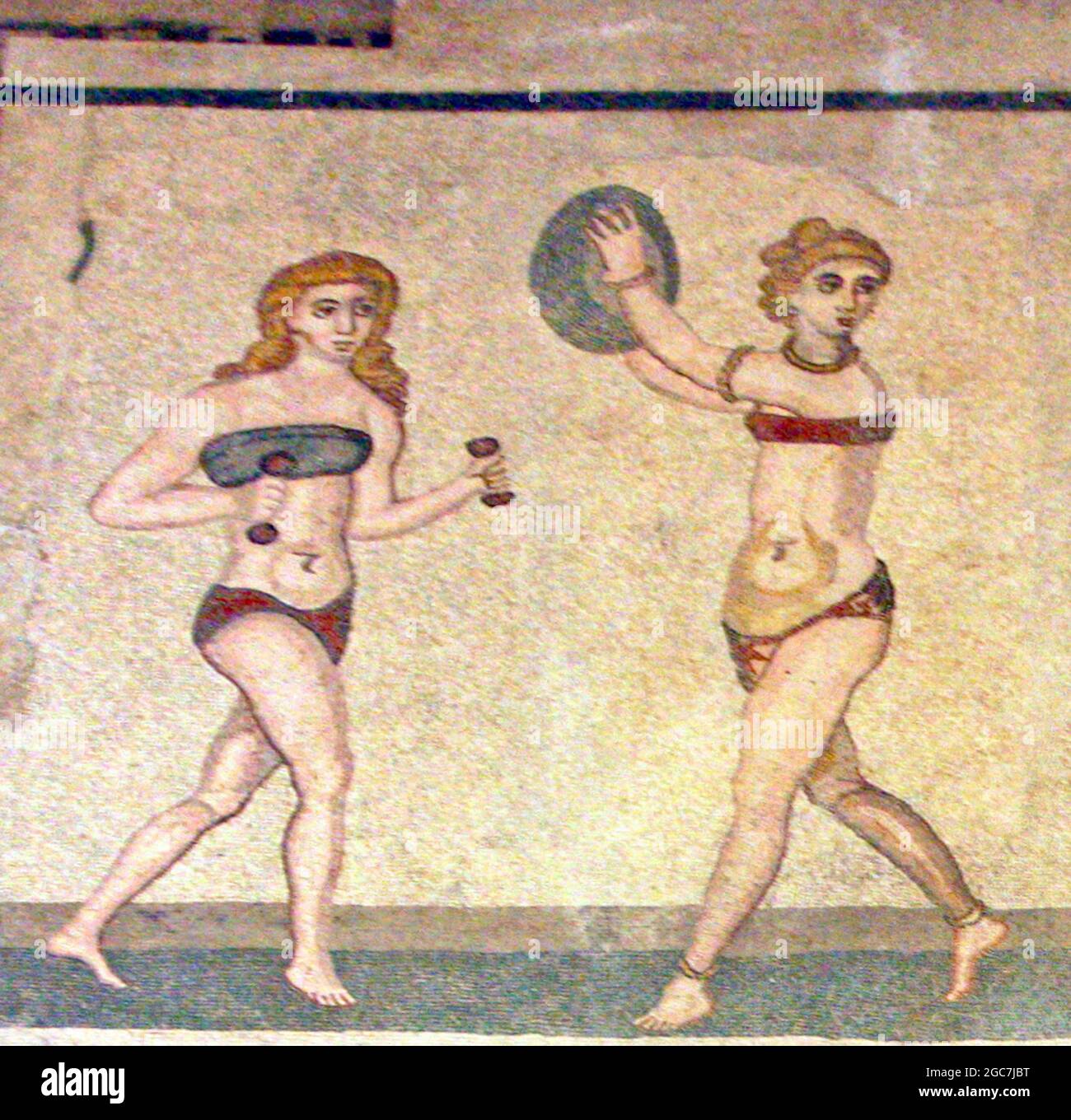 Roman Bikini Mosaics at The Villa Romana del Casale, Sicily, Italy. Early depiction of Roman women wearing bikinis from early 4th century AD. Stock Photohttps://www.alamy.com/image-license-details/?v=1https://www.alamy.com/roman-bikini-mosaics-at-the-villa-romana-del-casale-sicily-italy-early-depiction-of-roman-women-wearing-bikinis-from-early-4th-century-ad-image437803180.html
Roman Bikini Mosaics at The Villa Romana del Casale, Sicily, Italy. Early depiction of Roman women wearing bikinis from early 4th century AD. Stock Photohttps://www.alamy.com/image-license-details/?v=1https://www.alamy.com/roman-bikini-mosaics-at-the-villa-romana-del-casale-sicily-italy-early-depiction-of-roman-women-wearing-bikinis-from-early-4th-century-ad-image437803180.htmlRF2GC7JBT–Roman Bikini Mosaics at The Villa Romana del Casale, Sicily, Italy. Early depiction of Roman women wearing bikinis from early 4th century AD.
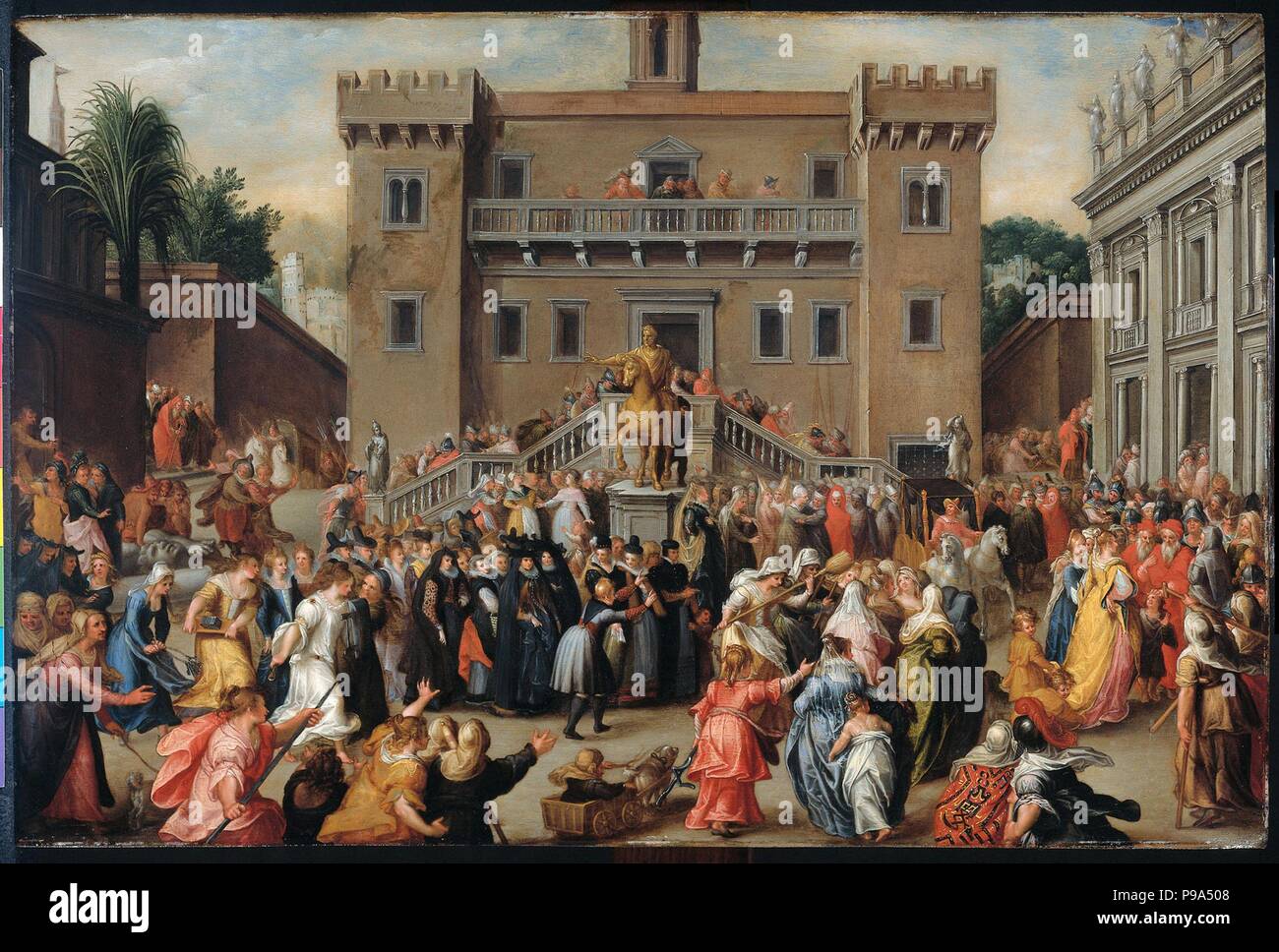 The inertia of the Roman women at the Capitol in Rome after the occurrence of the small Papirius. Museum: Rijksmuseum, Amsterdam. Stock Photohttps://www.alamy.com/image-license-details/?v=1https://www.alamy.com/the-inertia-of-the-roman-women-at-the-capitol-in-rome-after-the-occurrence-of-the-small-papirius-museum-rijksmuseum-amsterdam-image212279768.html
The inertia of the Roman women at the Capitol in Rome after the occurrence of the small Papirius. Museum: Rijksmuseum, Amsterdam. Stock Photohttps://www.alamy.com/image-license-details/?v=1https://www.alamy.com/the-inertia-of-the-roman-women-at-the-capitol-in-rome-after-the-occurrence-of-the-small-papirius-museum-rijksmuseum-amsterdam-image212279768.htmlRMP9A508–The inertia of the Roman women at the Capitol in Rome after the occurrence of the small Papirius. Museum: Rijksmuseum, Amsterdam.
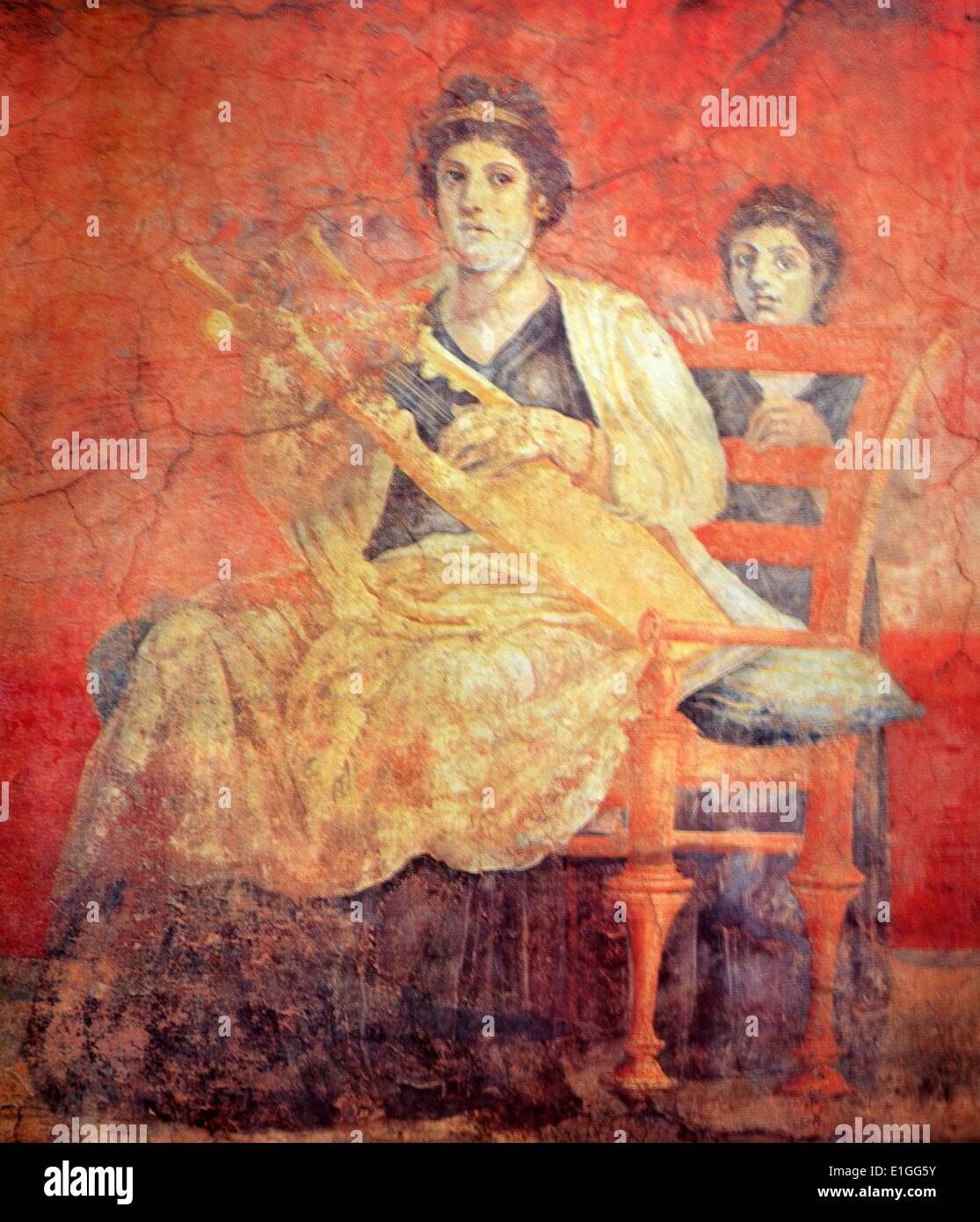 A Roman fresco, discovered in Pompeii, depicits a woman seated on a bronze chair, with a back, playing a Greek musical instrument called a Kithara. Chairs with a back for the Romans was a symbol of dignity or respect, reserved for high officials or woman of rank (the ceremonial use of thrones a vestige of this tradition) such as the woman in this fresco. Dated 50 B.C. Stock Photohttps://www.alamy.com/image-license-details/?v=1https://www.alamy.com/a-roman-fresco-discovered-in-pompeii-depicits-a-woman-seated-on-a-image69820071.html
A Roman fresco, discovered in Pompeii, depicits a woman seated on a bronze chair, with a back, playing a Greek musical instrument called a Kithara. Chairs with a back for the Romans was a symbol of dignity or respect, reserved for high officials or woman of rank (the ceremonial use of thrones a vestige of this tradition) such as the woman in this fresco. Dated 50 B.C. Stock Photohttps://www.alamy.com/image-license-details/?v=1https://www.alamy.com/a-roman-fresco-discovered-in-pompeii-depicits-a-woman-seated-on-a-image69820071.htmlRME1GG5Y–A Roman fresco, discovered in Pompeii, depicits a woman seated on a bronze chair, with a back, playing a Greek musical instrument called a Kithara. Chairs with a back for the Romans was a symbol of dignity or respect, reserved for high officials or woman of rank (the ceremonial use of thrones a vestige of this tradition) such as the woman in this fresco. Dated 50 B.C.
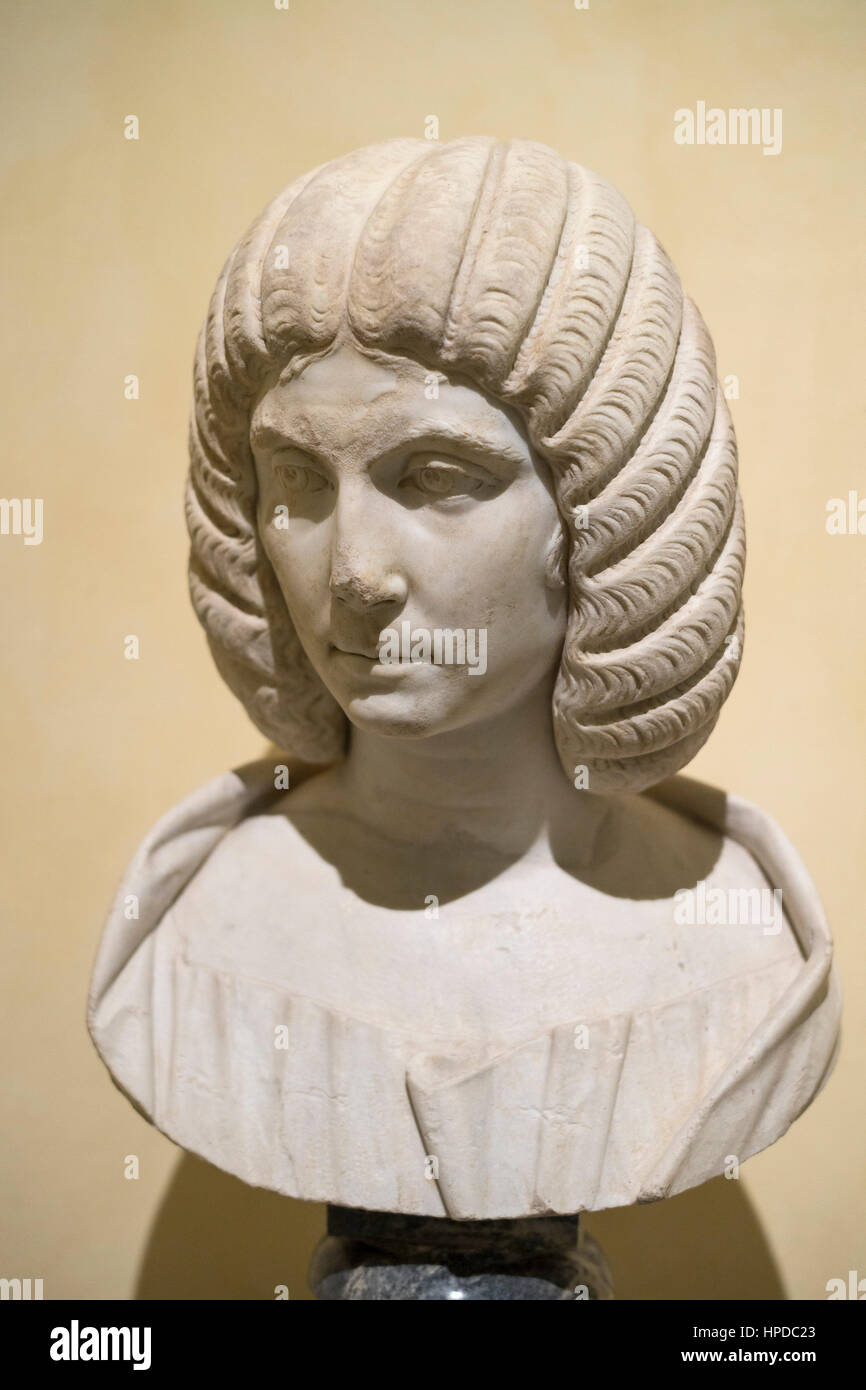 Rome. Italy. Roman female portrait with typical hairstyle of women of the Severan family in the years AD 200-210. Capitoline Museum. Musei Capitolini. Stock Photohttps://www.alamy.com/image-license-details/?v=1https://www.alamy.com/stock-photo-rome-italy-roman-female-portrait-with-typical-hairstyle-of-women-of-134289851.html
Rome. Italy. Roman female portrait with typical hairstyle of women of the Severan family in the years AD 200-210. Capitoline Museum. Musei Capitolini. Stock Photohttps://www.alamy.com/image-license-details/?v=1https://www.alamy.com/stock-photo-rome-italy-roman-female-portrait-with-typical-hairstyle-of-women-of-134289851.htmlRMHPDC23–Rome. Italy. Roman female portrait with typical hairstyle of women of the Severan family in the years AD 200-210. Capitoline Museum. Musei Capitolini.
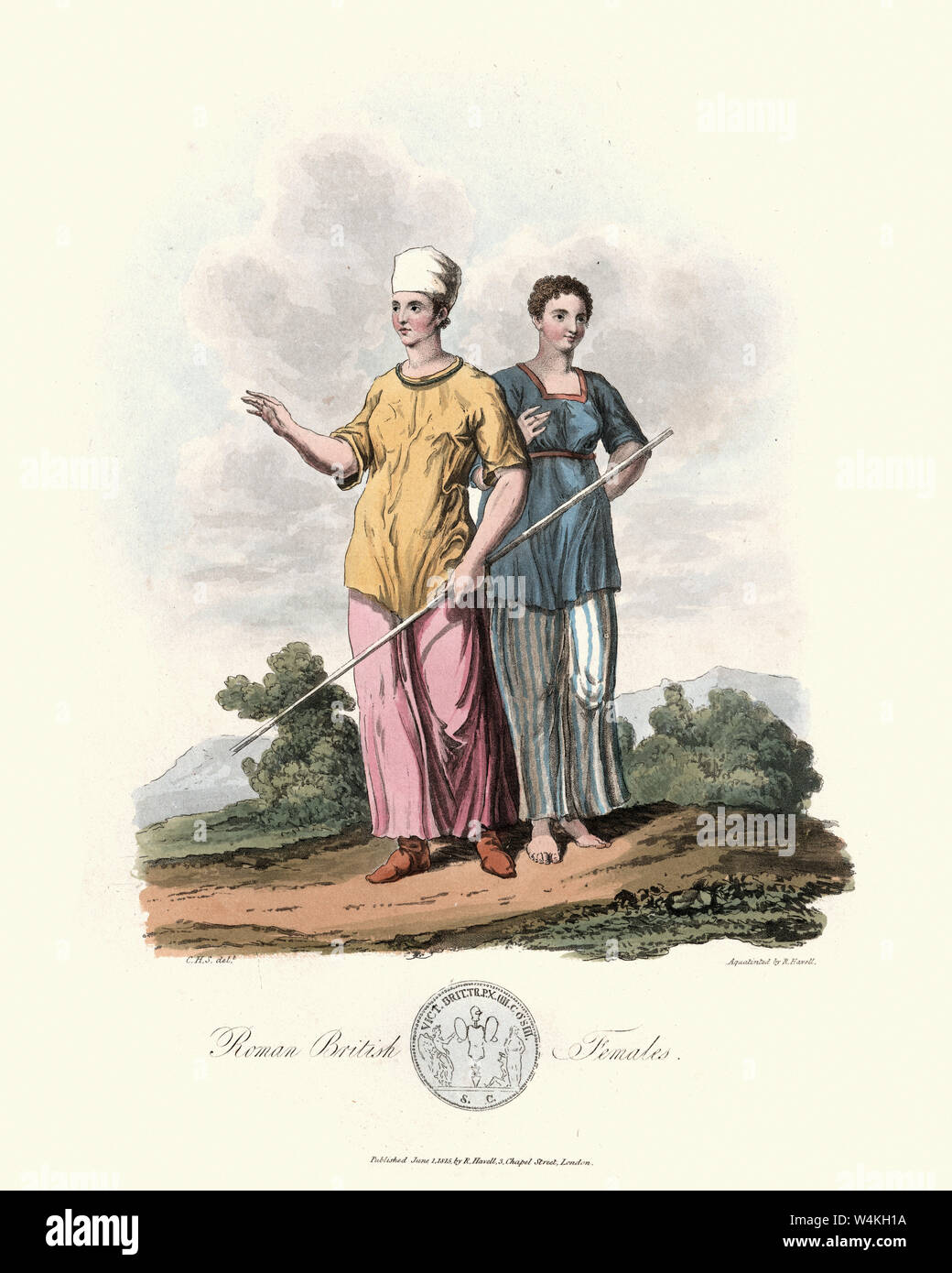 Vintage engraving of Costumes of Ancient Roman British women. 1815, The Costume of the Original Inhabitants of the British Islands, by MEYRICK, Samuel Stock Photohttps://www.alamy.com/image-license-details/?v=1https://www.alamy.com/vintage-engraving-of-costumes-of-ancient-roman-british-women-1815-the-costume-of-the-original-inhabitants-of-the-british-islands-by-meyrick-samuel-image261044598.html
Vintage engraving of Costumes of Ancient Roman British women. 1815, The Costume of the Original Inhabitants of the British Islands, by MEYRICK, Samuel Stock Photohttps://www.alamy.com/image-license-details/?v=1https://www.alamy.com/vintage-engraving-of-costumes-of-ancient-roman-british-women-1815-the-costume-of-the-original-inhabitants-of-the-british-islands-by-meyrick-samuel-image261044598.htmlRMW4KH1A–Vintage engraving of Costumes of Ancient Roman British women. 1815, The Costume of the Original Inhabitants of the British Islands, by MEYRICK, Samuel
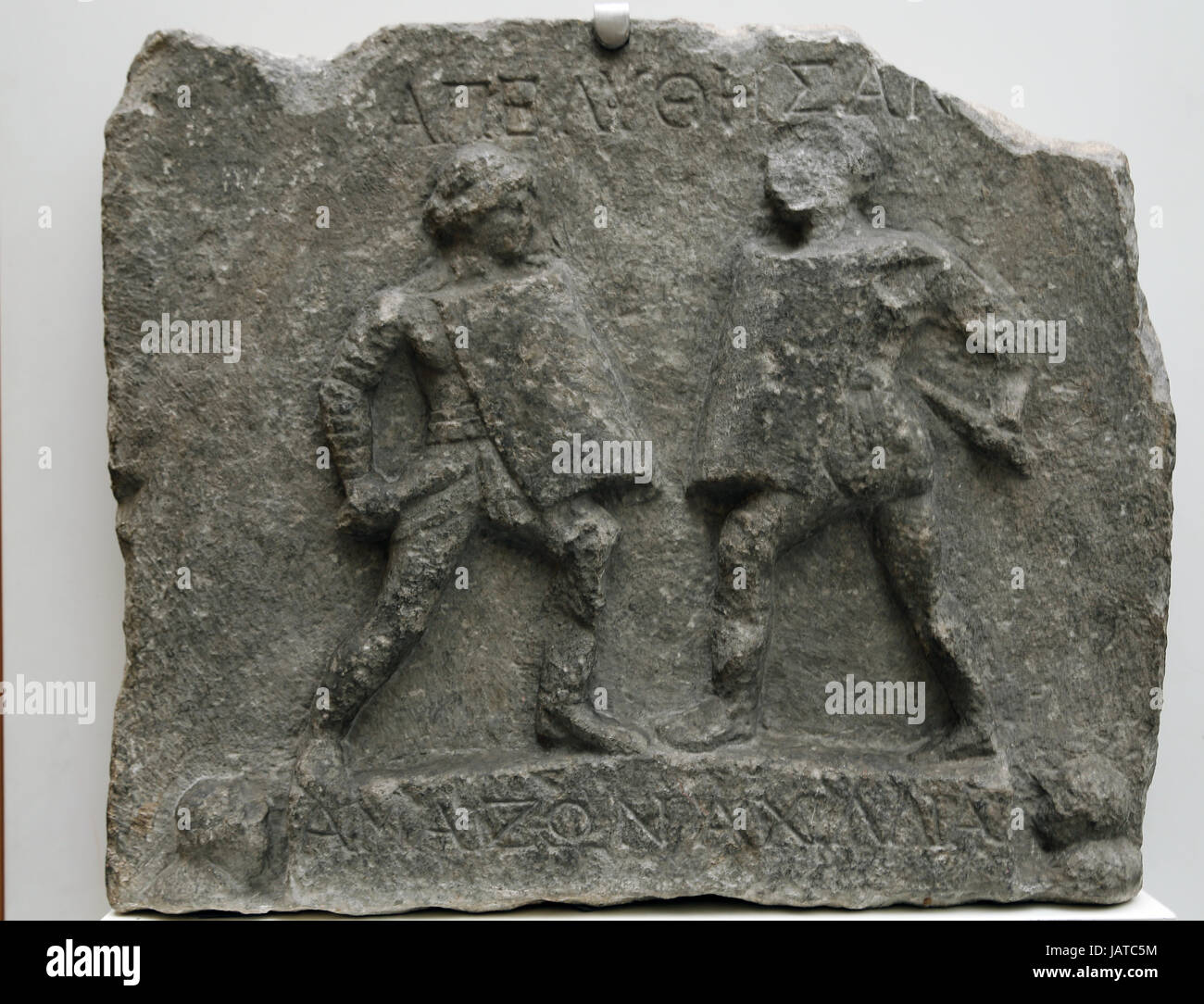 Female gladiators. Roman 1st-2nd centuries AD. From Halikarnassos, Turkey. Two women fighters, Amazon amdn Achilia. British Museum. London. UK, Stock Photohttps://www.alamy.com/image-license-details/?v=1https://www.alamy.com/stock-photo-female-gladiators-roman-1st-2nd-centuries-ad-from-halikarnassos-turkey-144365920.html
Female gladiators. Roman 1st-2nd centuries AD. From Halikarnassos, Turkey. Two women fighters, Amazon amdn Achilia. British Museum. London. UK, Stock Photohttps://www.alamy.com/image-license-details/?v=1https://www.alamy.com/stock-photo-female-gladiators-roman-1st-2nd-centuries-ad-from-halikarnassos-turkey-144365920.htmlRMJATC5M–Female gladiators. Roman 1st-2nd centuries AD. From Halikarnassos, Turkey. Two women fighters, Amazon amdn Achilia. British Museum. London. UK,
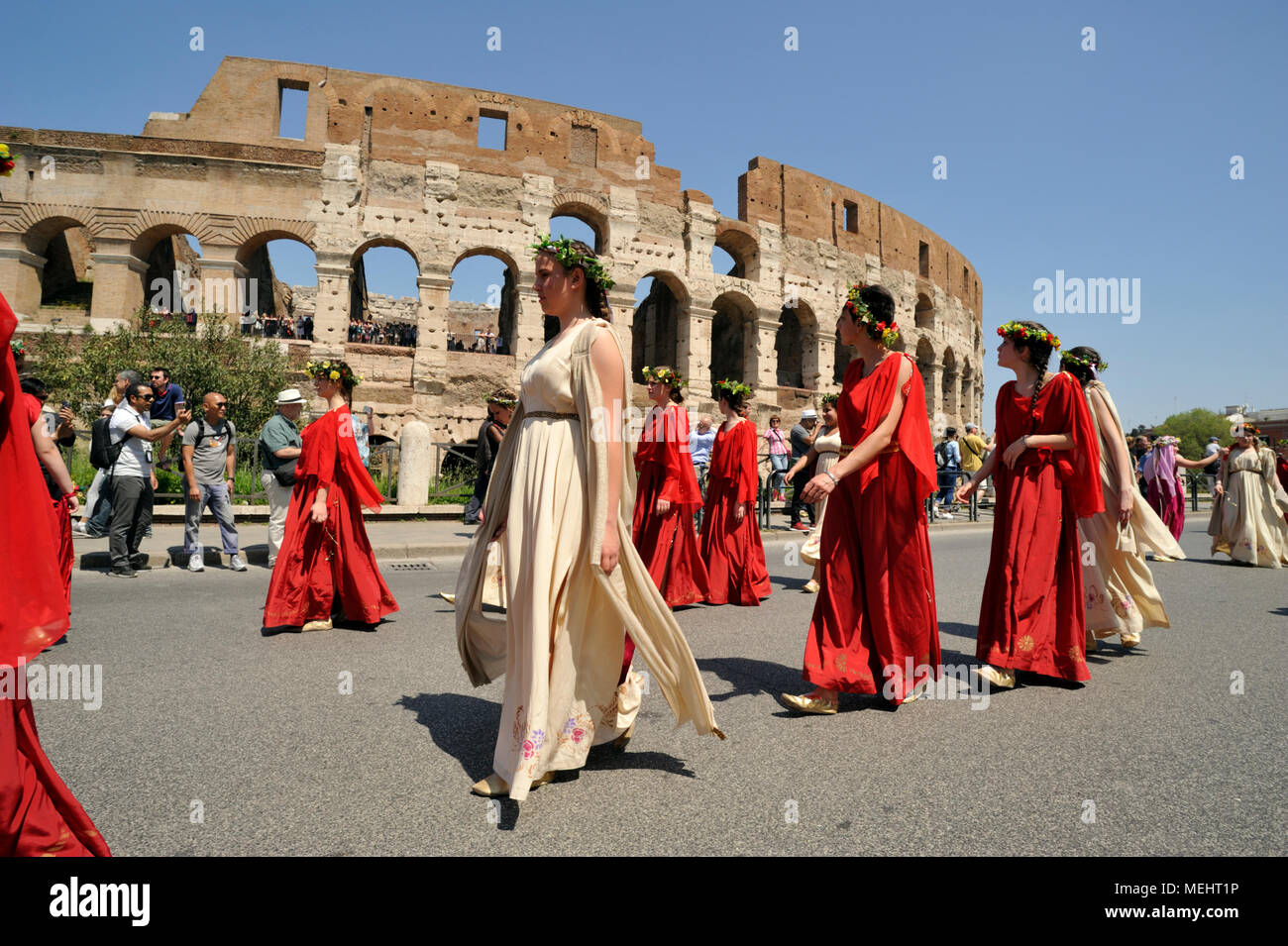 Rome, Italy. 22nd April, 2018. Natale di Roma in Rome, Italy. Rome celebrates the 2771st anniversary of the foundation of the city in 21st April 753 B.C. Historical parade in the streets of Rome. People are dressed in ancient roman costumes. Credit: Vito Arcomano/Alamy Live News Stock Photohttps://www.alamy.com/image-license-details/?v=1https://www.alamy.com/rome-italy-22nd-april-2018-natale-di-roma-in-rome-italy-rome-celebrates-the-2771st-anniversary-of-the-foundation-of-the-city-in-21st-april-753-bc-historical-parade-in-the-streets-of-rome-people-are-dressed-in-ancient-roman-costumes-credit-vito-arcomanoalamy-live-news-image181100914.html
Rome, Italy. 22nd April, 2018. Natale di Roma in Rome, Italy. Rome celebrates the 2771st anniversary of the foundation of the city in 21st April 753 B.C. Historical parade in the streets of Rome. People are dressed in ancient roman costumes. Credit: Vito Arcomano/Alamy Live News Stock Photohttps://www.alamy.com/image-license-details/?v=1https://www.alamy.com/rome-italy-22nd-april-2018-natale-di-roma-in-rome-italy-rome-celebrates-the-2771st-anniversary-of-the-foundation-of-the-city-in-21st-april-753-bc-historical-parade-in-the-streets-of-rome-people-are-dressed-in-ancient-roman-costumes-credit-vito-arcomanoalamy-live-news-image181100914.htmlRMMEHT1P–Rome, Italy. 22nd April, 2018. Natale di Roma in Rome, Italy. Rome celebrates the 2771st anniversary of the foundation of the city in 21st April 753 B.C. Historical parade in the streets of Rome. People are dressed in ancient roman costumes. Credit: Vito Arcomano/Alamy Live News
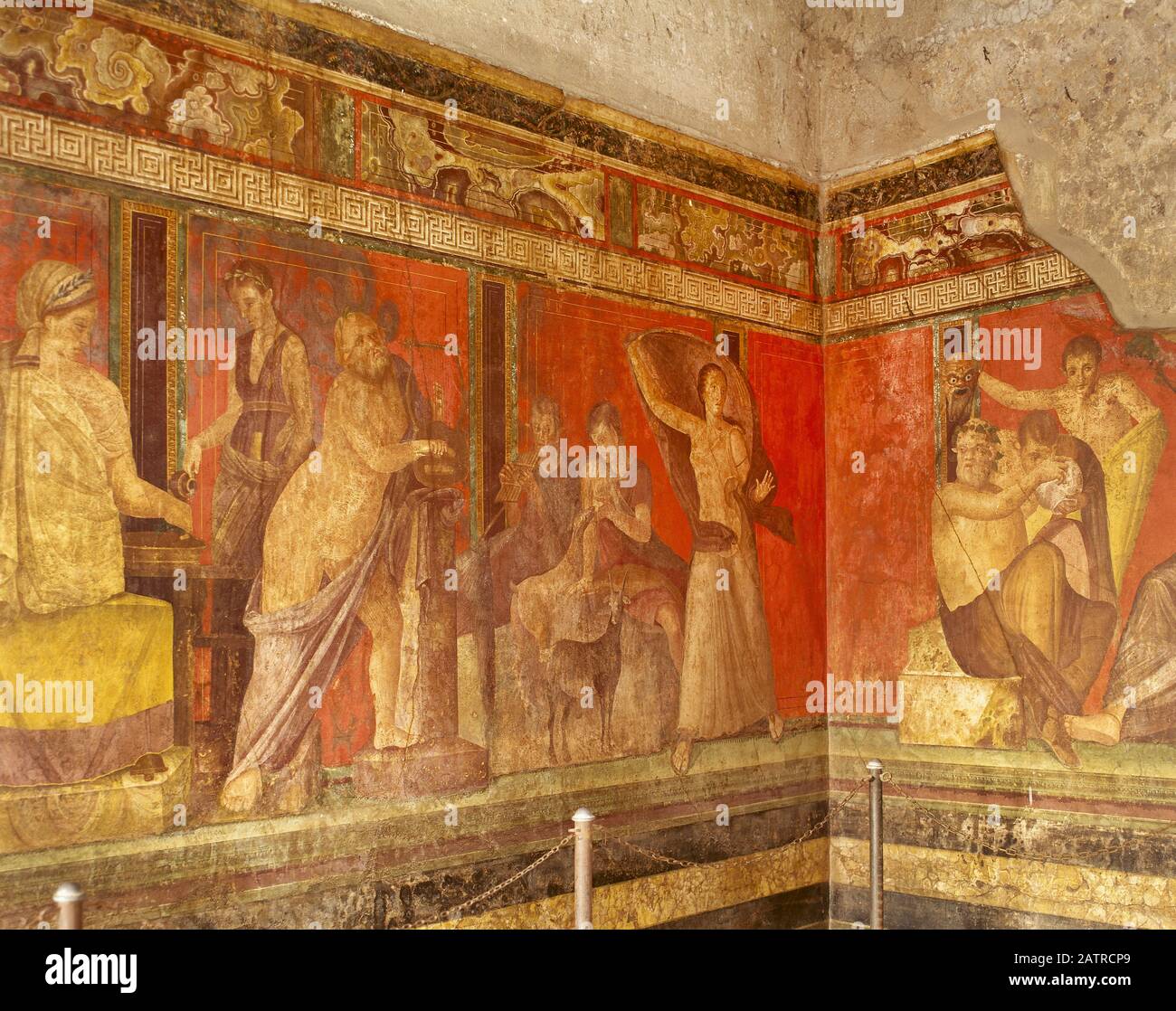 Italy, Pompeii. Villa of the Mysteries. Ancient Roman suburban Villa. Frescoes depicting a bride initiating into a Bacchian Mysteries in preparation for marriage, 1st century AD. Detail. Stock Photohttps://www.alamy.com/image-license-details/?v=1https://www.alamy.com/italy-pompeii-villa-of-the-mysteries-ancient-roman-suburban-villa-frescoes-depicting-a-bride-initiating-into-a-bacchian-mysteries-in-preparation-for-marriage-1st-century-ad-detail-image342263665.html
Italy, Pompeii. Villa of the Mysteries. Ancient Roman suburban Villa. Frescoes depicting a bride initiating into a Bacchian Mysteries in preparation for marriage, 1st century AD. Detail. Stock Photohttps://www.alamy.com/image-license-details/?v=1https://www.alamy.com/italy-pompeii-villa-of-the-mysteries-ancient-roman-suburban-villa-frescoes-depicting-a-bride-initiating-into-a-bacchian-mysteries-in-preparation-for-marriage-1st-century-ad-detail-image342263665.htmlRM2ATRCP9–Italy, Pompeii. Villa of the Mysteries. Ancient Roman suburban Villa. Frescoes depicting a bride initiating into a Bacchian Mysteries in preparation for marriage, 1st century AD. Detail.
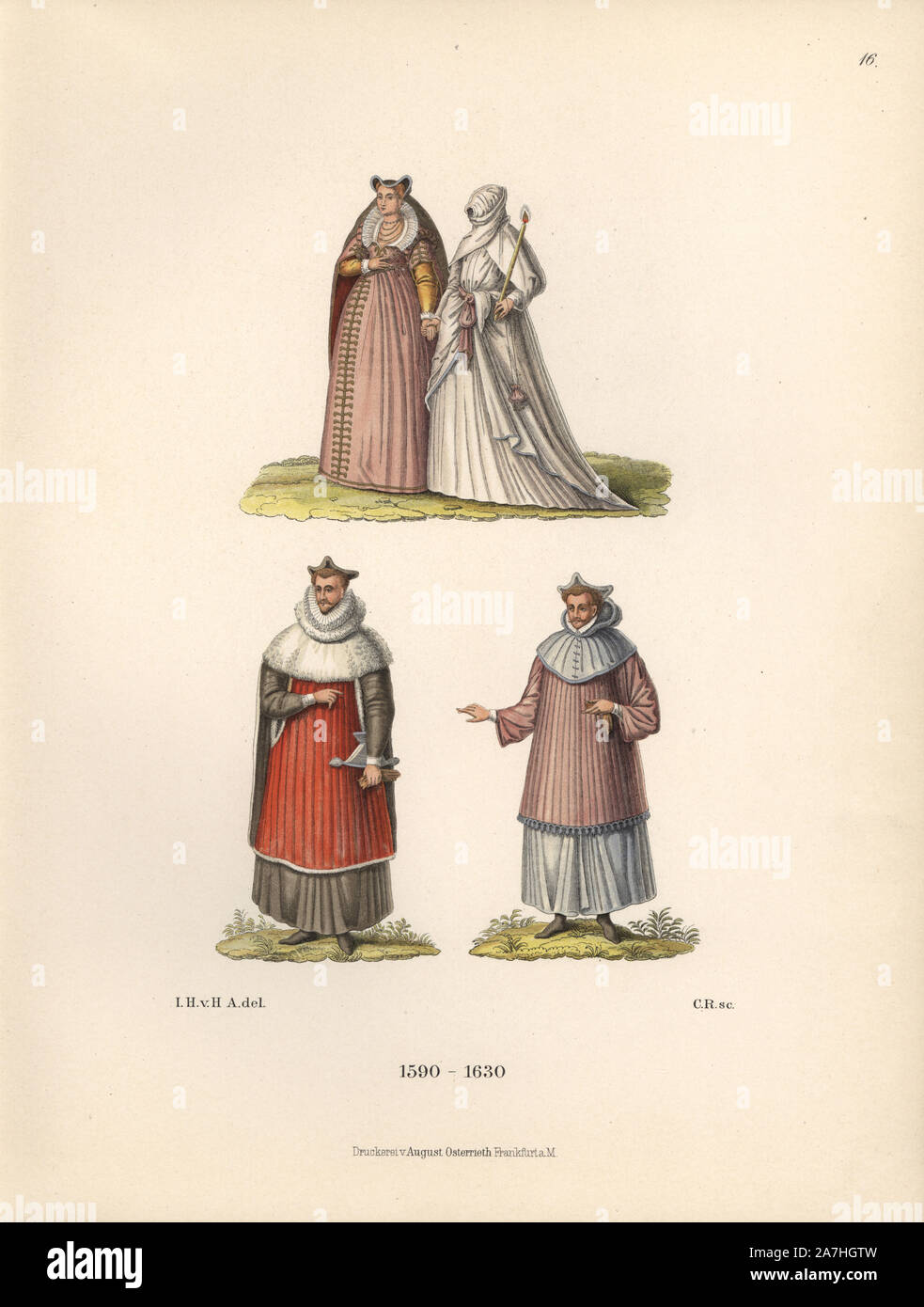 Figures from the family records of Baron Christian von Wurzburg. Two Roman women at top, one in robes of penitence, and Louis II, Cardinal of Guise, assassinated in 1588, below. Chromolithograph from Hefner-Alteneck's 'Costumes, Artworks and Appliances from the Middle Ages to the 17th Century,' Frankfurt, 1889. Illustration by Dr. Jakob Heinrich von Hefner-Alteneck, lithographed by CR, and published by Heinrich Keller. Dr. Hefner-Alteneck (1811 - 1903) was a German curator, archaeologist, art historian, illustrator and etcher. Stock Photohttps://www.alamy.com/image-license-details/?v=1https://www.alamy.com/figures-from-the-family-records-of-baron-christian-von-wurzburg-two-roman-women-at-top-one-in-robes-of-penitence-and-louis-ii-cardinal-of-guise-assassinated-in-1588-below-chromolithograph-from-hefner-altenecks-costumes-artworks-and-appliances-from-the-middle-ages-to-the-17th-century-frankfurt-1889-illustration-by-dr-jakob-heinrich-von-hefner-alteneck-lithographed-by-cr-and-published-by-heinrich-keller-dr-hefner-alteneck-1811-1903-was-a-german-curator-archaeologist-art-historian-illustrator-and-etcher-image331686009.html
Figures from the family records of Baron Christian von Wurzburg. Two Roman women at top, one in robes of penitence, and Louis II, Cardinal of Guise, assassinated in 1588, below. Chromolithograph from Hefner-Alteneck's 'Costumes, Artworks and Appliances from the Middle Ages to the 17th Century,' Frankfurt, 1889. Illustration by Dr. Jakob Heinrich von Hefner-Alteneck, lithographed by CR, and published by Heinrich Keller. Dr. Hefner-Alteneck (1811 - 1903) was a German curator, archaeologist, art historian, illustrator and etcher. Stock Photohttps://www.alamy.com/image-license-details/?v=1https://www.alamy.com/figures-from-the-family-records-of-baron-christian-von-wurzburg-two-roman-women-at-top-one-in-robes-of-penitence-and-louis-ii-cardinal-of-guise-assassinated-in-1588-below-chromolithograph-from-hefner-altenecks-costumes-artworks-and-appliances-from-the-middle-ages-to-the-17th-century-frankfurt-1889-illustration-by-dr-jakob-heinrich-von-hefner-alteneck-lithographed-by-cr-and-published-by-heinrich-keller-dr-hefner-alteneck-1811-1903-was-a-german-curator-archaeologist-art-historian-illustrator-and-etcher-image331686009.htmlRM2A7HGTW–Figures from the family records of Baron Christian von Wurzburg. Two Roman women at top, one in robes of penitence, and Louis II, Cardinal of Guise, assassinated in 1588, below. Chromolithograph from Hefner-Alteneck's 'Costumes, Artworks and Appliances from the Middle Ages to the 17th Century,' Frankfurt, 1889. Illustration by Dr. Jakob Heinrich von Hefner-Alteneck, lithographed by CR, and published by Heinrich Keller. Dr. Hefner-Alteneck (1811 - 1903) was a German curator, archaeologist, art historian, illustrator and etcher.
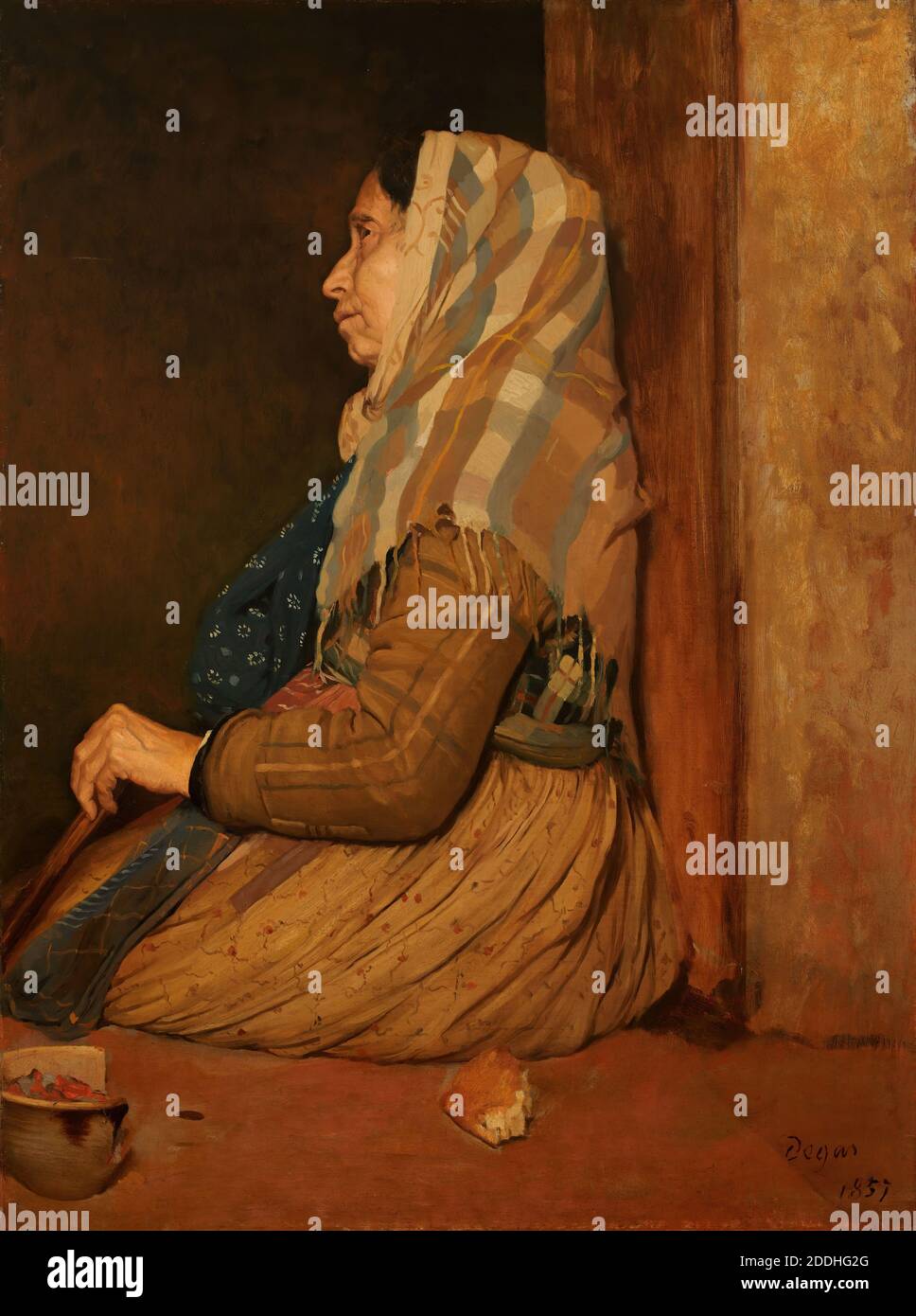 A Roman Beggar Woman, 1857 By Edgar Degas (d. 1917), Oil Painting, Women, Portrait, Female Stock Photohttps://www.alamy.com/image-license-details/?v=1https://www.alamy.com/a-roman-beggar-woman-1857-by-edgar-degas-d-1917-oil-painting-women-portrait-female-image387004424.html
A Roman Beggar Woman, 1857 By Edgar Degas (d. 1917), Oil Painting, Women, Portrait, Female Stock Photohttps://www.alamy.com/image-license-details/?v=1https://www.alamy.com/a-roman-beggar-woman-1857-by-edgar-degas-d-1917-oil-painting-women-portrait-female-image387004424.htmlRM2DDHG2G–A Roman Beggar Woman, 1857 By Edgar Degas (d. 1917), Oil Painting, Women, Portrait, Female
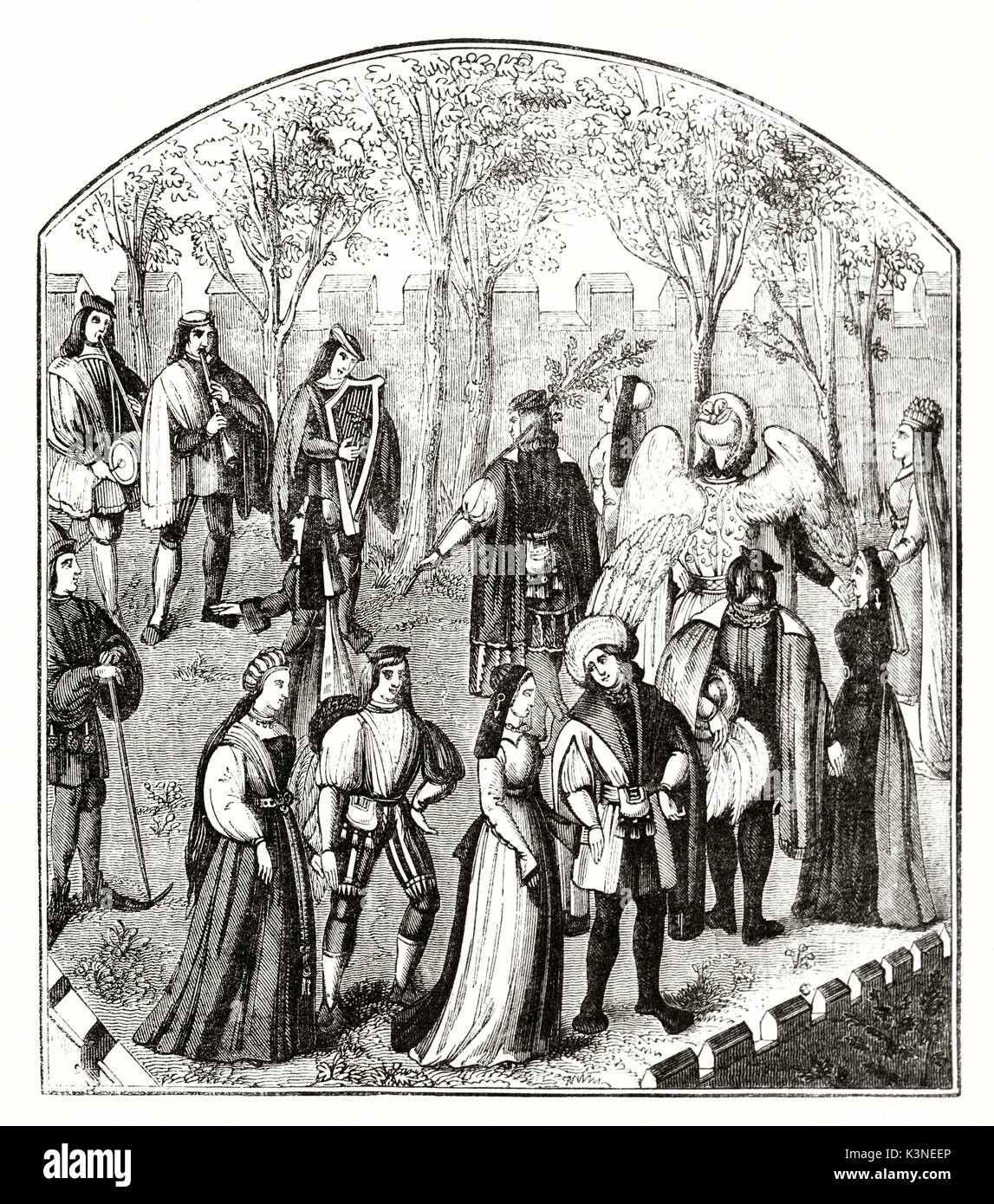 Medieval people standing in a garden wearing elegant clothes. Dancing in the Pleasure Garden (Roman de la Rose). After ancient miniature published on Magasin Pittoresque Paris 1839 Stock Photohttps://www.alamy.com/image-license-details/?v=1https://www.alamy.com/medieval-people-standing-in-a-garden-wearing-elegant-clothes-dancing-image157209662.html
Medieval people standing in a garden wearing elegant clothes. Dancing in the Pleasure Garden (Roman de la Rose). After ancient miniature published on Magasin Pittoresque Paris 1839 Stock Photohttps://www.alamy.com/image-license-details/?v=1https://www.alamy.com/medieval-people-standing-in-a-garden-wearing-elegant-clothes-dancing-image157209662.htmlRFK3NEEP–Medieval people standing in a garden wearing elegant clothes. Dancing in the Pleasure Garden (Roman de la Rose). After ancient miniature published on Magasin Pittoresque Paris 1839
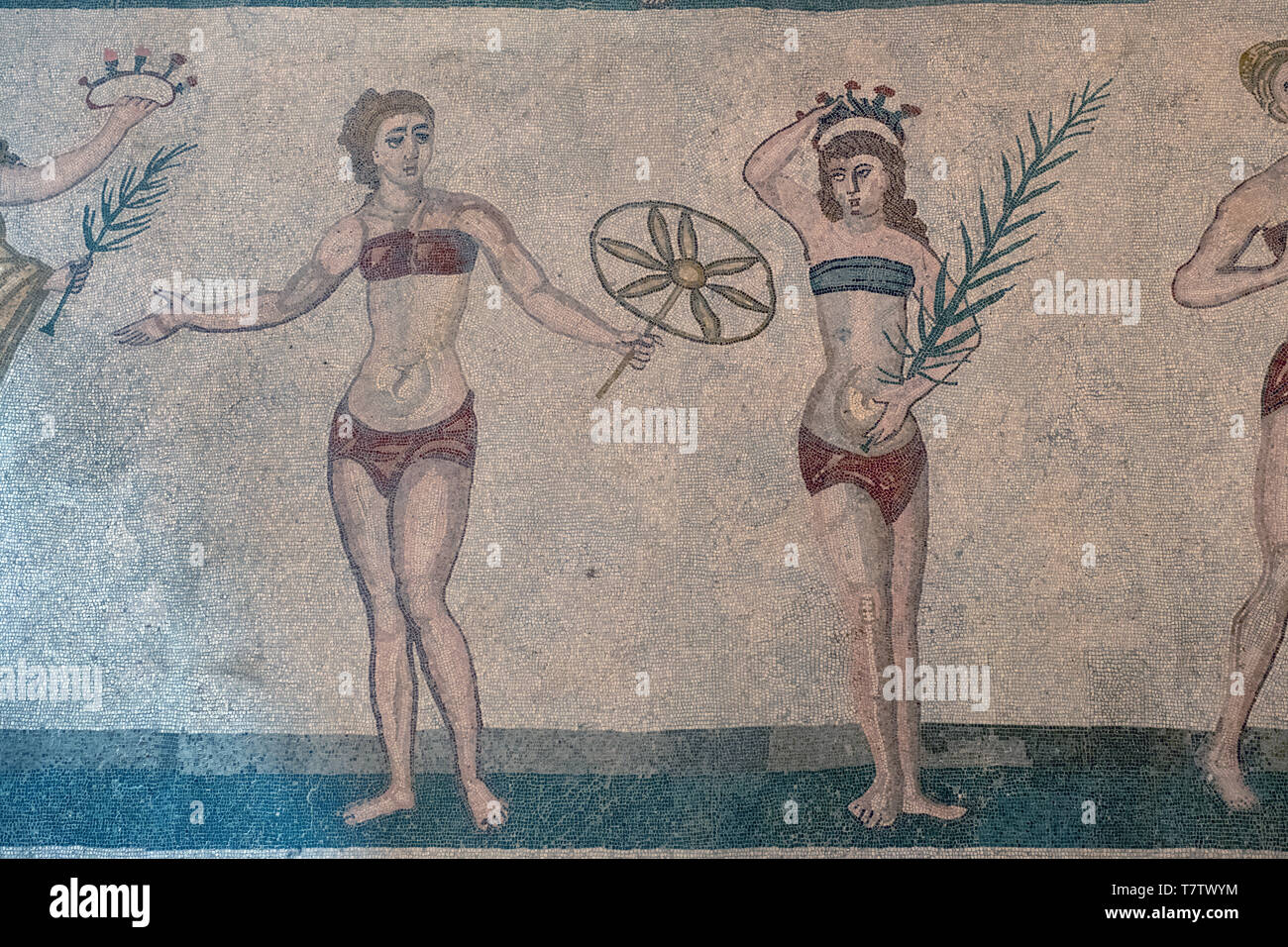 The bikini girls mosaic, showing athletic women playing sports, roman mosaic in the Villa Romana del Casale, Piazza Armerina, Sicily, Italy. Stock Photohttps://www.alamy.com/image-license-details/?v=1https://www.alamy.com/the-bikini-girls-mosaic-showing-athletic-women-playing-sports-roman-mosaic-in-the-villa-romana-del-casale-piazza-armerina-sicily-italy-image245794968.html
The bikini girls mosaic, showing athletic women playing sports, roman mosaic in the Villa Romana del Casale, Piazza Armerina, Sicily, Italy. Stock Photohttps://www.alamy.com/image-license-details/?v=1https://www.alamy.com/the-bikini-girls-mosaic-showing-athletic-women-playing-sports-roman-mosaic-in-the-villa-romana-del-casale-piazza-armerina-sicily-italy-image245794968.htmlRMT7TWYM–The bikini girls mosaic, showing athletic women playing sports, roman mosaic in the Villa Romana del Casale, Piazza Armerina, Sicily, Italy.
 Roman Women Stock Photohttps://www.alamy.com/image-license-details/?v=1https://www.alamy.com/roman-women-image5546055.html
Roman Women Stock Photohttps://www.alamy.com/image-license-details/?v=1https://www.alamy.com/roman-women-image5546055.htmlRMAY4G48–Roman Women
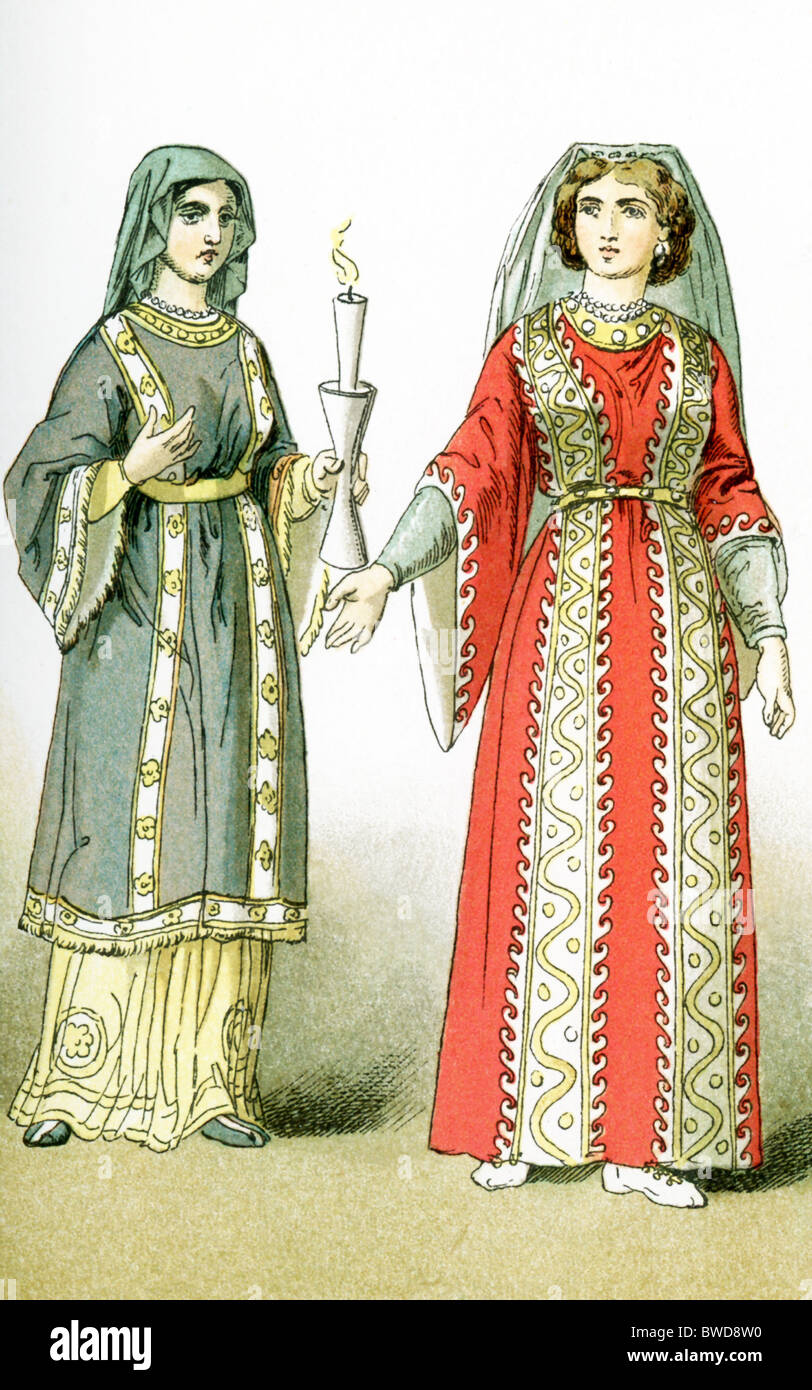 This illustration shows two women who lived after A.D. 330, when Christianity became the religion of the Roman Empire. Stock Photohttps://www.alamy.com/image-license-details/?v=1https://www.alamy.com/stock-photo-this-illustration-shows-two-women-who-lived-after-ad-330-when-christianity-32869116.html
This illustration shows two women who lived after A.D. 330, when Christianity became the religion of the Roman Empire. Stock Photohttps://www.alamy.com/image-license-details/?v=1https://www.alamy.com/stock-photo-this-illustration-shows-two-women-who-lived-after-ad-330-when-christianity-32869116.htmlRFBWD8W0–This illustration shows two women who lived after A.D. 330, when Christianity became the religion of the Roman Empire.
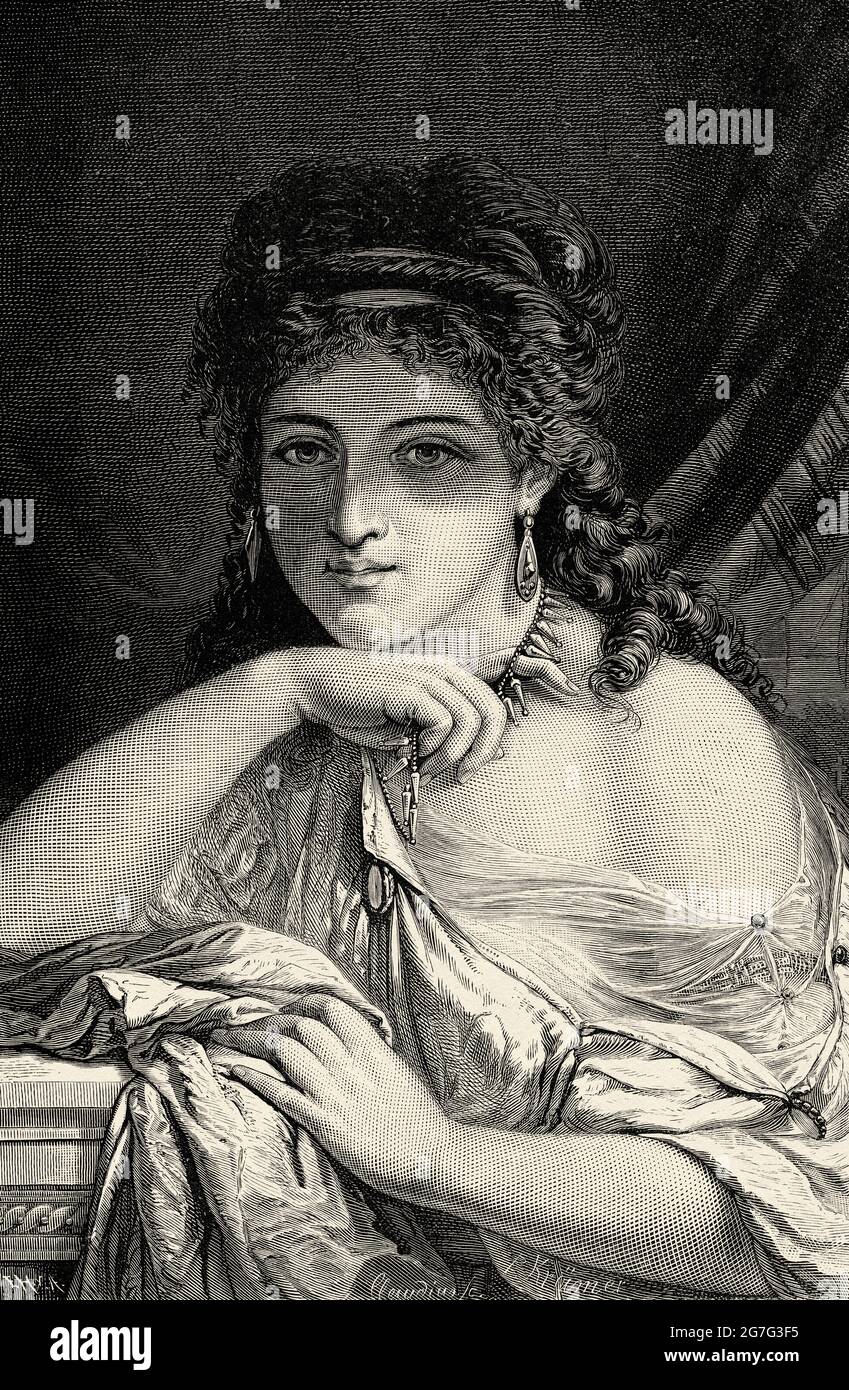 Ancient beautiful roman woman portrait, Ancient roman empire. Italy, Europe. Old 19th century engraved illustration from El Mundo Ilustrado 1880 Stock Photohttps://www.alamy.com/image-license-details/?v=1https://www.alamy.com/ancient-beautiful-roman-woman-portrait-ancient-roman-empire-italy-europe-old-19th-century-engraved-illustration-from-el-mundo-ilustrado-1880-image434915801.html
Ancient beautiful roman woman portrait, Ancient roman empire. Italy, Europe. Old 19th century engraved illustration from El Mundo Ilustrado 1880 Stock Photohttps://www.alamy.com/image-license-details/?v=1https://www.alamy.com/ancient-beautiful-roman-woman-portrait-ancient-roman-empire-italy-europe-old-19th-century-engraved-illustration-from-el-mundo-ilustrado-1880-image434915801.htmlRM2G7G3F5–Ancient beautiful roman woman portrait, Ancient roman empire. Italy, Europe. Old 19th century engraved illustration from El Mundo Ilustrado 1880
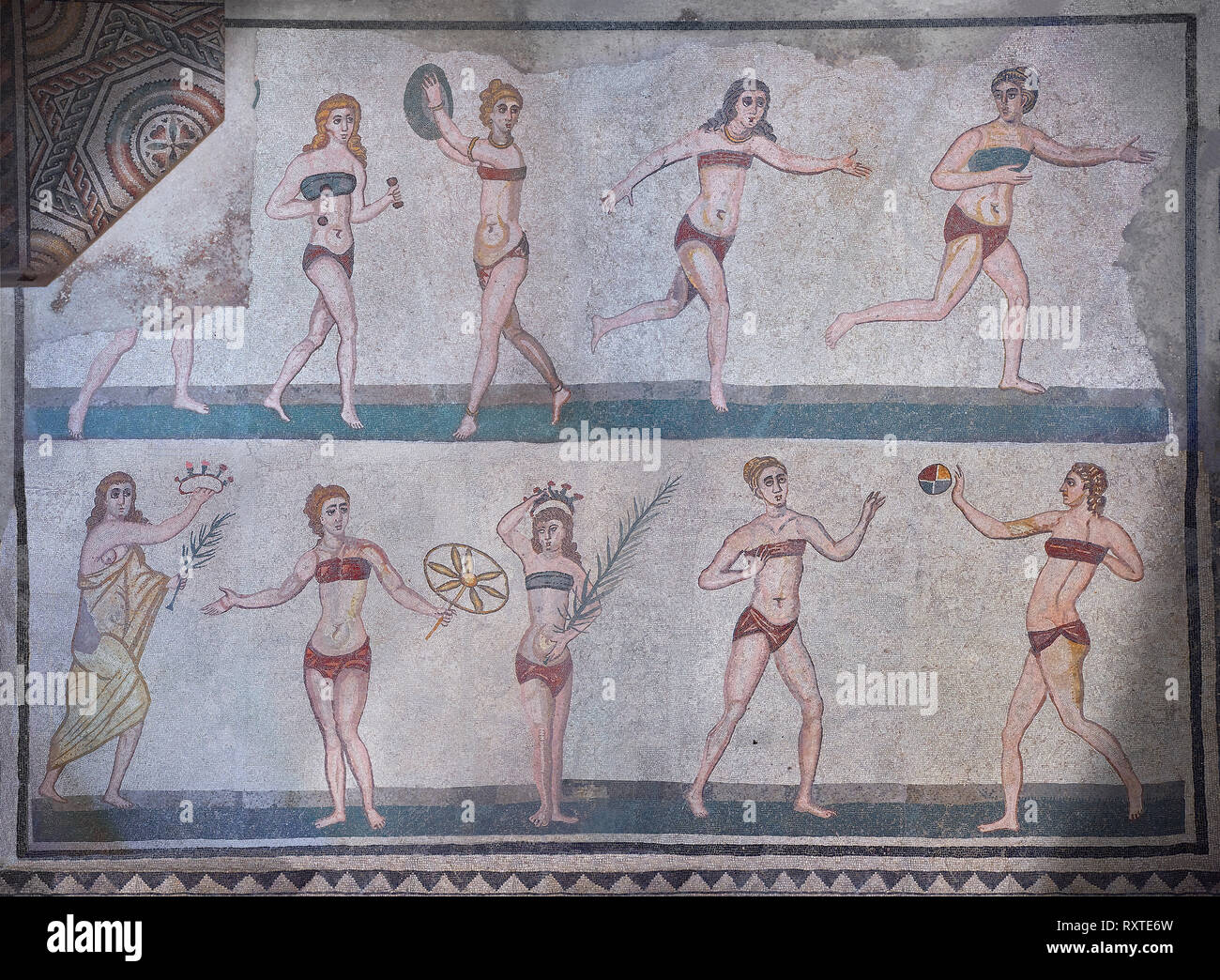 Wide picture of the Roman mosaics of the room of the Ten Bikini Girls depicting Roman women in an athletic competition, room no 30, at the Villa Roman Stock Photohttps://www.alamy.com/image-license-details/?v=1https://www.alamy.com/wide-picture-of-the-roman-mosaics-of-the-room-of-the-ten-bikini-girls-depicting-roman-women-in-an-athletic-competition-room-no-30-at-the-villa-roman-image240253857.html
Wide picture of the Roman mosaics of the room of the Ten Bikini Girls depicting Roman women in an athletic competition, room no 30, at the Villa Roman Stock Photohttps://www.alamy.com/image-license-details/?v=1https://www.alamy.com/wide-picture-of-the-roman-mosaics-of-the-room-of-the-ten-bikini-girls-depicting-roman-women-in-an-athletic-competition-room-no-30-at-the-villa-roman-image240253857.htmlRFRXTE6W–Wide picture of the Roman mosaics of the room of the Ten Bikini Girls depicting Roman women in an athletic competition, room no 30, at the Villa Roman
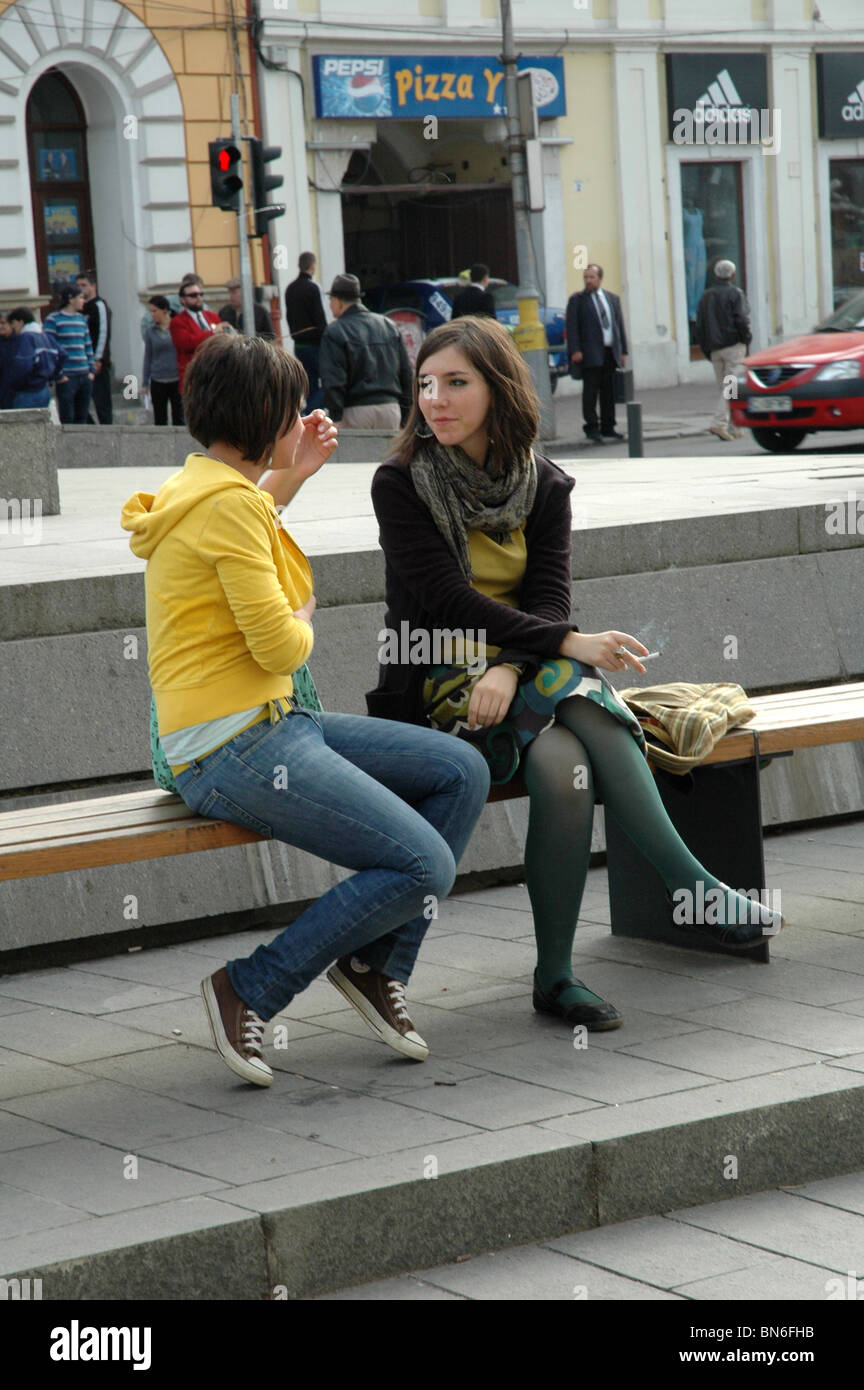 Two seated young women chat in central Cluz -Napoca Romania Stock Photohttps://www.alamy.com/image-license-details/?v=1https://www.alamy.com/stock-photo-two-seated-young-women-chat-in-central-cluz-napoca-romania-30262103.html
Two seated young women chat in central Cluz -Napoca Romania Stock Photohttps://www.alamy.com/image-license-details/?v=1https://www.alamy.com/stock-photo-two-seated-young-women-chat-in-central-cluz-napoca-romania-30262103.htmlRMBN6FHB–Two seated young women chat in central Cluz -Napoca Romania
 A Page in Antique 19th Century Brown's Self-Interpreting Family Bible with Illustrations of Women Grinding at the Mill, Antioch, Goddess Diana, Roman Stock Photohttps://www.alamy.com/image-license-details/?v=1https://www.alamy.com/a-page-in-antique-19th-century-browns-self-interpreting-family-bible-with-illustrations-of-women-grinding-at-the-mill-antioch-goddess-diana-roman-image610559214.html
A Page in Antique 19th Century Brown's Self-Interpreting Family Bible with Illustrations of Women Grinding at the Mill, Antioch, Goddess Diana, Roman Stock Photohttps://www.alamy.com/image-license-details/?v=1https://www.alamy.com/a-page-in-antique-19th-century-browns-self-interpreting-family-bible-with-illustrations-of-women-grinding-at-the-mill-antioch-goddess-diana-roman-image610559214.htmlRM2XD9AE6–A Page in Antique 19th Century Brown's Self-Interpreting Family Bible with Illustrations of Women Grinding at the Mill, Antioch, Goddess Diana, Roman
 Roman Women, Rome, Lazio Italy Stock Photohttps://www.alamy.com/image-license-details/?v=1https://www.alamy.com/roman-women-rome-lazio-italy-image259219257.html
Roman Women, Rome, Lazio Italy Stock Photohttps://www.alamy.com/image-license-details/?v=1https://www.alamy.com/roman-women-rome-lazio-italy-image259219257.htmlRMW1MCPH–Roman Women, Rome, Lazio Italy
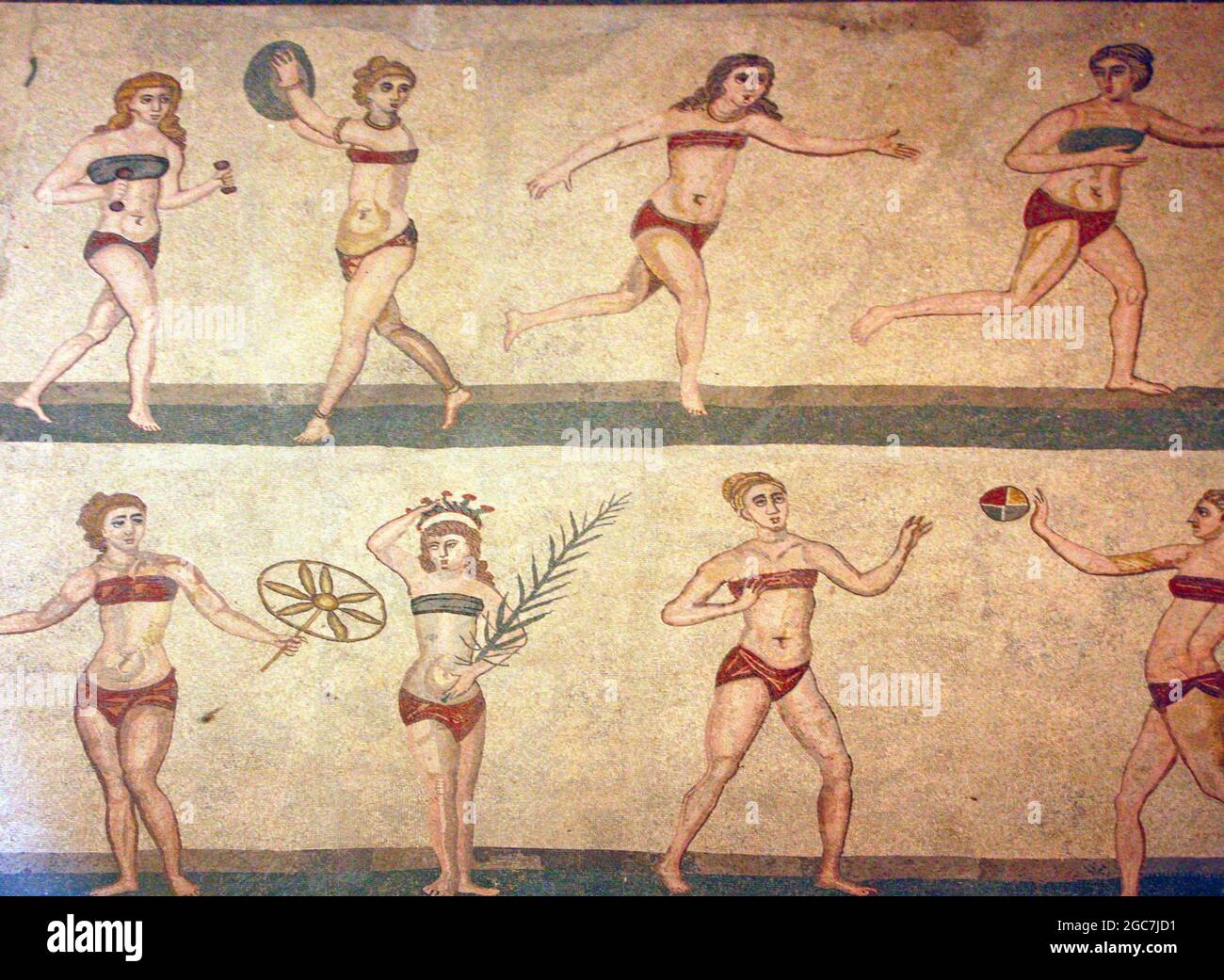 Roman Bikini Mosaics at The Villa Romana del Casale, Sicily, Italy. Early depiction of Roman women wearing bikinis from early 4th century AD. Stock Photohttps://www.alamy.com/image-license-details/?v=1https://www.alamy.com/roman-bikini-mosaics-at-the-villa-romana-del-casale-sicily-italy-early-depiction-of-roman-women-wearing-bikinis-from-early-4th-century-ad-image437803213.html
Roman Bikini Mosaics at The Villa Romana del Casale, Sicily, Italy. Early depiction of Roman women wearing bikinis from early 4th century AD. Stock Photohttps://www.alamy.com/image-license-details/?v=1https://www.alamy.com/roman-bikini-mosaics-at-the-villa-romana-del-casale-sicily-italy-early-depiction-of-roman-women-wearing-bikinis-from-early-4th-century-ad-image437803213.htmlRF2GC7JD1–Roman Bikini Mosaics at The Villa Romana del Casale, Sicily, Italy. Early depiction of Roman women wearing bikinis from early 4th century AD.
 Nancy Roman Women in Aerospace Lifetime Award Stock Photohttps://www.alamy.com/image-license-details/?v=1https://www.alamy.com/stock-image-nancy-roman-women-in-aerospace-lifetime-award-169505144.html
Nancy Roman Women in Aerospace Lifetime Award Stock Photohttps://www.alamy.com/image-license-details/?v=1https://www.alamy.com/stock-image-nancy-roman-women-in-aerospace-lifetime-award-169505144.htmlRMKRNHF4–Nancy Roman Women in Aerospace Lifetime Award
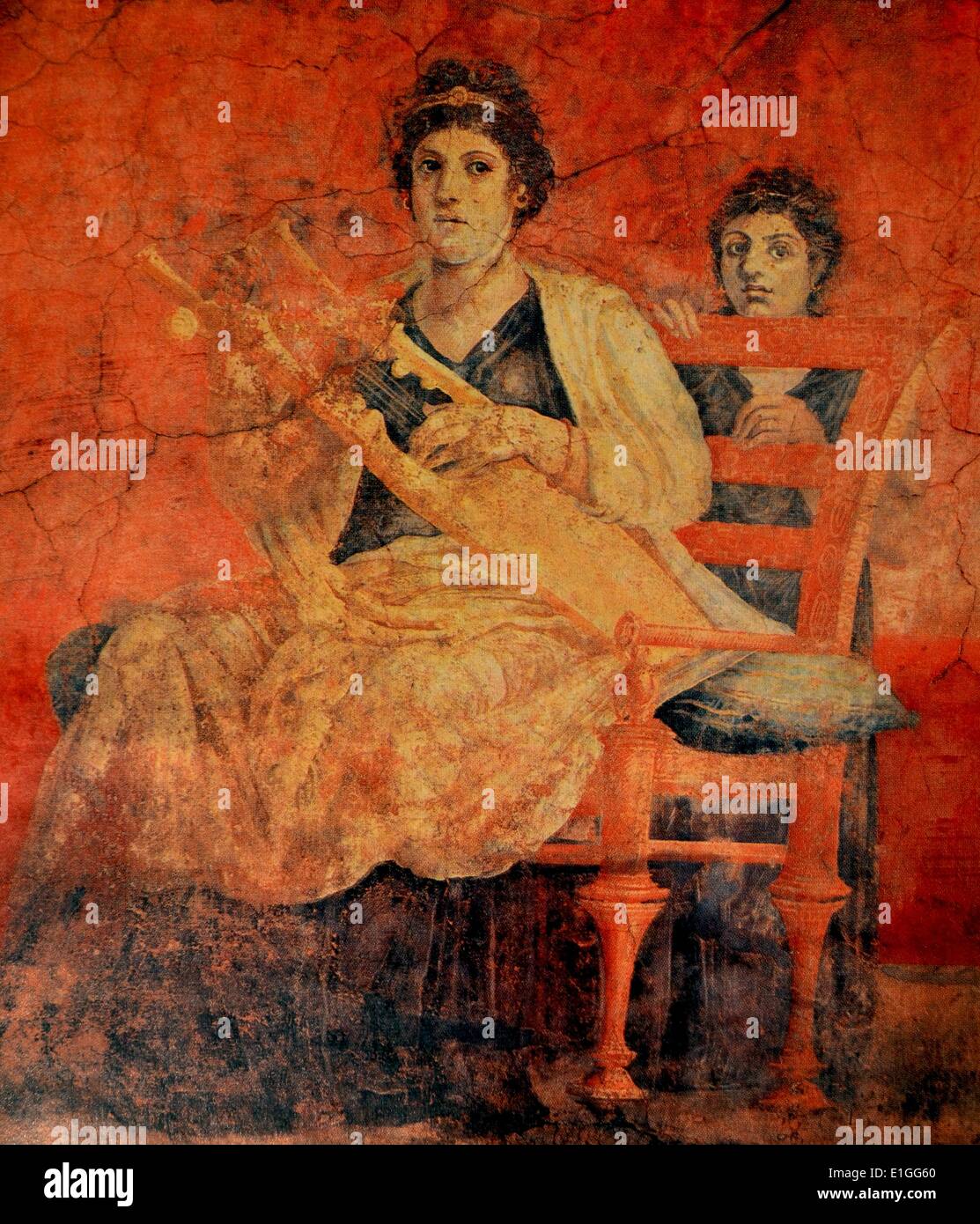 A Roman fresco, discovered in Pompeii, depicits a woman seated on a bronze chair, with a back, playing a Greek musical instrument called a Kithara. Chairs with a back for the Romans was a symbol of dignity or respect, reserved for high officials or woman of rank (the ceremonial use of thrones a vestige of this tradition) such as the woman in this fresco. Dated 50 B.C. Stock Photohttps://www.alamy.com/image-license-details/?v=1https://www.alamy.com/a-roman-fresco-discovered-in-pompeii-depicits-a-woman-seated-on-a-image69820072.html
A Roman fresco, discovered in Pompeii, depicits a woman seated on a bronze chair, with a back, playing a Greek musical instrument called a Kithara. Chairs with a back for the Romans was a symbol of dignity or respect, reserved for high officials or woman of rank (the ceremonial use of thrones a vestige of this tradition) such as the woman in this fresco. Dated 50 B.C. Stock Photohttps://www.alamy.com/image-license-details/?v=1https://www.alamy.com/a-roman-fresco-discovered-in-pompeii-depicits-a-woman-seated-on-a-image69820072.htmlRME1GG60–A Roman fresco, discovered in Pompeii, depicits a woman seated on a bronze chair, with a back, playing a Greek musical instrument called a Kithara. Chairs with a back for the Romans was a symbol of dignity or respect, reserved for high officials or woman of rank (the ceremonial use of thrones a vestige of this tradition) such as the woman in this fresco. Dated 50 B.C.
 Rome. Italy. Roman female portrait with typical hairstyle of women of the Severan family in the years AD 200-210. Capitoline Museum. Musei Capitolini. Stock Photohttps://www.alamy.com/image-license-details/?v=1https://www.alamy.com/stock-photo-rome-italy-roman-female-portrait-with-typical-hairstyle-of-women-of-134289850.html
Rome. Italy. Roman female portrait with typical hairstyle of women of the Severan family in the years AD 200-210. Capitoline Museum. Musei Capitolini. Stock Photohttps://www.alamy.com/image-license-details/?v=1https://www.alamy.com/stock-photo-rome-italy-roman-female-portrait-with-typical-hairstyle-of-women-of-134289850.htmlRMHPDC22–Rome. Italy. Roman female portrait with typical hairstyle of women of the Severan family in the years AD 200-210. Capitoline Museum. Musei Capitolini.
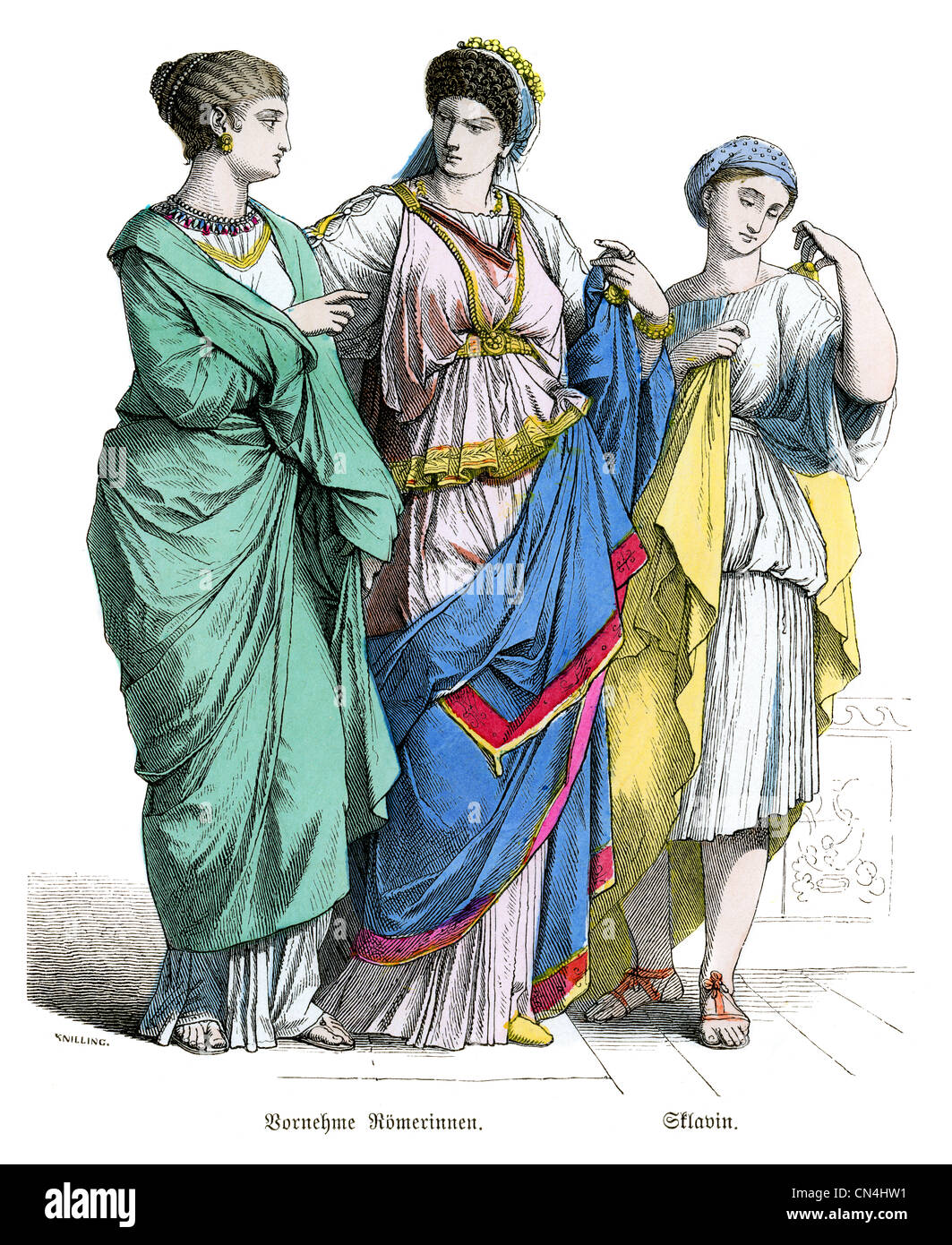 Ancient roman noble women Stock Photohttps://www.alamy.com/image-license-details/?v=1https://www.alamy.com/stock-photo-ancient-roman-noble-women-47430349.html
Ancient roman noble women Stock Photohttps://www.alamy.com/image-license-details/?v=1https://www.alamy.com/stock-photo-ancient-roman-noble-women-47430349.htmlRMCN4HW1–Ancient roman noble women
 Two Roman women. Kotarbiński, Wilhelm (1849-1921), painter Stock Photohttps://www.alamy.com/image-license-details/?v=1https://www.alamy.com/two-roman-women-kotarbiski-wilhelm-1849-1921-painter-image480386581.html
Two Roman women. Kotarbiński, Wilhelm (1849-1921), painter Stock Photohttps://www.alamy.com/image-license-details/?v=1https://www.alamy.com/two-roman-women-kotarbiski-wilhelm-1849-1921-painter-image480386581.htmlRM2JWFDYH–Two Roman women. Kotarbiński, Wilhelm (1849-1921), painter
 Gallo Roman Women 1865 by Sir Lawrence Alma-Tadema Stock Photohttps://www.alamy.com/image-license-details/?v=1https://www.alamy.com/gallo-roman-women-1865-by-sir-lawrence-alma-tadema-image557213962.html
Gallo Roman Women 1865 by Sir Lawrence Alma-Tadema Stock Photohttps://www.alamy.com/image-license-details/?v=1https://www.alamy.com/gallo-roman-women-1865-by-sir-lawrence-alma-tadema-image557213962.htmlRM2RAF82J–Gallo Roman Women 1865 by Sir Lawrence Alma-Tadema
 Roman fresco depicting Iphigenia in Tauris. Detail. 1-50 AD. Tablinium. House of Lucius Caecilius Lucundus. Pompeii, Italy. National Archaeological Museum. Naples. Italy. Stock Photohttps://www.alamy.com/image-license-details/?v=1https://www.alamy.com/stock-image-roman-fresco-depicting-iphigenia-in-tauris-detail-1-50-ad-tablinium-168319999.html
Roman fresco depicting Iphigenia in Tauris. Detail. 1-50 AD. Tablinium. House of Lucius Caecilius Lucundus. Pompeii, Italy. National Archaeological Museum. Naples. Italy. Stock Photohttps://www.alamy.com/image-license-details/?v=1https://www.alamy.com/stock-image-roman-fresco-depicting-iphigenia-in-tauris-detail-1-50-ad-tablinium-168319999.htmlRMKNRHTF–Roman fresco depicting Iphigenia in Tauris. Detail. 1-50 AD. Tablinium. House of Lucius Caecilius Lucundus. Pompeii, Italy. National Archaeological Museum. Naples. Italy.
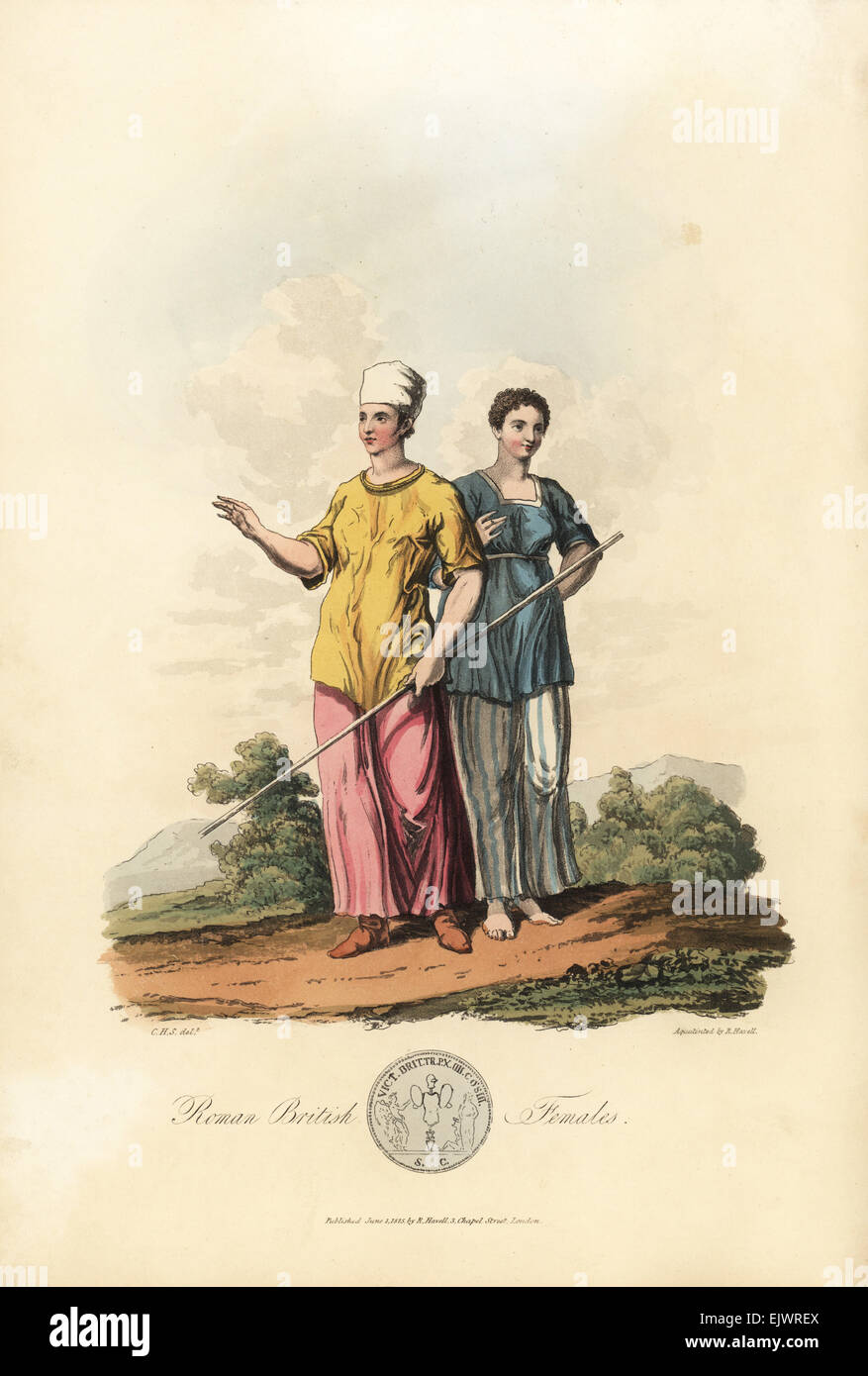 Roman British women in gwn (tunic) over pais (petticoat). Stock Photohttps://www.alamy.com/image-license-details/?v=1https://www.alamy.com/stock-photo-roman-british-women-in-gwn-tunic-over-pais-petticoat-80472530.html
Roman British women in gwn (tunic) over pais (petticoat). Stock Photohttps://www.alamy.com/image-license-details/?v=1https://www.alamy.com/stock-photo-roman-british-women-in-gwn-tunic-over-pais-petticoat-80472530.htmlRMEJWREX–Roman British women in gwn (tunic) over pais (petticoat).
 A Roman Water Carrier, 1857 Carl Haag, Costume, Watercolour, Women, Portrait, Female, Full-length, Italy, Rome, Tradition Stock Photohttps://www.alamy.com/image-license-details/?v=1https://www.alamy.com/a-roman-water-carrier-1857-carl-haag-costume-watercolour-women-portrait-female-full-length-italy-rome-tradition-image387007176.html
A Roman Water Carrier, 1857 Carl Haag, Costume, Watercolour, Women, Portrait, Female, Full-length, Italy, Rome, Tradition Stock Photohttps://www.alamy.com/image-license-details/?v=1https://www.alamy.com/a-roman-water-carrier-1857-carl-haag-costume-watercolour-women-portrait-female-full-length-italy-rome-tradition-image387007176.htmlRM2DDHKGT–A Roman Water Carrier, 1857 Carl Haag, Costume, Watercolour, Women, Portrait, Female, Full-length, Italy, Rome, Tradition
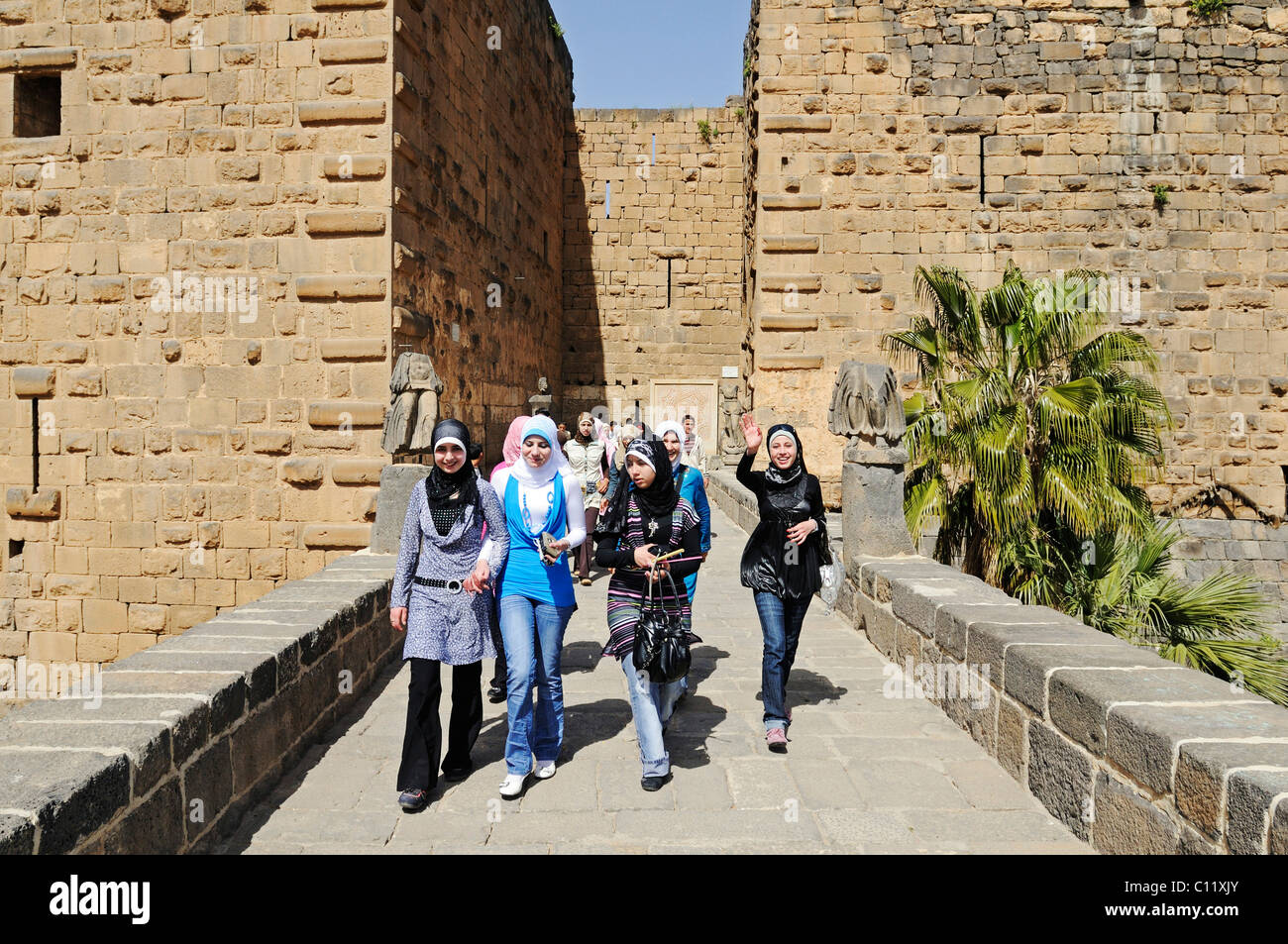 Young women wearing headscarves at the entrance, Roman theater in Bosra, Syria, Asia Stock Photohttps://www.alamy.com/image-license-details/?v=1https://www.alamy.com/stock-photo-young-women-wearing-headscarves-at-the-entrance-roman-theater-in-bosra-35078259.html
Young women wearing headscarves at the entrance, Roman theater in Bosra, Syria, Asia Stock Photohttps://www.alamy.com/image-license-details/?v=1https://www.alamy.com/stock-photo-young-women-wearing-headscarves-at-the-entrance-roman-theater-in-bosra-35078259.htmlRMC11XJY–Young women wearing headscarves at the entrance, Roman theater in Bosra, Syria, Asia
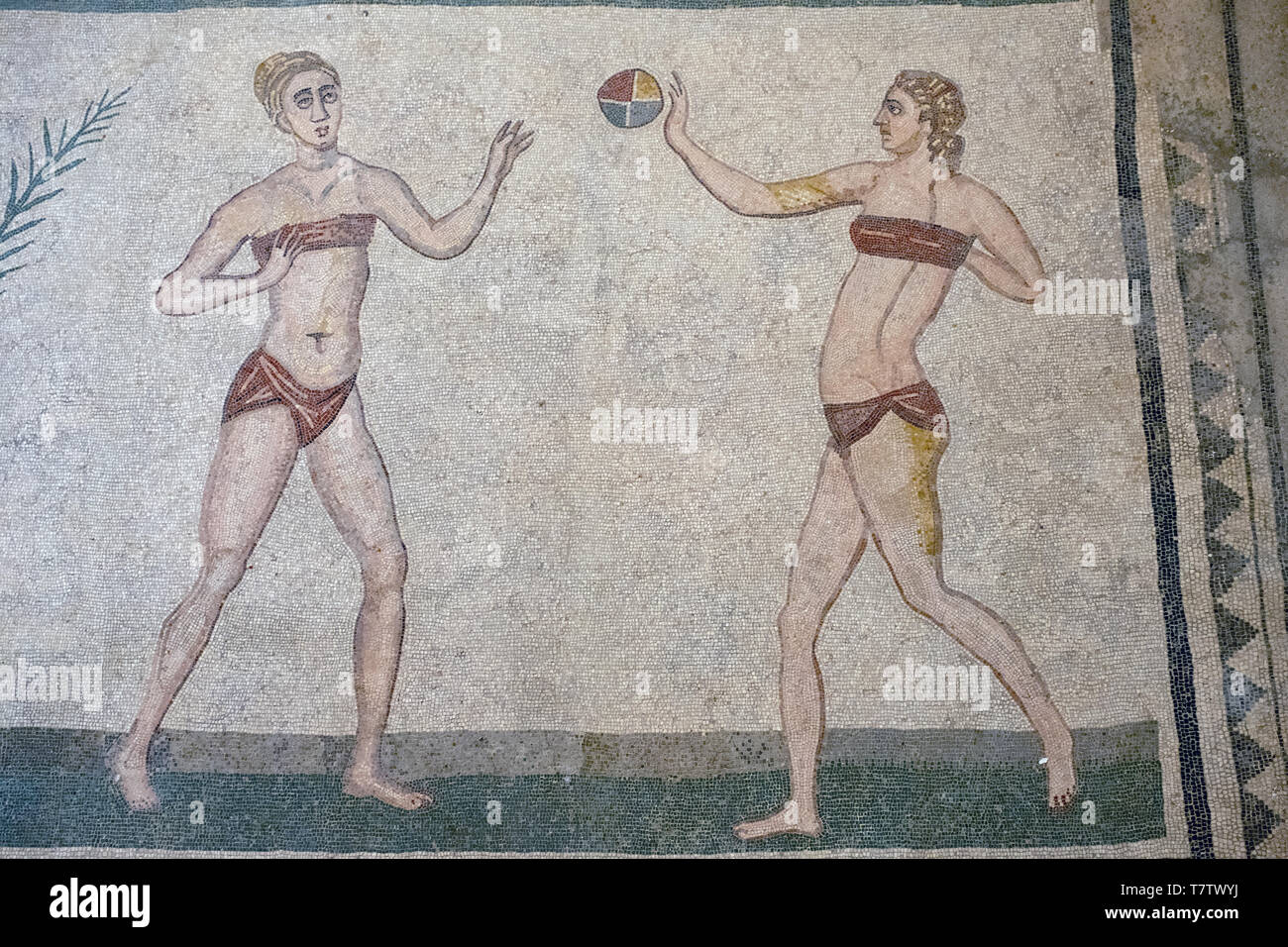 The bikini girls mosaic, showing athletic women playing sports, roman mosaic in the Villa Romana del Casale, Piazza Armerina, Sicily, Italy. Stock Photohttps://www.alamy.com/image-license-details/?v=1https://www.alamy.com/the-bikini-girls-mosaic-showing-athletic-women-playing-sports-roman-mosaic-in-the-villa-romana-del-casale-piazza-armerina-sicily-italy-image245794966.html
The bikini girls mosaic, showing athletic women playing sports, roman mosaic in the Villa Romana del Casale, Piazza Armerina, Sicily, Italy. Stock Photohttps://www.alamy.com/image-license-details/?v=1https://www.alamy.com/the-bikini-girls-mosaic-showing-athletic-women-playing-sports-roman-mosaic-in-the-villa-romana-del-casale-piazza-armerina-sicily-italy-image245794966.htmlRMT7TWYJ–The bikini girls mosaic, showing athletic women playing sports, roman mosaic in the Villa Romana del Casale, Piazza Armerina, Sicily, Italy.
 Roman British Woman Stock Photohttps://www.alamy.com/image-license-details/?v=1https://www.alamy.com/roman-british-woman-image3177720.html
Roman British Woman Stock Photohttps://www.alamy.com/image-license-details/?v=1https://www.alamy.com/roman-british-woman-image3177720.htmlRMAYKCF9–Roman British Woman
 Art inspired by La Citella Romana (Maiden), ca. 1580, Engraving, Sheet: 9 x 6 3/16 in. (22.9 x 15.7 cm), Prints, Attributed to Pietro Bertelli (Italian, active Padua, ca. 1571–1621), These engravings illustrating the costumes of Roman women from different stations of life recall the, Classic works modernized by Artotop with a splash of modernity. Shapes, color and value, eye-catching visual impact on art. Emotions through freedom of artworks in a contemporary way. A timeless message pursuing a wildly creative new direction. Artists turning to the digital medium and creating the Artotop NFT Stock Photohttps://www.alamy.com/image-license-details/?v=1https://www.alamy.com/art-inspired-by-la-citella-romana-maiden-ca-1580-engraving-sheet-9-x-6-316-in-229-x-157-cm-prints-attributed-to-pietro-bertelli-italian-active-padua-ca-15711621-these-engravings-illustrating-the-costumes-of-roman-women-from-different-stations-of-life-recall-the-classic-works-modernized-by-artotop-with-a-splash-of-modernity-shapes-color-and-value-eye-catching-visual-impact-on-art-emotions-through-freedom-of-artworks-in-a-contemporary-way-a-timeless-message-pursuing-a-wildly-creative-new-direction-artists-turning-to-the-digital-medium-and-creating-the-artotop-nft-image462976824.html
Art inspired by La Citella Romana (Maiden), ca. 1580, Engraving, Sheet: 9 x 6 3/16 in. (22.9 x 15.7 cm), Prints, Attributed to Pietro Bertelli (Italian, active Padua, ca. 1571–1621), These engravings illustrating the costumes of Roman women from different stations of life recall the, Classic works modernized by Artotop with a splash of modernity. Shapes, color and value, eye-catching visual impact on art. Emotions through freedom of artworks in a contemporary way. A timeless message pursuing a wildly creative new direction. Artists turning to the digital medium and creating the Artotop NFT Stock Photohttps://www.alamy.com/image-license-details/?v=1https://www.alamy.com/art-inspired-by-la-citella-romana-maiden-ca-1580-engraving-sheet-9-x-6-316-in-229-x-157-cm-prints-attributed-to-pietro-bertelli-italian-active-padua-ca-15711621-these-engravings-illustrating-the-costumes-of-roman-women-from-different-stations-of-life-recall-the-classic-works-modernized-by-artotop-with-a-splash-of-modernity-shapes-color-and-value-eye-catching-visual-impact-on-art-emotions-through-freedom-of-artworks-in-a-contemporary-way-a-timeless-message-pursuing-a-wildly-creative-new-direction-artists-turning-to-the-digital-medium-and-creating-the-artotop-nft-image462976824.htmlRF2HW6BJG–Art inspired by La Citella Romana (Maiden), ca. 1580, Engraving, Sheet: 9 x 6 3/16 in. (22.9 x 15.7 cm), Prints, Attributed to Pietro Bertelli (Italian, active Padua, ca. 1571–1621), These engravings illustrating the costumes of Roman women from different stations of life recall the, Classic works modernized by Artotop with a splash of modernity. Shapes, color and value, eye-catching visual impact on art. Emotions through freedom of artworks in a contemporary way. A timeless message pursuing a wildly creative new direction. Artists turning to the digital medium and creating the Artotop NFT
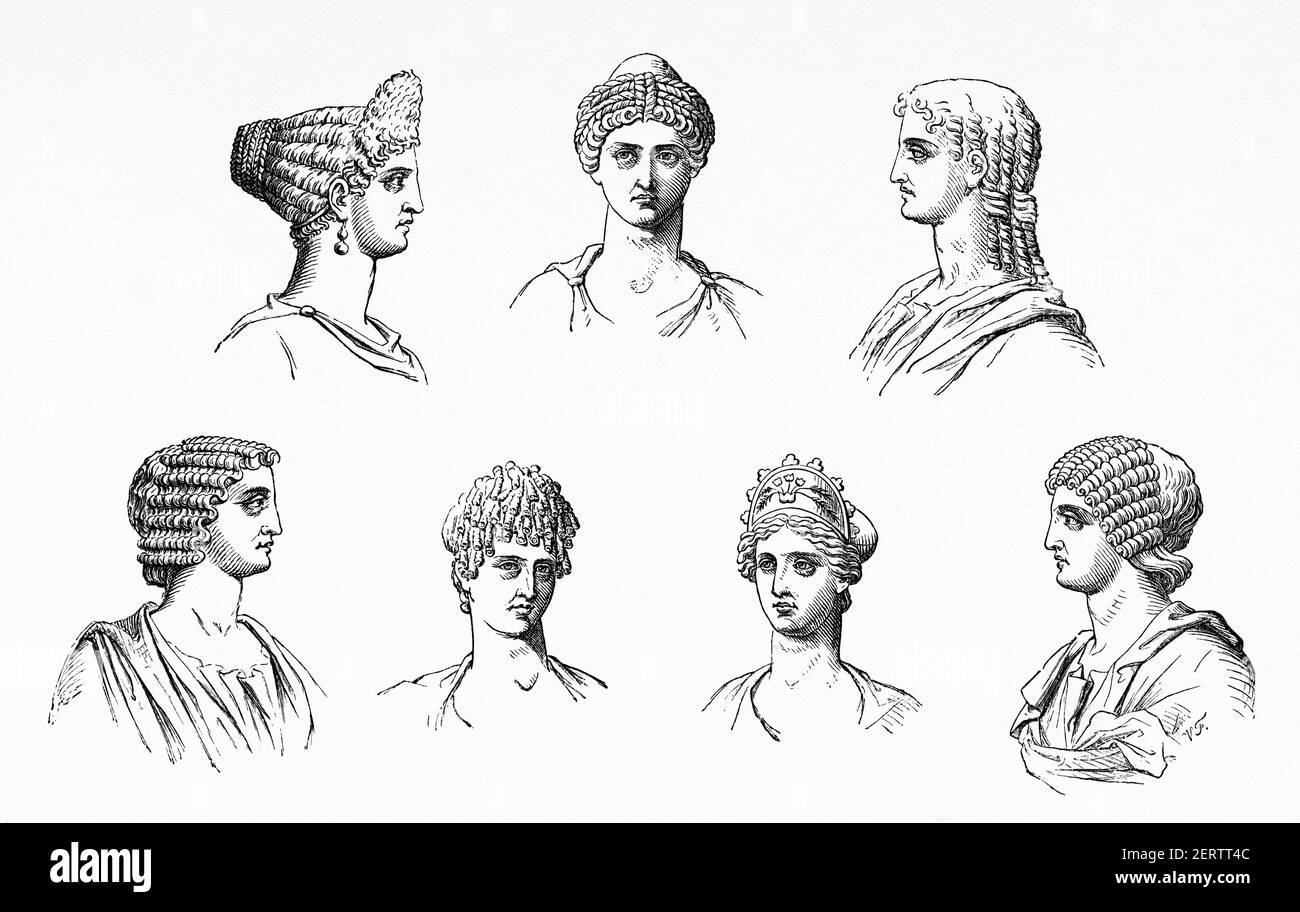 Ancient Roman women hairstyles, Ancient roman empire. Italy, Europe. Old 19th century engraved illustration, El Mundo Ilustrado 1881 Stock Photohttps://www.alamy.com/image-license-details/?v=1https://www.alamy.com/ancient-roman-women-hairstyles-ancient-roman-empire-italy-europe-old-19th-century-engraved-illustration-el-mundo-ilustrado-1881-image410521340.html
Ancient Roman women hairstyles, Ancient roman empire. Italy, Europe. Old 19th century engraved illustration, El Mundo Ilustrado 1881 Stock Photohttps://www.alamy.com/image-license-details/?v=1https://www.alamy.com/ancient-roman-women-hairstyles-ancient-roman-empire-italy-europe-old-19th-century-engraved-illustration-el-mundo-ilustrado-1881-image410521340.htmlRM2ERTT4C–Ancient Roman women hairstyles, Ancient roman empire. Italy, Europe. Old 19th century engraved illustration, El Mundo Ilustrado 1881
 Roman mosaics of the room of the Ten Bikini Girls depicting Roman women in an athletic competition, room no 30, at the Villa Romana del Casale, first Stock Photohttps://www.alamy.com/image-license-details/?v=1https://www.alamy.com/roman-mosaics-of-the-room-of-the-ten-bikini-girls-depicting-roman-women-in-an-athletic-competition-room-no-30-at-the-villa-romana-del-casale-first-image240253841.html
Roman mosaics of the room of the Ten Bikini Girls depicting Roman women in an athletic competition, room no 30, at the Villa Romana del Casale, first Stock Photohttps://www.alamy.com/image-license-details/?v=1https://www.alamy.com/roman-mosaics-of-the-room-of-the-ten-bikini-girls-depicting-roman-women-in-an-athletic-competition-room-no-30-at-the-villa-romana-del-casale-first-image240253841.htmlRFRXTE69–Roman mosaics of the room of the Ten Bikini Girls depicting Roman women in an athletic competition, room no 30, at the Villa Romana del Casale, first
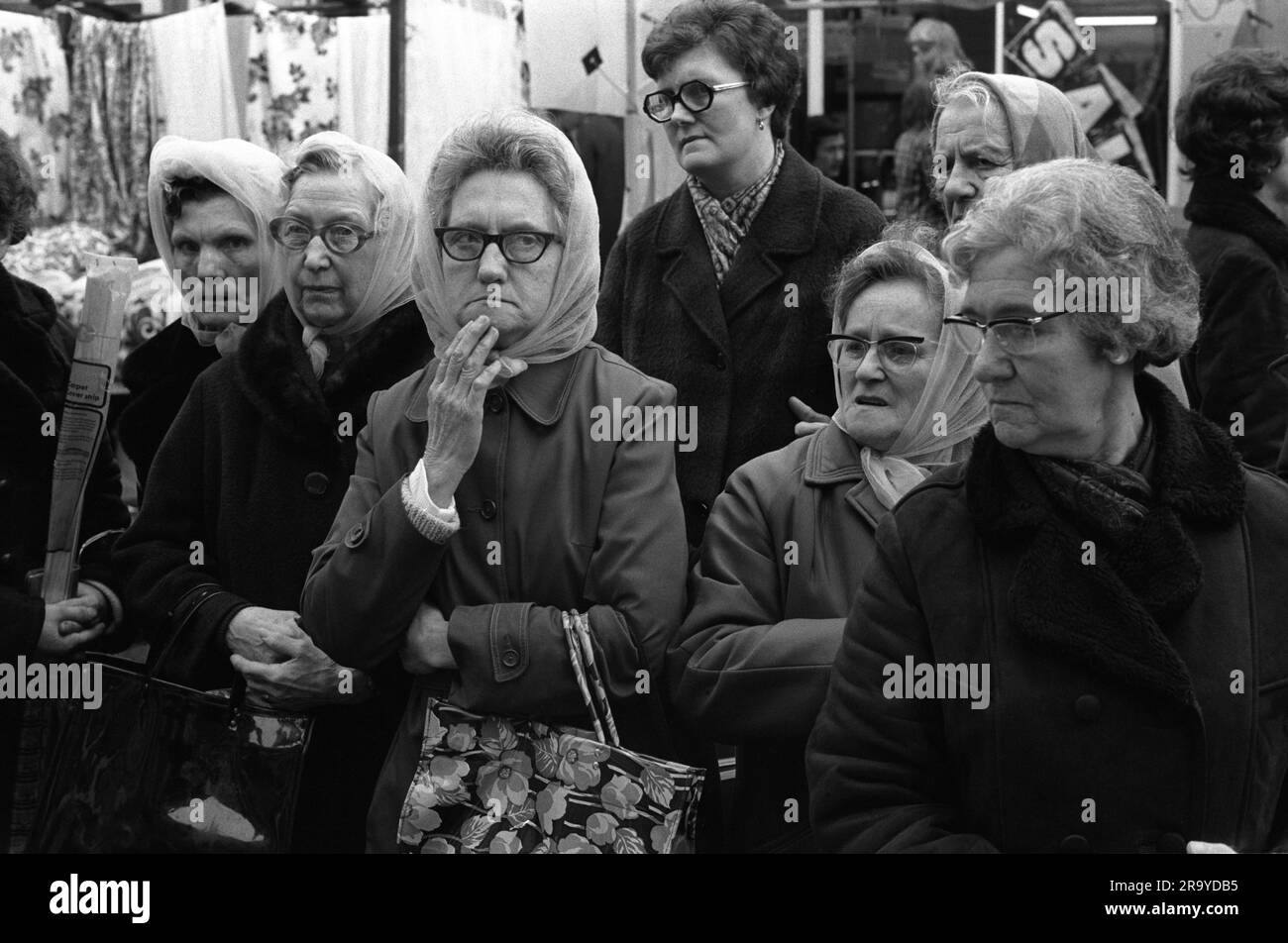 1970s East End London. Working class middle aged headscarf wearing women at the Roman Road market. Tower Hamlets, London, England circa 1975. 70s UK HOMER SYKES Stock Photohttps://www.alamy.com/image-license-details/?v=1https://www.alamy.com/1970s-east-end-london-working-class-middle-aged-headscarf-wearing-women-at-the-roman-road-market-tower-hamlets-london-england-circa-1975-70s-uk-homer-sykes-image556866889.html
1970s East End London. Working class middle aged headscarf wearing women at the Roman Road market. Tower Hamlets, London, England circa 1975. 70s UK HOMER SYKES Stock Photohttps://www.alamy.com/image-license-details/?v=1https://www.alamy.com/1970s-east-end-london-working-class-middle-aged-headscarf-wearing-women-at-the-roman-road-market-tower-hamlets-london-england-circa-1975-70s-uk-homer-sykes-image556866889.htmlRM2R9YDB5–1970s East End London. Working class middle aged headscarf wearing women at the Roman Road market. Tower Hamlets, London, England circa 1975. 70s UK HOMER SYKES
 A page in Antique 19th Century Brown's Self-Interpreting Family Bible Illustrations depicting Women Drawing water from a well, Joppa, Corinth, Roman J Stock Photohttps://www.alamy.com/image-license-details/?v=1https://www.alamy.com/a-page-in-antique-19th-century-browns-self-interpreting-family-bible-illustrations-depicting-women-drawing-water-from-a-well-joppa-corinth-roman-j-image610559212.html
A page in Antique 19th Century Brown's Self-Interpreting Family Bible Illustrations depicting Women Drawing water from a well, Joppa, Corinth, Roman J Stock Photohttps://www.alamy.com/image-license-details/?v=1https://www.alamy.com/a-page-in-antique-19th-century-browns-self-interpreting-family-bible-illustrations-depicting-women-drawing-water-from-a-well-joppa-corinth-roman-j-image610559212.htmlRM2XD9AE4–A page in Antique 19th Century Brown's Self-Interpreting Family Bible Illustrations depicting Women Drawing water from a well, Joppa, Corinth, Roman J
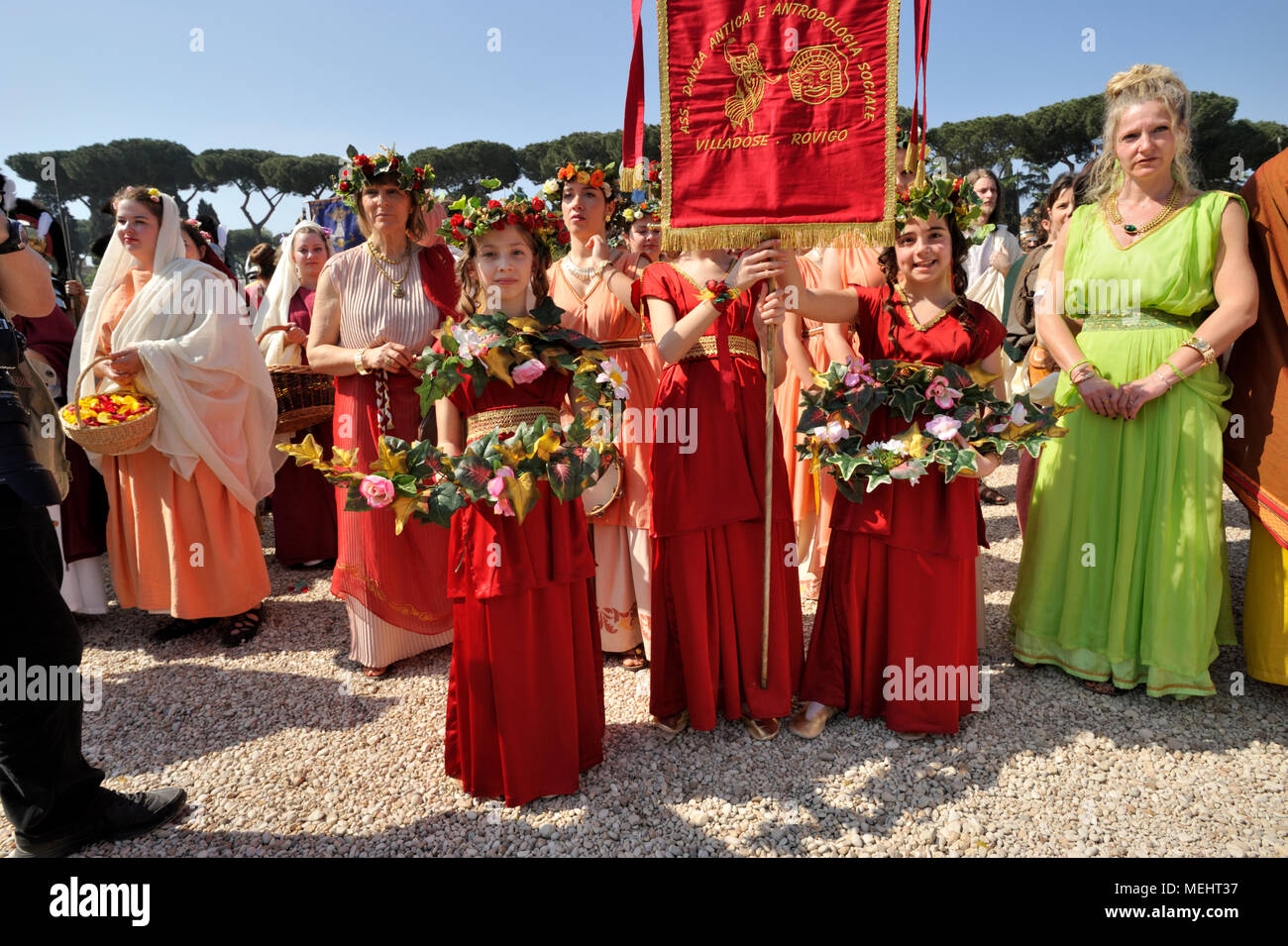 Rome, Italy. 22nd April, 2018. Natale di Roma in Rome, Italy. Rome celebrates the 2771st anniversary of the foundation of the city in 21st April 753 B.C. Historical parade in the streets of Rome. People are dressed in ancient roman costumes. Credit: Vito Arcomano/Alamy Live News Stock Photohttps://www.alamy.com/image-license-details/?v=1https://www.alamy.com/rome-italy-22nd-april-2018-natale-di-roma-in-rome-italy-rome-celebrates-the-2771st-anniversary-of-the-foundation-of-the-city-in-21st-april-753-bc-historical-parade-in-the-streets-of-rome-people-are-dressed-in-ancient-roman-costumes-credit-vito-arcomanoalamy-live-news-image181100955.html
Rome, Italy. 22nd April, 2018. Natale di Roma in Rome, Italy. Rome celebrates the 2771st anniversary of the foundation of the city in 21st April 753 B.C. Historical parade in the streets of Rome. People are dressed in ancient roman costumes. Credit: Vito Arcomano/Alamy Live News Stock Photohttps://www.alamy.com/image-license-details/?v=1https://www.alamy.com/rome-italy-22nd-april-2018-natale-di-roma-in-rome-italy-rome-celebrates-the-2771st-anniversary-of-the-foundation-of-the-city-in-21st-april-753-bc-historical-parade-in-the-streets-of-rome-people-are-dressed-in-ancient-roman-costumes-credit-vito-arcomanoalamy-live-news-image181100955.htmlRMMEHT37–Rome, Italy. 22nd April, 2018. Natale di Roma in Rome, Italy. Rome celebrates the 2771st anniversary of the foundation of the city in 21st April 753 B.C. Historical parade in the streets of Rome. People are dressed in ancient roman costumes. Credit: Vito Arcomano/Alamy Live News
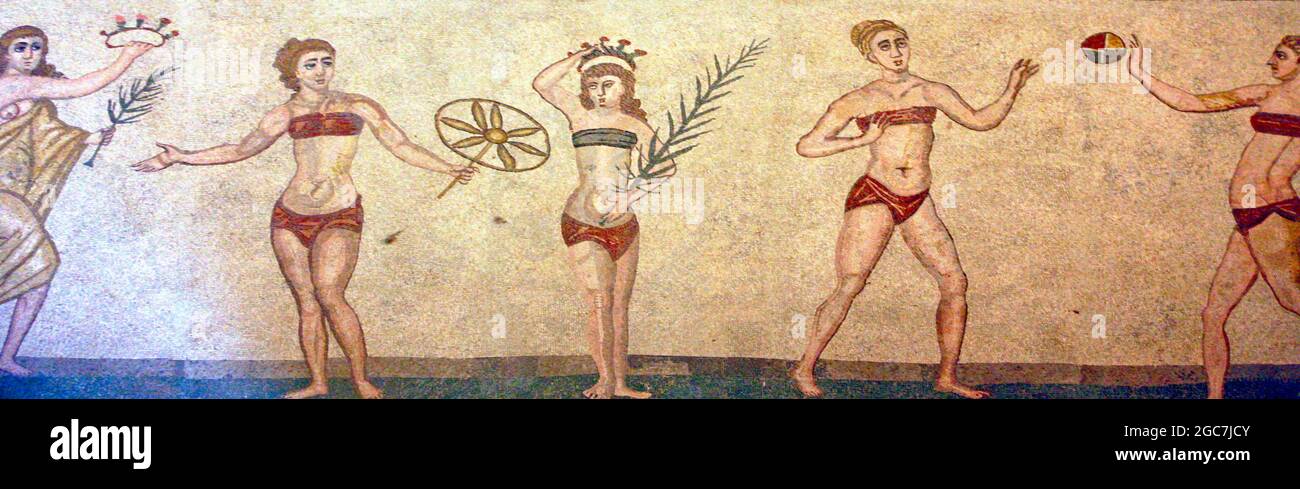 Roman Bikini Mosaics at The Villa Romana del Casale, Sicily, Italy. Early depiction of Roman women wearing bikinis from early 4th century AD. Stock Photohttps://www.alamy.com/image-license-details/?v=1https://www.alamy.com/roman-bikini-mosaics-at-the-villa-romana-del-casale-sicily-italy-early-depiction-of-roman-women-wearing-bikinis-from-early-4th-century-ad-image437803211.html
Roman Bikini Mosaics at The Villa Romana del Casale, Sicily, Italy. Early depiction of Roman women wearing bikinis from early 4th century AD. Stock Photohttps://www.alamy.com/image-license-details/?v=1https://www.alamy.com/roman-bikini-mosaics-at-the-villa-romana-del-casale-sicily-italy-early-depiction-of-roman-women-wearing-bikinis-from-early-4th-century-ad-image437803211.htmlRF2GC7JCY–Roman Bikini Mosaics at The Villa Romana del Casale, Sicily, Italy. Early depiction of Roman women wearing bikinis from early 4th century AD.
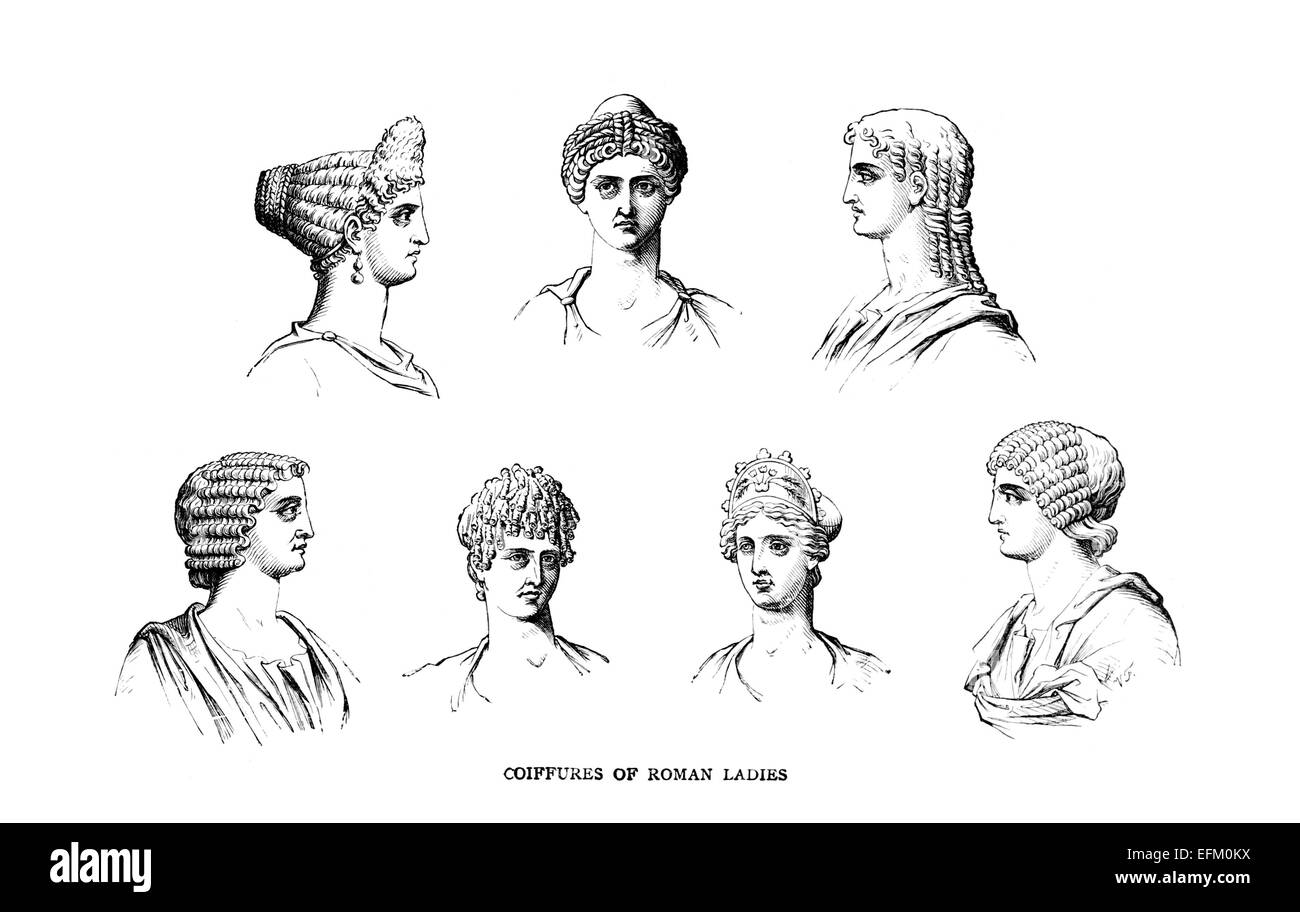 Victorian engraving of hair stlyes of ancient Roman women. Digitally restored image from a mid-19th century Encyclopaedia. Stock Photohttps://www.alamy.com/image-license-details/?v=1https://www.alamy.com/stock-photo-victorian-engraving-of-hair-stlyes-of-ancient-roman-women-digitally-78500910.html
Victorian engraving of hair stlyes of ancient Roman women. Digitally restored image from a mid-19th century Encyclopaedia. Stock Photohttps://www.alamy.com/image-license-details/?v=1https://www.alamy.com/stock-photo-victorian-engraving-of-hair-stlyes-of-ancient-roman-women-digitally-78500910.htmlRFEFM0KX–Victorian engraving of hair stlyes of ancient Roman women. Digitally restored image from a mid-19th century Encyclopaedia.
 Costume of the young women at Rome, costume picture from the 16th century, digital improved reproduction from a publication of the year 1880 Stock Photohttps://www.alamy.com/image-license-details/?v=1https://www.alamy.com/stock-photo-costume-of-the-young-women-at-rome-costume-picture-from-the-16th-century-145098434.html
Costume of the young women at Rome, costume picture from the 16th century, digital improved reproduction from a publication of the year 1880 Stock Photohttps://www.alamy.com/image-license-details/?v=1https://www.alamy.com/stock-photo-costume-of-the-young-women-at-rome-costume-picture-from-the-16th-century-145098434.htmlRFJC1PEX–Costume of the young women at Rome, costume picture from the 16th century, digital improved reproduction from a publication of the year 1880
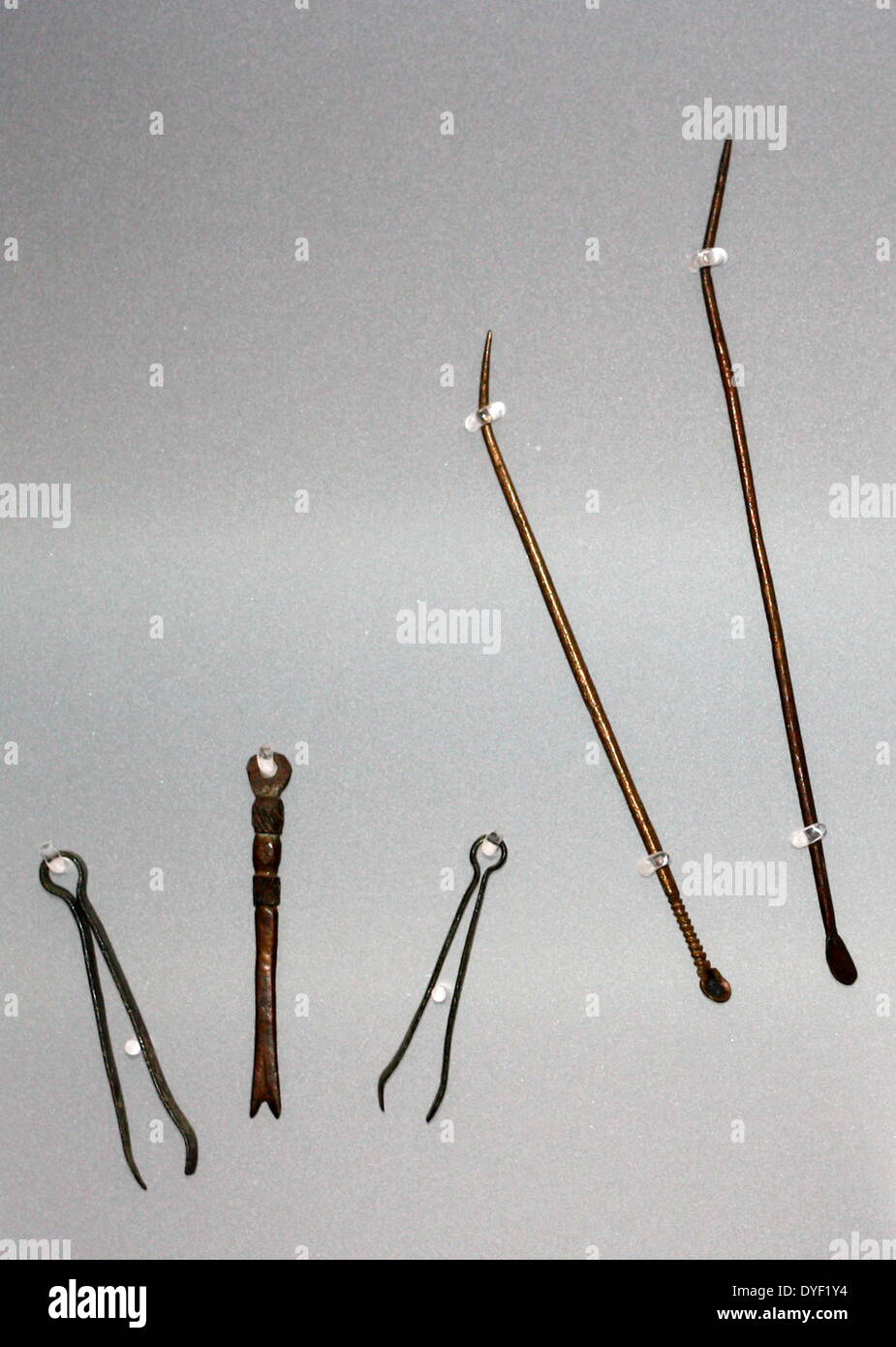 Roman Bracelets and finger rings - Bracelets were only worn by women, although both men and women wore finger rings. Circa 1st-4th century AD. Stock Photohttps://www.alamy.com/image-license-details/?v=1https://www.alamy.com/roman-bracelets-and-finger-rings-bracelets-were-only-worn-by-women-image68557640.html
Roman Bracelets and finger rings - Bracelets were only worn by women, although both men and women wore finger rings. Circa 1st-4th century AD. Stock Photohttps://www.alamy.com/image-license-details/?v=1https://www.alamy.com/roman-bracelets-and-finger-rings-bracelets-were-only-worn-by-women-image68557640.htmlRMDYF1Y4–Roman Bracelets and finger rings - Bracelets were only worn by women, although both men and women wore finger rings. Circa 1st-4th century AD.
 The Visitation Monastery. Roman catholic mass. Women praying. Pater Noster. Marclaz. France. Stock Photohttps://www.alamy.com/image-license-details/?v=1https://www.alamy.com/the-visitation-monastery-roman-catholic-mass-women-praying-pater-noster-marclaz-france-image240743061.html
The Visitation Monastery. Roman catholic mass. Women praying. Pater Noster. Marclaz. France. Stock Photohttps://www.alamy.com/image-license-details/?v=1https://www.alamy.com/the-visitation-monastery-roman-catholic-mass-women-praying-pater-noster-marclaz-france-image240743061.htmlRFRYJP6D–The Visitation Monastery. Roman catholic mass. Women praying. Pater Noster. Marclaz. France.
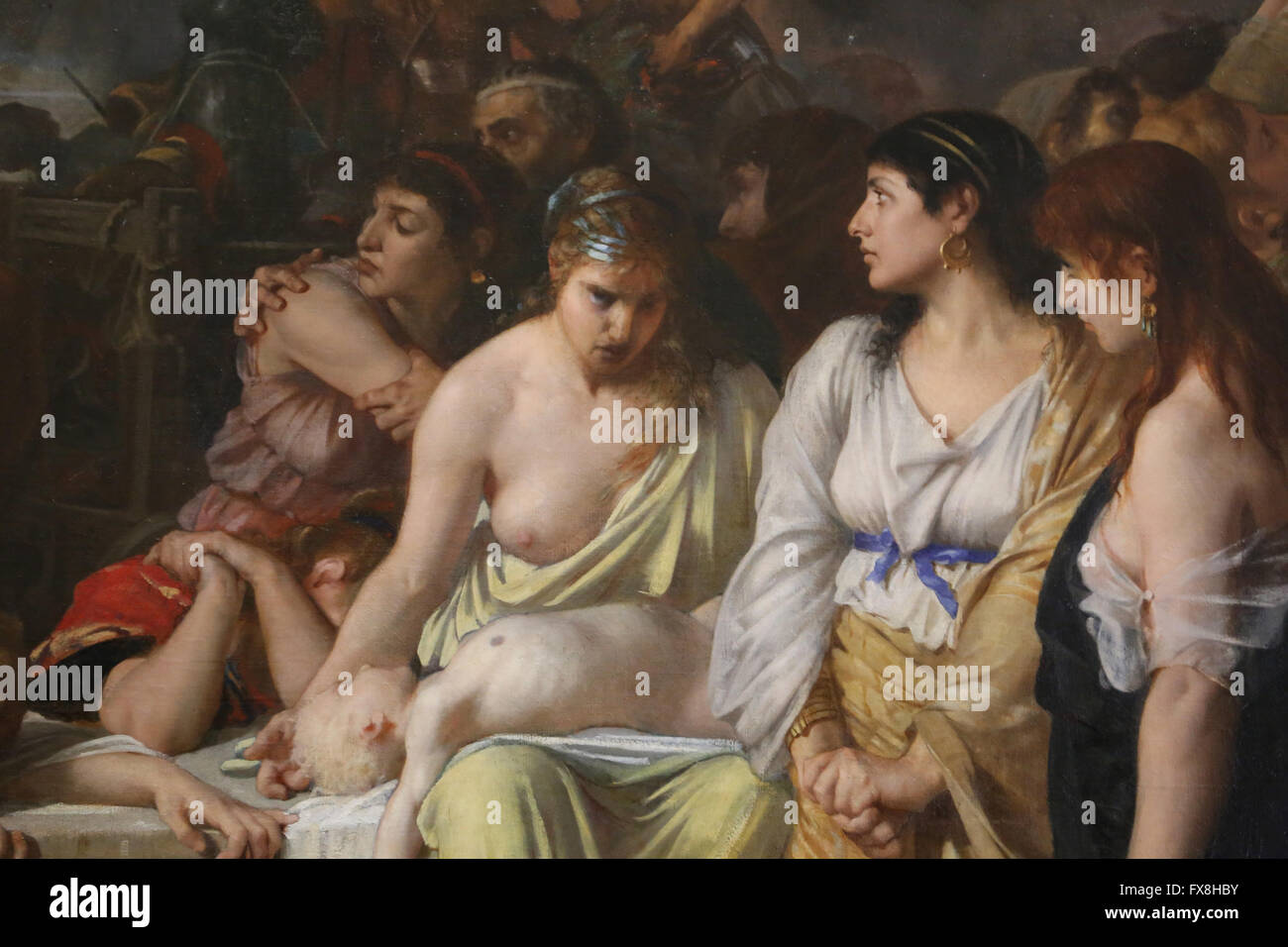 Last day on Corinth, 1870. Last day before the Roman legions looted and burned the Greek city. By Tony Robert-Fleury. Stock Photohttps://www.alamy.com/image-license-details/?v=1https://www.alamy.com/stock-photo-last-day-on-corinth-1870-last-day-before-the-roman-legions-looted-102222175.html
Last day on Corinth, 1870. Last day before the Roman legions looted and burned the Greek city. By Tony Robert-Fleury. Stock Photohttps://www.alamy.com/image-license-details/?v=1https://www.alamy.com/stock-photo-last-day-on-corinth-1870-last-day-before-the-roman-legions-looted-102222175.htmlRMFX8HBY–Last day on Corinth, 1870. Last day before the Roman legions looted and burned the Greek city. By Tony Robert-Fleury.
 Roman women offering their jewellery in defence of the state 1829 by Vincenzo Camuccini Stock Photohttps://www.alamy.com/image-license-details/?v=1https://www.alamy.com/roman-women-offering-their-jewellery-in-defence-of-the-state-1829-by-vincenzo-camuccini-image557313100.html
Roman women offering their jewellery in defence of the state 1829 by Vincenzo Camuccini Stock Photohttps://www.alamy.com/image-license-details/?v=1https://www.alamy.com/roman-women-offering-their-jewellery-in-defence-of-the-state-1829-by-vincenzo-camuccini-image557313100.htmlRM2RAKPF8–Roman women offering their jewellery in defence of the state 1829 by Vincenzo Camuccini
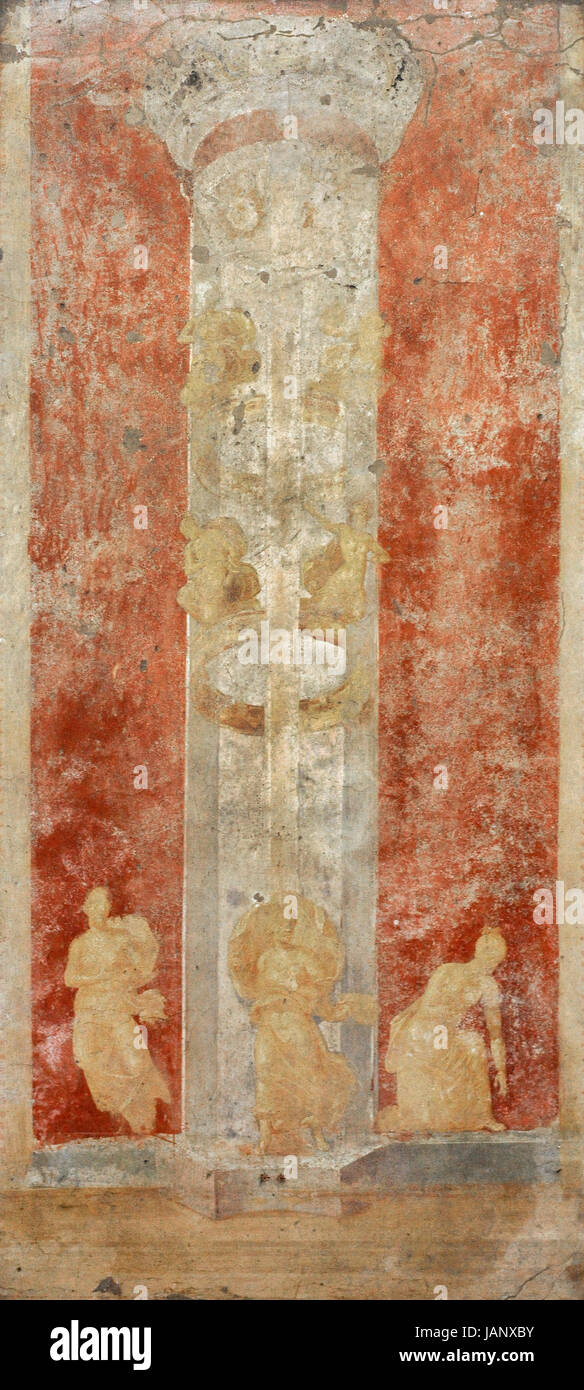 Roman painting depicting a column and a group of women. Fresco of peristyle of the house of the Dioscuri. National Archaeological Museum. Naples. Italy. Stock Photohttps://www.alamy.com/image-license-details/?v=1https://www.alamy.com/stock-photo-roman-painting-depicting-a-column-and-a-group-of-women-fresco-of-peristyle-144311215.html
Roman painting depicting a column and a group of women. Fresco of peristyle of the house of the Dioscuri. National Archaeological Museum. Naples. Italy. Stock Photohttps://www.alamy.com/image-license-details/?v=1https://www.alamy.com/stock-photo-roman-painting-depicting-a-column-and-a-group-of-women-fresco-of-peristyle-144311215.htmlRMJANXBY–Roman painting depicting a column and a group of women. Fresco of peristyle of the house of the Dioscuri. National Archaeological Museum. Naples. Italy.
 Dr. Nancy Grace Roman, NASA's first Chief of Astronomy and 'the Mother of Hubble,' visits the Space Telescope Operations Control Center at NASA's Goddard Space Flight Center on March 31, 2017, and meets with some women from the Hubble Space Telescope project. Left to right: Beverly Serrano, Morgan Van Arsdall, Nancy Grace Roman, Olivia Lupie, Padi Boyd, and Erin Kisliuk. Stock Photohttps://www.alamy.com/image-license-details/?v=1https://www.alamy.com/dr-nancy-grace-roman-nasas-first-chief-of-astronomy-and-the-mother-of-hubble-visits-the-space-telescope-operations-control-center-at-nasas-goddard-space-flight-center-on-march-31-2017-and-meets-with-some-women-from-the-hubble-space-telescope-project-left-to-right-beverly-serrano-morgan-van-arsdall-nancy-grace-roman-olivia-lupie-padi-boyd-and-erin-kisliuk-image610811342.html
Dr. Nancy Grace Roman, NASA's first Chief of Astronomy and 'the Mother of Hubble,' visits the Space Telescope Operations Control Center at NASA's Goddard Space Flight Center on March 31, 2017, and meets with some women from the Hubble Space Telescope project. Left to right: Beverly Serrano, Morgan Van Arsdall, Nancy Grace Roman, Olivia Lupie, Padi Boyd, and Erin Kisliuk. Stock Photohttps://www.alamy.com/image-license-details/?v=1https://www.alamy.com/dr-nancy-grace-roman-nasas-first-chief-of-astronomy-and-the-mother-of-hubble-visits-the-space-telescope-operations-control-center-at-nasas-goddard-space-flight-center-on-march-31-2017-and-meets-with-some-women-from-the-hubble-space-telescope-project-left-to-right-beverly-serrano-morgan-van-arsdall-nancy-grace-roman-olivia-lupie-padi-boyd-and-erin-kisliuk-image610811342.htmlRM2XDMT2P–Dr. Nancy Grace Roman, NASA's first Chief of Astronomy and 'the Mother of Hubble,' visits the Space Telescope Operations Control Center at NASA's Goddard Space Flight Center on March 31, 2017, and meets with some women from the Hubble Space Telescope project. Left to right: Beverly Serrano, Morgan Van Arsdall, Nancy Grace Roman, Olivia Lupie, Padi Boyd, and Erin Kisliuk.
 Marcantonio Raimondi, (artist), Roman, c. 1480 - c. 1534, Raphael, (artist after), Marchigian, 1483 - 1520, Two Women with the Zodiac, engraving Stock Photohttps://www.alamy.com/image-license-details/?v=1https://www.alamy.com/marcantonio-raimondi-artist-roman-c-1480-c-1534-raphael-artist-after-marchigian-1483-1520-two-women-with-the-zodiac-engraving-image386313862.html
Marcantonio Raimondi, (artist), Roman, c. 1480 - c. 1534, Raphael, (artist after), Marchigian, 1483 - 1520, Two Women with the Zodiac, engraving Stock Photohttps://www.alamy.com/image-license-details/?v=1https://www.alamy.com/marcantonio-raimondi-artist-roman-c-1480-c-1534-raphael-artist-after-marchigian-1483-1520-two-women-with-the-zodiac-engraving-image386313862.htmlRM2DCE37J–Marcantonio Raimondi, (artist), Roman, c. 1480 - c. 1534, Raphael, (artist after), Marchigian, 1483 - 1520, Two Women with the Zodiac, engraving
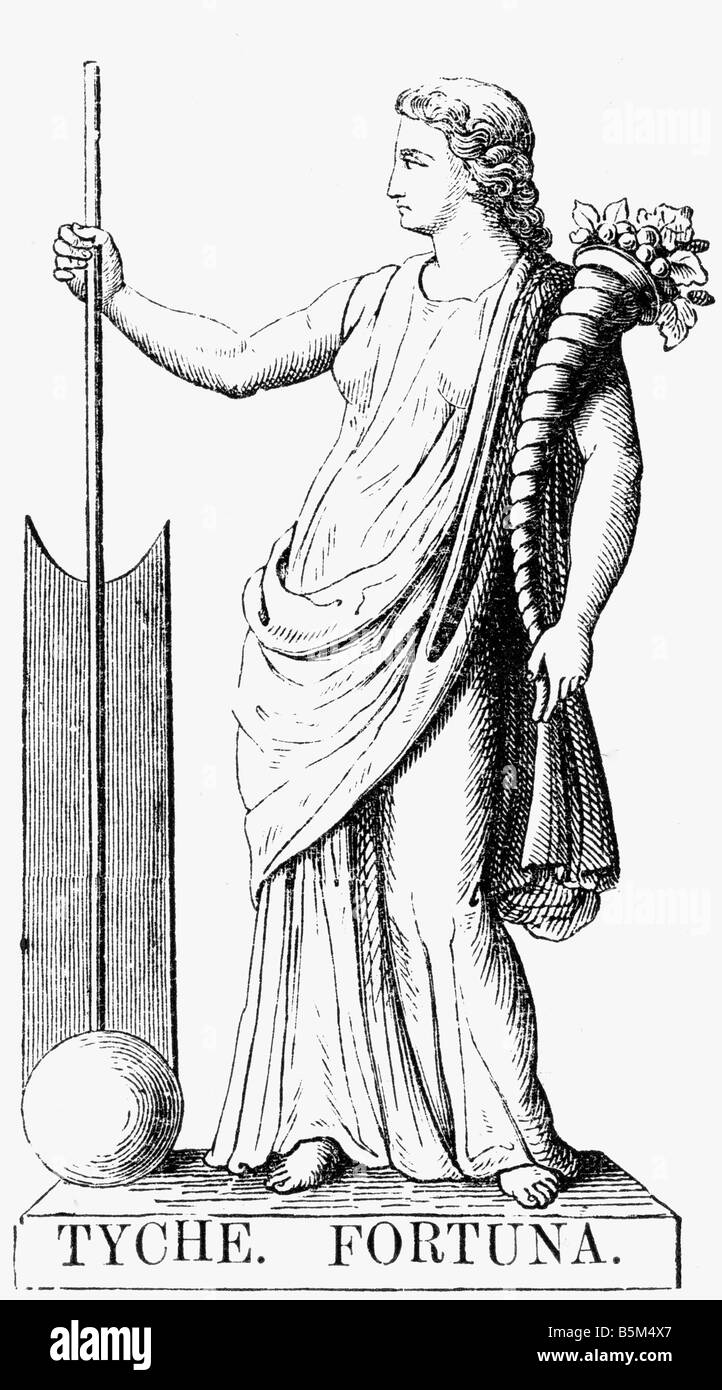 Fortuna, Roman goddess of fortune, wood engraving, 1875, after ancient image, Stock Photohttps://www.alamy.com/image-license-details/?v=1https://www.alamy.com/stock-photo-fortuna-roman-goddess-of-fortune-wood-engraving-1875-after-ancient-20726559.html
Fortuna, Roman goddess of fortune, wood engraving, 1875, after ancient image, Stock Photohttps://www.alamy.com/image-license-details/?v=1https://www.alamy.com/stock-photo-fortuna-roman-goddess-of-fortune-wood-engraving-1875-after-ancient-20726559.htmlRMB5M4X7–Fortuna, Roman goddess of fortune, wood engraving, 1875, after ancient image,
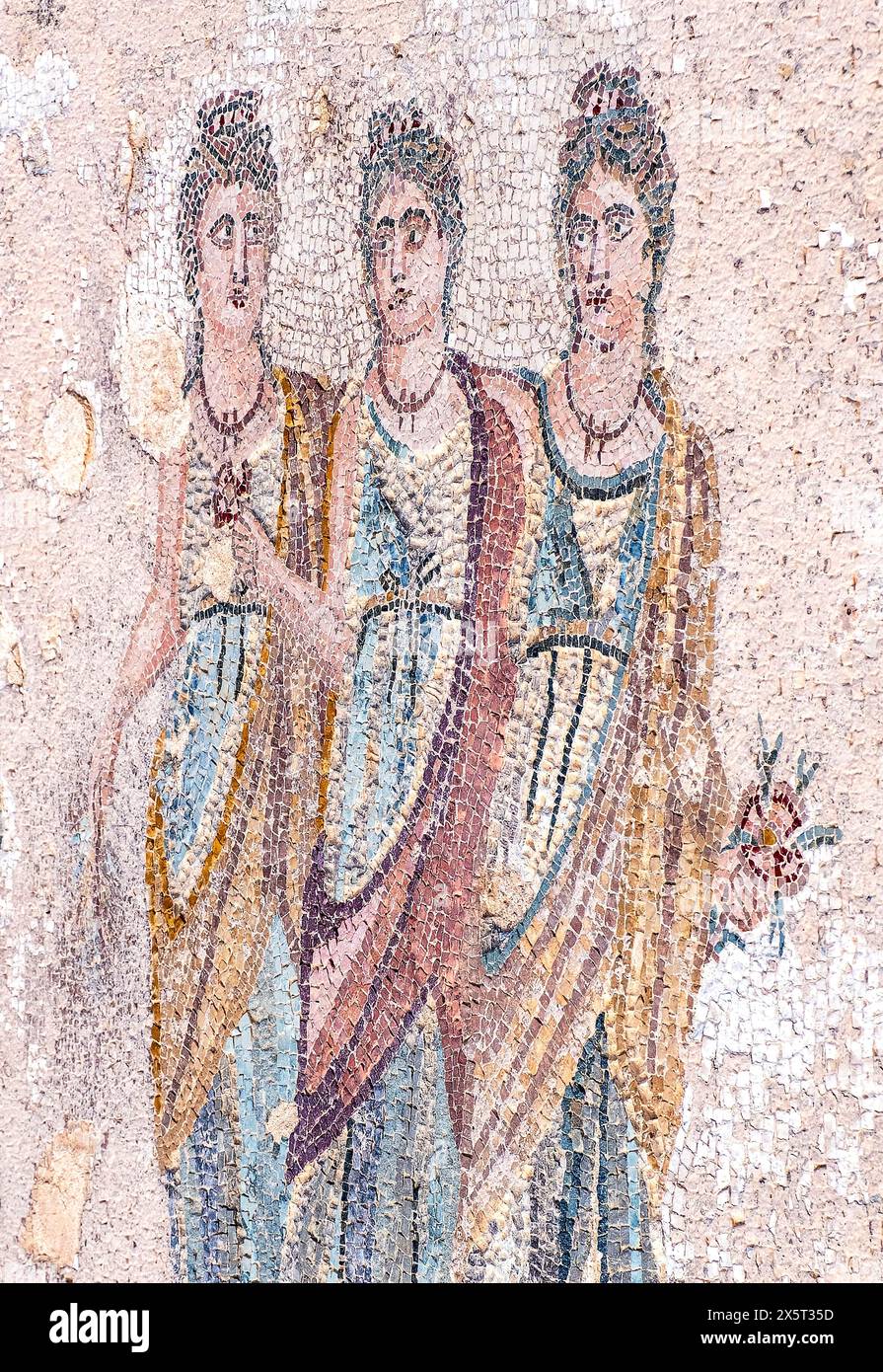 The Three Horae Mosaic. This central mosaic floor depicts the Three Horae on a white background by a catenary tress zone. Paphos Archaeological park. Stock Photohttps://www.alamy.com/image-license-details/?v=1https://www.alamy.com/the-three-horae-mosaic-this-central-mosaic-floor-depicts-the-three-horae-on-a-white-background-by-a-catenary-tress-zone-paphos-archaeological-park-image605965513.html
The Three Horae Mosaic. This central mosaic floor depicts the Three Horae on a white background by a catenary tress zone. Paphos Archaeological park. Stock Photohttps://www.alamy.com/image-license-details/?v=1https://www.alamy.com/the-three-horae-mosaic-this-central-mosaic-floor-depicts-the-three-horae-on-a-white-background-by-a-catenary-tress-zone-paphos-archaeological-park-image605965513.htmlRM2X5T35D–The Three Horae Mosaic. This central mosaic floor depicts the Three Horae on a white background by a catenary tress zone. Paphos Archaeological park.
 Lex Oppia Roman Women Stock Photohttps://www.alamy.com/image-license-details/?v=1https://www.alamy.com/lex-oppia-roman-women-image6073185.html
Lex Oppia Roman Women Stock Photohttps://www.alamy.com/image-license-details/?v=1https://www.alamy.com/lex-oppia-roman-women-image6073185.htmlRMA309X2–Lex Oppia Roman Women
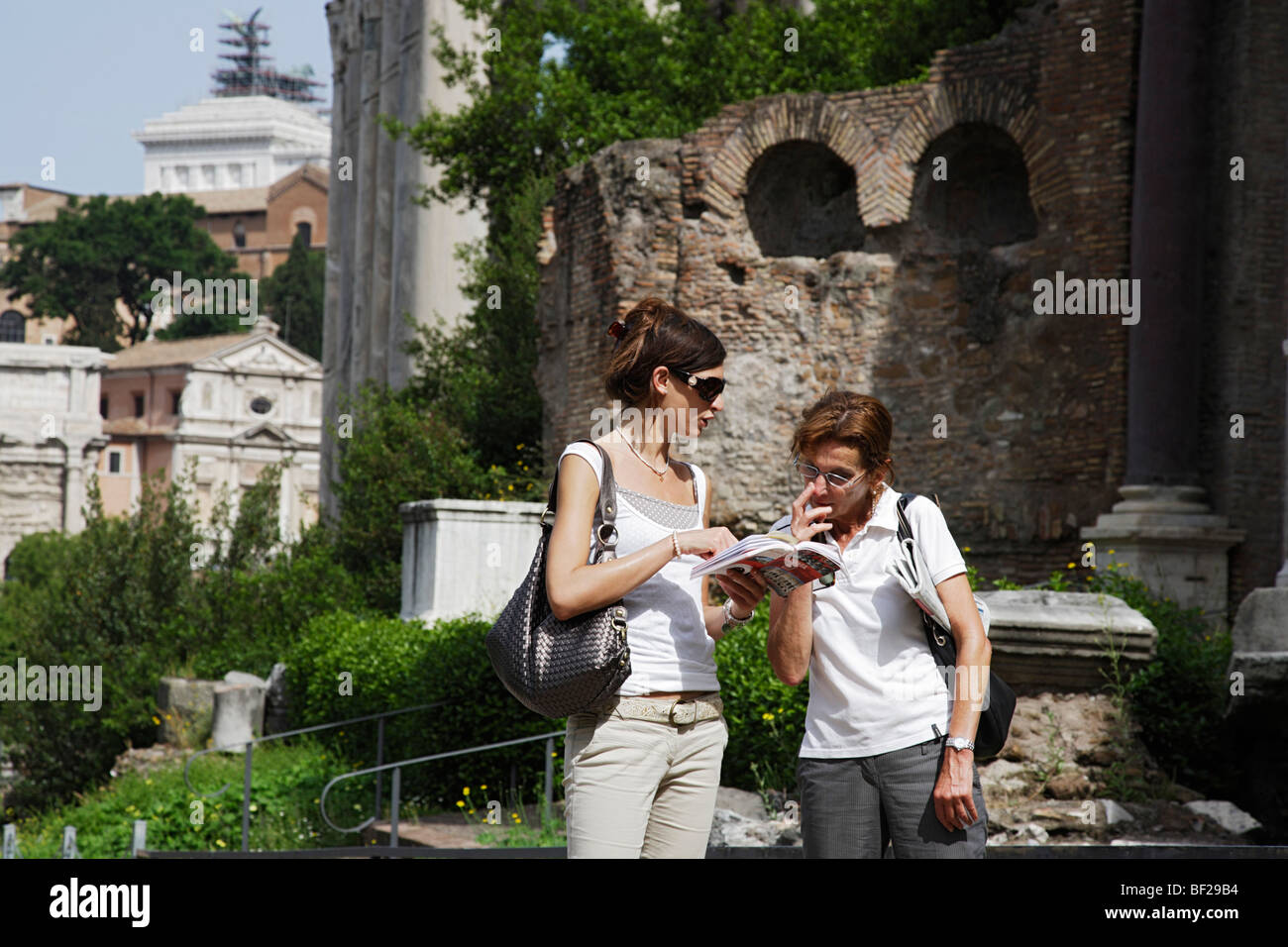 Women reading guidebook in Roman Forum, Rome, Italy Stock Photohttps://www.alamy.com/image-license-details/?v=1https://www.alamy.com/stock-photo-women-reading-guidebook-in-roman-forum-rome-italy-26481480.html
Women reading guidebook in Roman Forum, Rome, Italy Stock Photohttps://www.alamy.com/image-license-details/?v=1https://www.alamy.com/stock-photo-women-reading-guidebook-in-roman-forum-rome-italy-26481480.htmlRMBF29B4–Women reading guidebook in Roman Forum, Rome, Italy
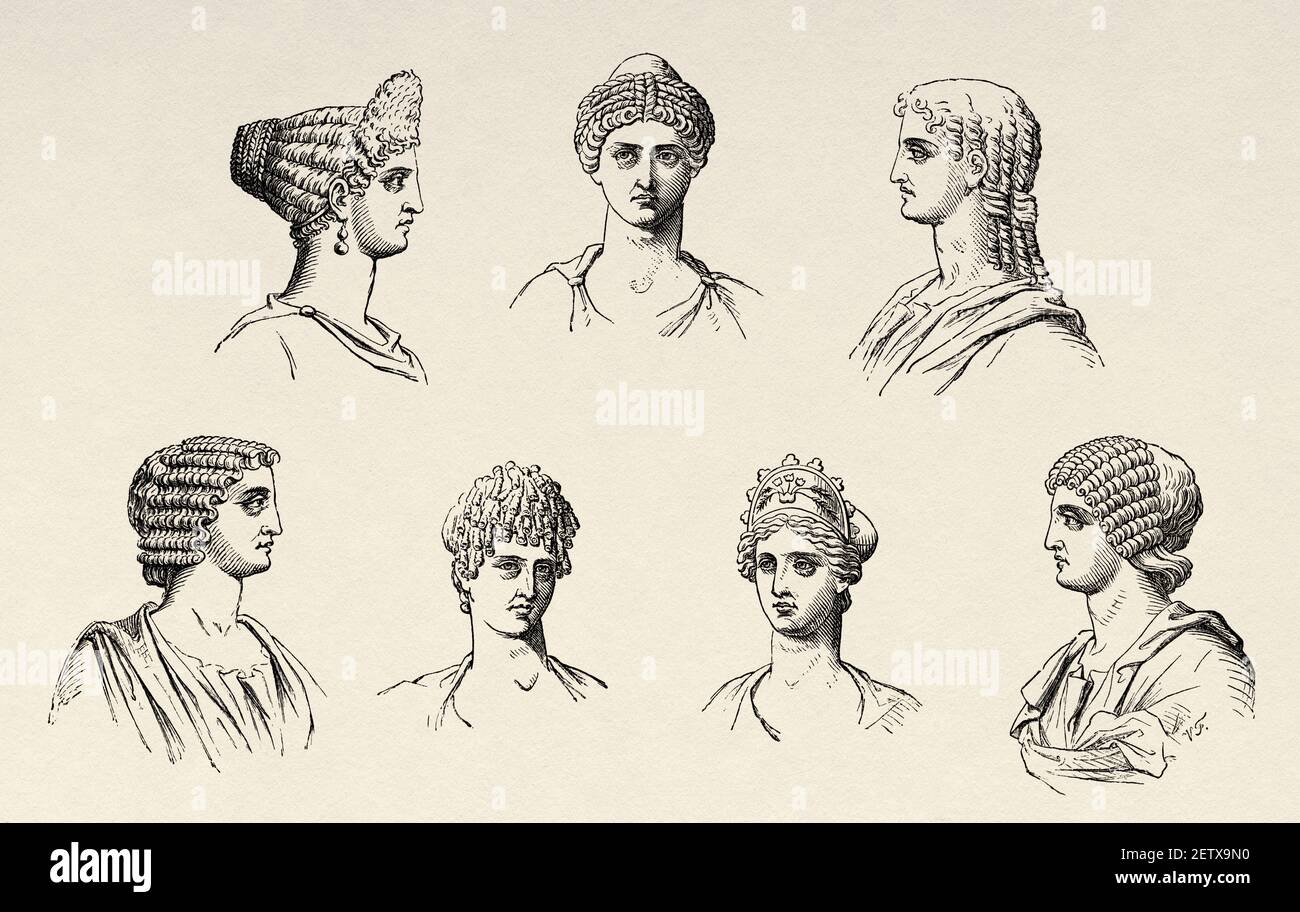 Ancient Roman women hairstyles, Ancient roman empire. Italy, Europe. Old 19th century engraved illustration, El Mundo Ilustrado 1881 Stock Photohttps://www.alamy.com/image-license-details/?v=1https://www.alamy.com/ancient-roman-women-hairstyles-ancient-roman-empire-italy-europe-old-19th-century-engraved-illustration-el-mundo-ilustrado-1881-image411168604.html
Ancient Roman women hairstyles, Ancient roman empire. Italy, Europe. Old 19th century engraved illustration, El Mundo Ilustrado 1881 Stock Photohttps://www.alamy.com/image-license-details/?v=1https://www.alamy.com/ancient-roman-women-hairstyles-ancient-roman-empire-italy-europe-old-19th-century-engraved-illustration-el-mundo-ilustrado-1881-image411168604.htmlRM2ETX9N0–Ancient Roman women hairstyles, Ancient roman empire. Italy, Europe. Old 19th century engraved illustration, El Mundo Ilustrado 1881
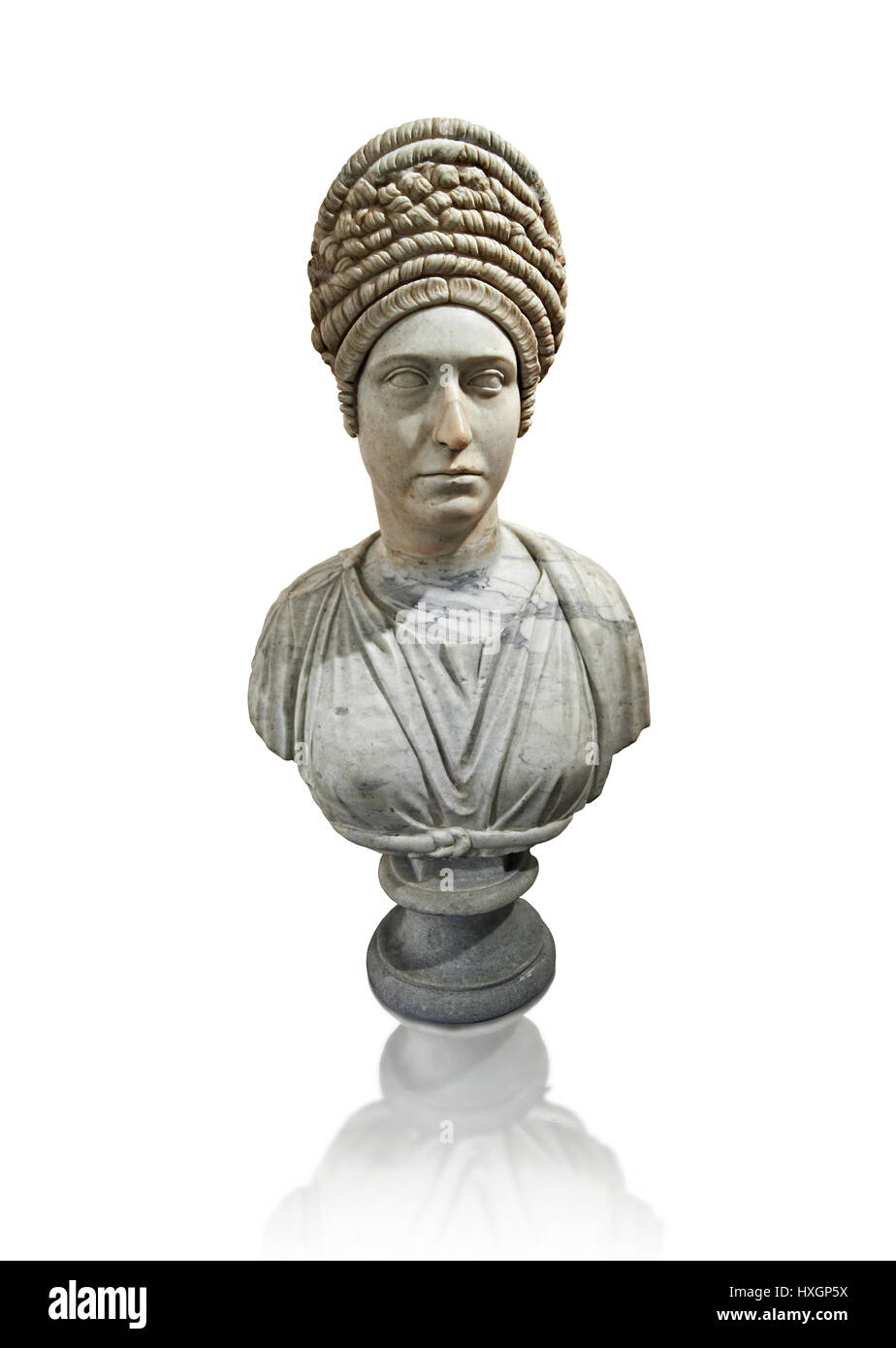 Roman women sculpture with typical Trajan period hair style, Late Trajan period 98-117 AD, inv 6074, Naples National Museum of Archaeology, Italy, Stock Photohttps://www.alamy.com/image-license-details/?v=1https://www.alamy.com/stock-photo-roman-women-sculpture-with-typical-trajan-period-hair-style-late-trajan-136822278.html
Roman women sculpture with typical Trajan period hair style, Late Trajan period 98-117 AD, inv 6074, Naples National Museum of Archaeology, Italy, Stock Photohttps://www.alamy.com/image-license-details/?v=1https://www.alamy.com/stock-photo-roman-women-sculpture-with-typical-trajan-period-hair-style-late-trajan-136822278.htmlRFHXGP5X–Roman women sculpture with typical Trajan period hair style, Late Trajan period 98-117 AD, inv 6074, Naples National Museum of Archaeology, Italy,
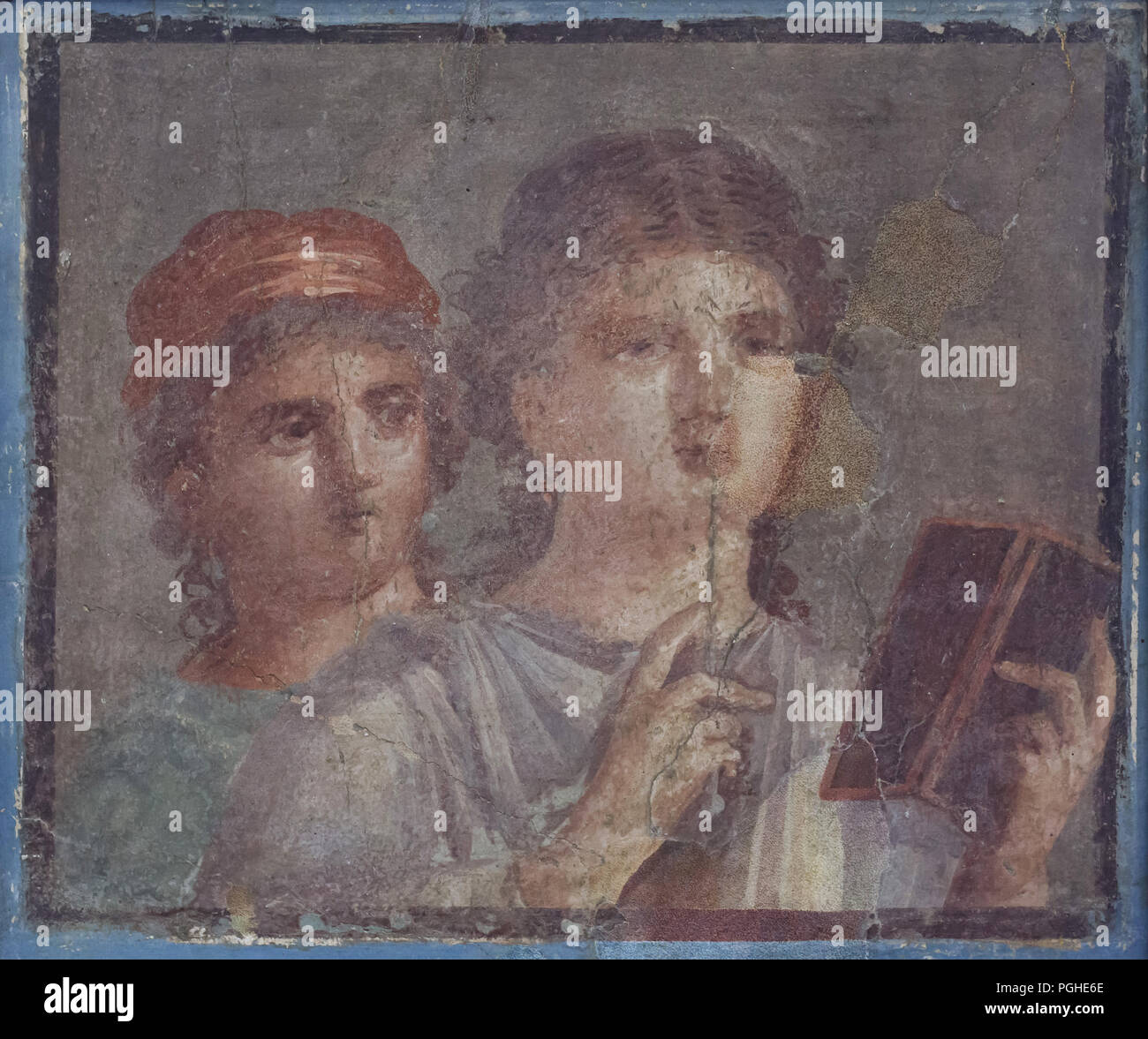 Portrait of two women with wax tablets and stylus depicted in the Roman fresco from Herculaneum (1-79 AD), now on display in the National Archaeological Museum (Museo Archeologico Nazionale di Napoli) in Naples, Campania, Italy. Stock Photohttps://www.alamy.com/image-license-details/?v=1https://www.alamy.com/portrait-of-two-women-with-wax-tablets-and-stylus-depicted-in-the-roman-fresco-from-herculaneum-1-79-ad-now-on-display-in-the-national-archaeological-museum-museo-archeologico-nazionale-di-napoli-in-naples-campania-italy-image216743254.html
Portrait of two women with wax tablets and stylus depicted in the Roman fresco from Herculaneum (1-79 AD), now on display in the National Archaeological Museum (Museo Archeologico Nazionale di Napoli) in Naples, Campania, Italy. Stock Photohttps://www.alamy.com/image-license-details/?v=1https://www.alamy.com/portrait-of-two-women-with-wax-tablets-and-stylus-depicted-in-the-roman-fresco-from-herculaneum-1-79-ad-now-on-display-in-the-national-archaeological-museum-museo-archeologico-nazionale-di-napoli-in-naples-campania-italy-image216743254.htmlRMPGHE6E–Portrait of two women with wax tablets and stylus depicted in the Roman fresco from Herculaneum (1-79 AD), now on display in the National Archaeological Museum (Museo Archeologico Nazionale di Napoli) in Naples, Campania, Italy.
 Maine South Portland,Calvary Cemetery,Roman Catholic Diocese of Portland,statue,praying,woman female women,religion,Christian,ME120826055 Stock Photohttps://www.alamy.com/image-license-details/?v=1https://www.alamy.com/stock-photo-maine-south-portlandcalvary-cemeteryroman-catholic-diocese-of-portlandstatueprayingwoman-51097424.html
Maine South Portland,Calvary Cemetery,Roman Catholic Diocese of Portland,statue,praying,woman female women,religion,Christian,ME120826055 Stock Photohttps://www.alamy.com/image-license-details/?v=1https://www.alamy.com/stock-photo-maine-south-portlandcalvary-cemeteryroman-catholic-diocese-of-portlandstatueprayingwoman-51097424.htmlRMCY3K80–Maine South Portland,Calvary Cemetery,Roman Catholic Diocese of Portland,statue,praying,woman female women,religion,Christian,ME120826055
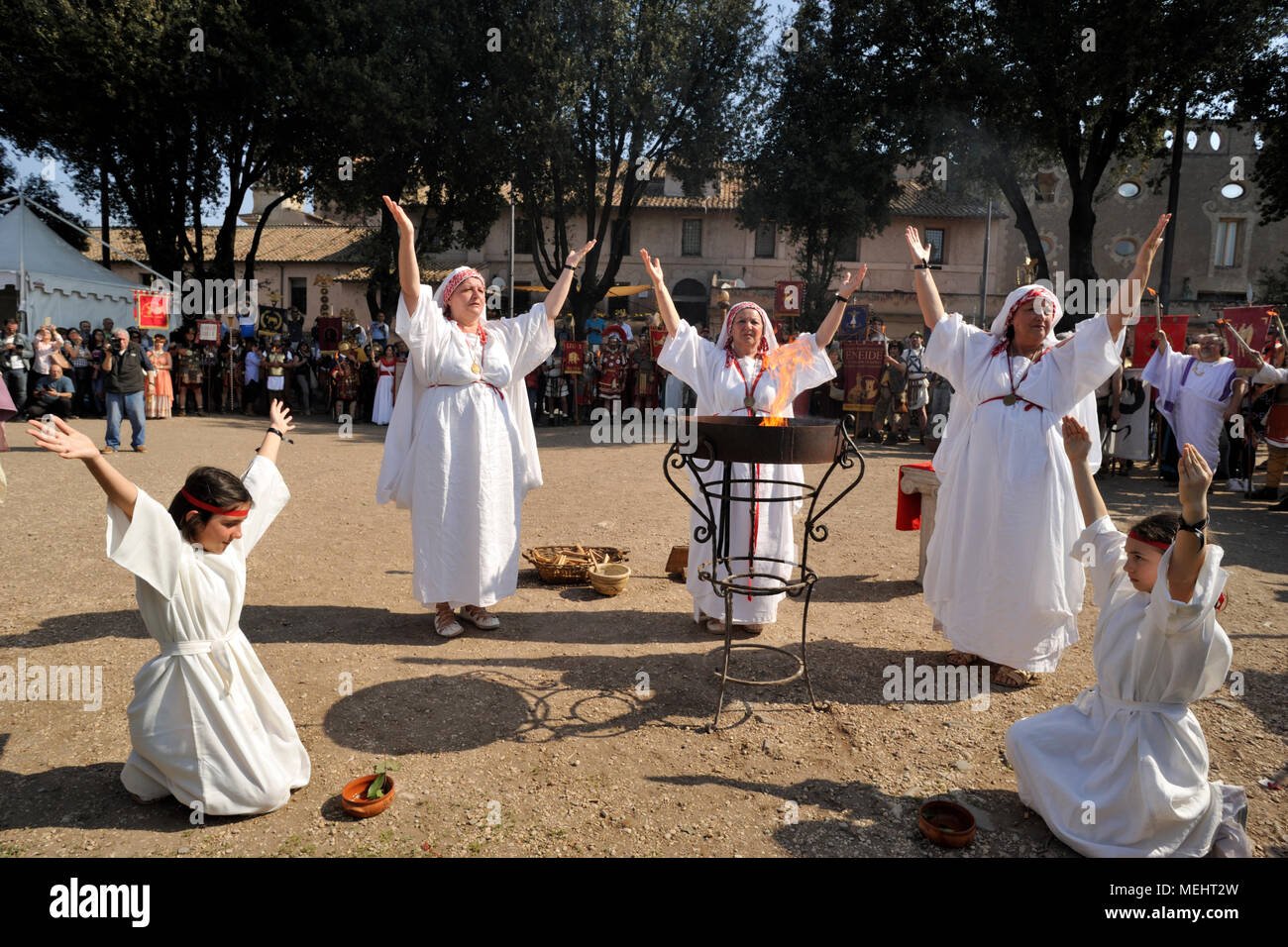 Rome, Italy. 22nd April, 2018. Natale di Roma in Rome, Italy. Rome celebrates the 2771st anniversary of the foundation of the city in 21st April 753 B.C. Historical parade in the streets of Rome. People are dressed in ancient roman costumes. Opening ceremony at the Circus Maximus: the Vestals light the sacred fire. Credit: Vito Arcomano/Alamy Live News Stock Photohttps://www.alamy.com/image-license-details/?v=1https://www.alamy.com/rome-italy-22nd-april-2018-natale-di-roma-in-rome-italy-rome-celebrates-the-2771st-anniversary-of-the-foundation-of-the-city-in-21st-april-753-bc-historical-parade-in-the-streets-of-rome-people-are-dressed-in-ancient-roman-costumes-opening-ceremony-at-the-circus-maximus-the-vestals-light-the-sacred-fire-credit-vito-arcomanoalamy-live-news-image181100945.html
Rome, Italy. 22nd April, 2018. Natale di Roma in Rome, Italy. Rome celebrates the 2771st anniversary of the foundation of the city in 21st April 753 B.C. Historical parade in the streets of Rome. People are dressed in ancient roman costumes. Opening ceremony at the Circus Maximus: the Vestals light the sacred fire. Credit: Vito Arcomano/Alamy Live News Stock Photohttps://www.alamy.com/image-license-details/?v=1https://www.alamy.com/rome-italy-22nd-april-2018-natale-di-roma-in-rome-italy-rome-celebrates-the-2771st-anniversary-of-the-foundation-of-the-city-in-21st-april-753-bc-historical-parade-in-the-streets-of-rome-people-are-dressed-in-ancient-roman-costumes-opening-ceremony-at-the-circus-maximus-the-vestals-light-the-sacred-fire-credit-vito-arcomanoalamy-live-news-image181100945.htmlRMMEHT2W–Rome, Italy. 22nd April, 2018. Natale di Roma in Rome, Italy. Rome celebrates the 2771st anniversary of the foundation of the city in 21st April 753 B.C. Historical parade in the streets of Rome. People are dressed in ancient roman costumes. Opening ceremony at the Circus Maximus: the Vestals light the sacred fire. Credit: Vito Arcomano/Alamy Live News
 Engraving of a ladies' Roman bath house, published 1892 Stock Photohttps://www.alamy.com/image-license-details/?v=1https://www.alamy.com/engraving-of-a-ladies-roman-bath-house-published-1892-image455364507.html
Engraving of a ladies' Roman bath house, published 1892 Stock Photohttps://www.alamy.com/image-license-details/?v=1https://www.alamy.com/engraving-of-a-ladies-roman-bath-house-published-1892-image455364507.htmlRM2HCRJ23–Engraving of a ladies' Roman bath house, published 1892
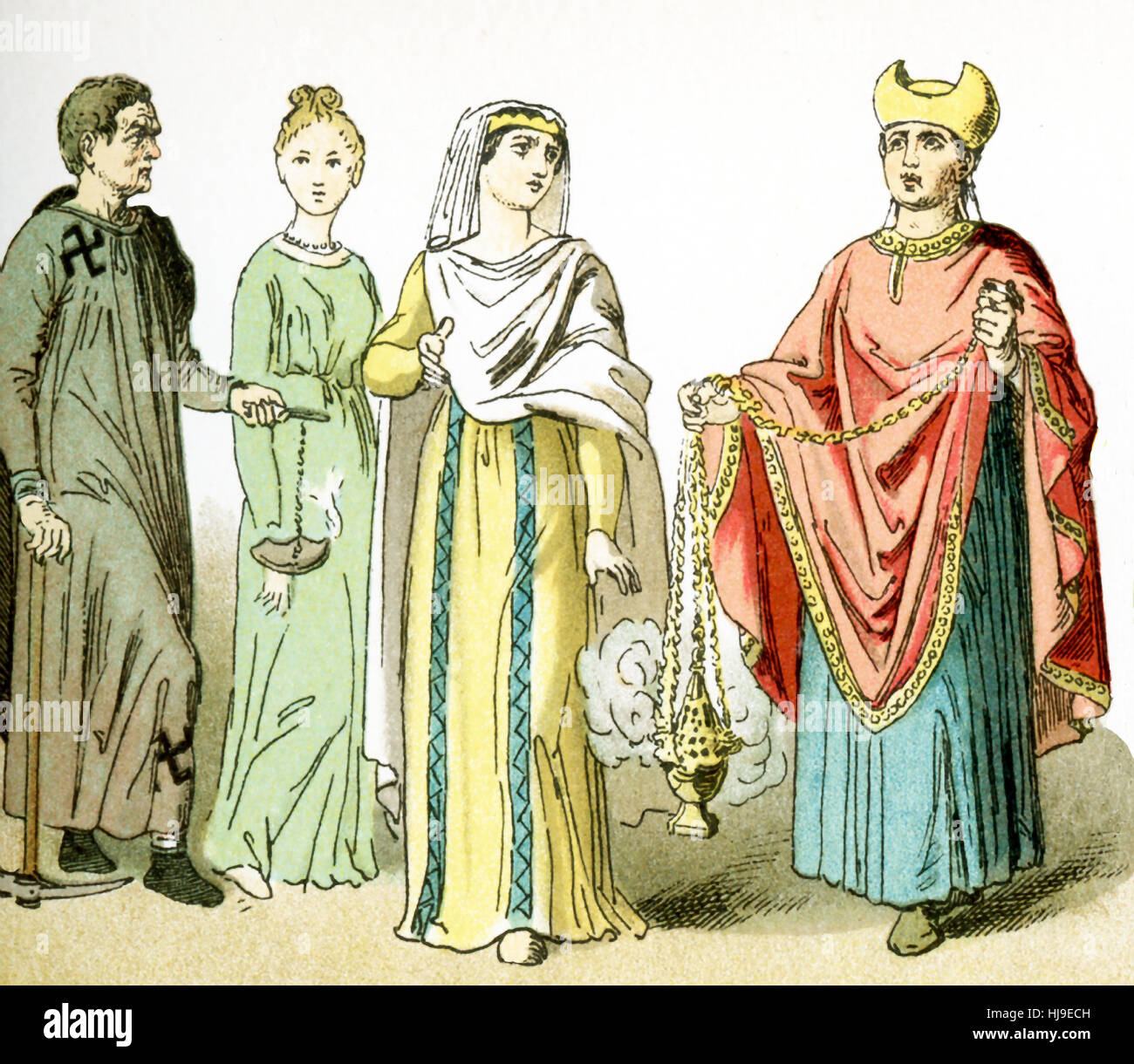 The figures represented here, from left to right, represent ancient Roman Christians. From left to right, they are: a gravedigger from the catacombs, two women, and a priest. The illustration dates to 1882. Stock Photohttps://www.alamy.com/image-license-details/?v=1https://www.alamy.com/stock-photo-the-figures-represented-here-from-left-to-right-represent-ancient-131745281.html
The figures represented here, from left to right, represent ancient Roman Christians. From left to right, they are: a gravedigger from the catacombs, two women, and a priest. The illustration dates to 1882. Stock Photohttps://www.alamy.com/image-license-details/?v=1https://www.alamy.com/stock-photo-the-figures-represented-here-from-left-to-right-represent-ancient-131745281.htmlRFHJ9ECH–The figures represented here, from left to right, represent ancient Roman Christians. From left to right, they are: a gravedigger from the catacombs, two women, and a priest. The illustration dates to 1882.
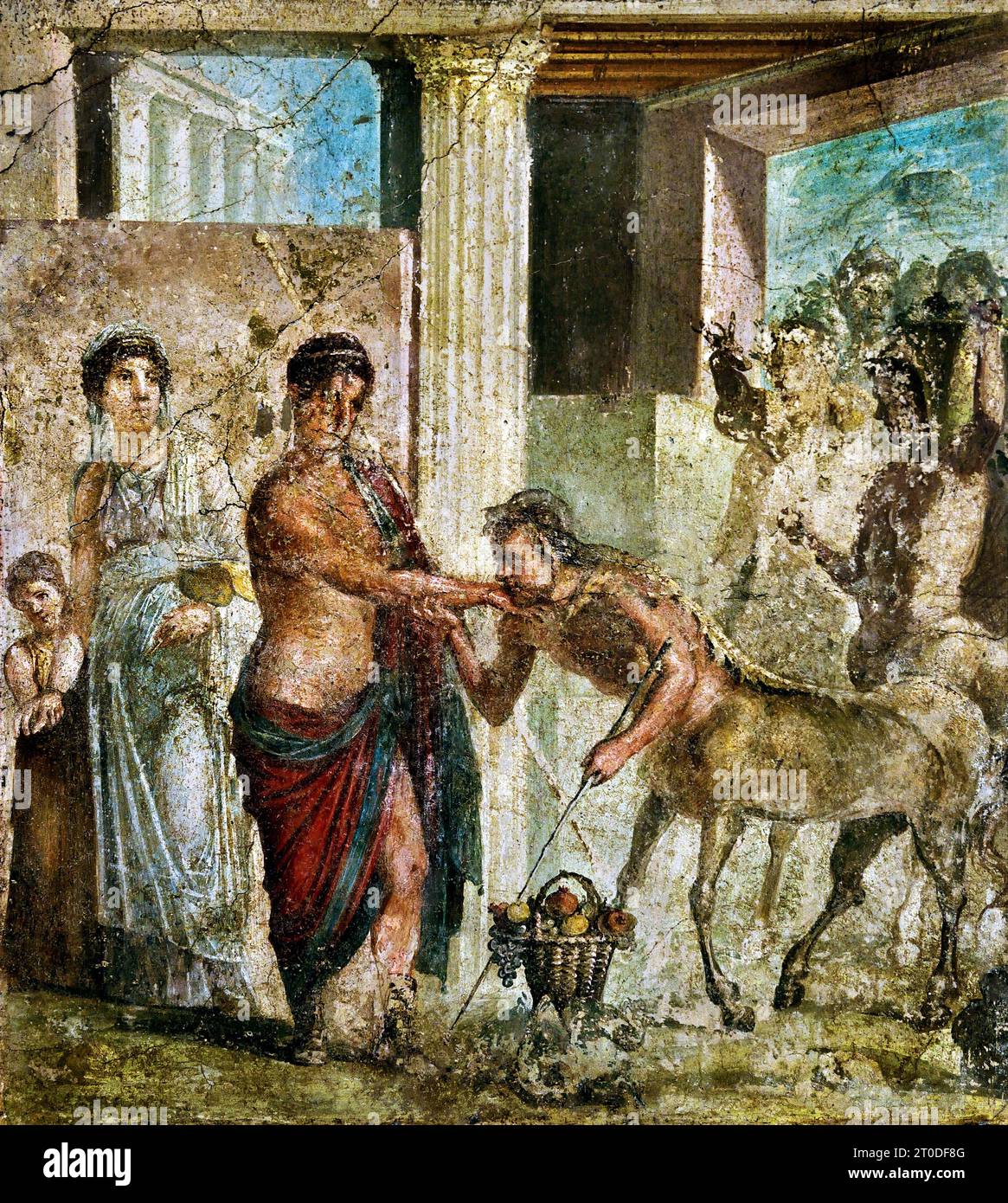 Pirithous with Hippodamia at a wedding where centaurs kidnapped the Lapith women, House of Gavius Rufus VII, Fresco Pompeii Roman City is located near Naples in the Campania region of Italy. Pompeii was buried under 4-6 m of volcanic ash and pumice in the eruption of Mount Vesuvius in AD 79. Italy Stock Photohttps://www.alamy.com/image-license-details/?v=1https://www.alamy.com/pirithous-with-hippodamia-at-a-wedding-where-centaurs-kidnapped-the-lapith-women-house-of-gavius-rufus-vii-fresco-pompeii-roman-city-is-located-near-naples-in-the-campania-region-of-italy-pompeii-was-buried-under-4-6-m-of-volcanic-ash-and-pumice-in-the-eruption-of-mount-vesuvius-in-ad-79-italy-image568239520.html
Pirithous with Hippodamia at a wedding where centaurs kidnapped the Lapith women, House of Gavius Rufus VII, Fresco Pompeii Roman City is located near Naples in the Campania region of Italy. Pompeii was buried under 4-6 m of volcanic ash and pumice in the eruption of Mount Vesuvius in AD 79. Italy Stock Photohttps://www.alamy.com/image-license-details/?v=1https://www.alamy.com/pirithous-with-hippodamia-at-a-wedding-where-centaurs-kidnapped-the-lapith-women-house-of-gavius-rufus-vii-fresco-pompeii-roman-city-is-located-near-naples-in-the-campania-region-of-italy-pompeii-was-buried-under-4-6-m-of-volcanic-ash-and-pumice-in-the-eruption-of-mount-vesuvius-in-ad-79-italy-image568239520.htmlRM2T0DF8G–Pirithous with Hippodamia at a wedding where centaurs kidnapped the Lapith women, House of Gavius Rufus VII, Fresco Pompeii Roman City is located near Naples in the Campania region of Italy. Pompeii was buried under 4-6 m of volcanic ash and pumice in the eruption of Mount Vesuvius in AD 79. Italy
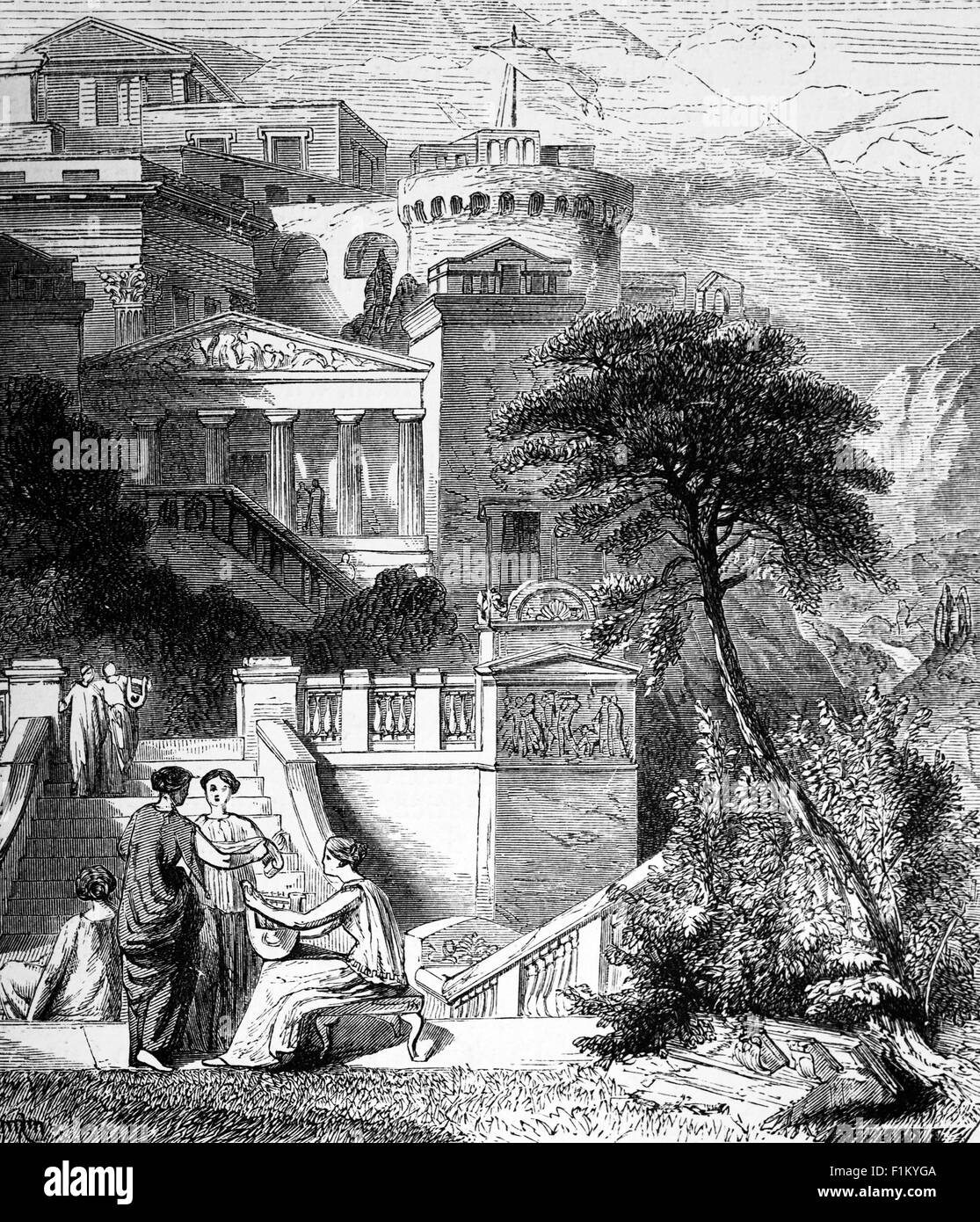 Women in the garden terraces of 1st Century BC Rome, Italy. Originally sources of vegetables, herbs, and fruit for the household, by the imperial period, any garden of significant size could incorporated plants, water features, and statues to create a carefully designed haven for the garden’s owner. Stock Photohttps://www.alamy.com/image-license-details/?v=1https://www.alamy.com/stock-photo-women-in-the-garden-terraces-of-1st-century-bc-rome-italy-originally-87105210.html
Women in the garden terraces of 1st Century BC Rome, Italy. Originally sources of vegetables, herbs, and fruit for the household, by the imperial period, any garden of significant size could incorporated plants, water features, and statues to create a carefully designed haven for the garden’s owner. Stock Photohttps://www.alamy.com/image-license-details/?v=1https://www.alamy.com/stock-photo-women-in-the-garden-terraces-of-1st-century-bc-rome-italy-originally-87105210.htmlRMF1KYGA–Women in the garden terraces of 1st Century BC Rome, Italy. Originally sources of vegetables, herbs, and fruit for the household, by the imperial period, any garden of significant size could incorporated plants, water features, and statues to create a carefully designed haven for the garden’s owner.
 Vintage engraving representing German women captured by Roman soldiers, scene carved on the victory colunm of Marcus Aurelius in Rome (II century) Stock Photohttps://www.alamy.com/image-license-details/?v=1https://www.alamy.com/stock-photo-vintage-engraving-representing-german-women-captured-by-roman-soldiers-135657071.html
Vintage engraving representing German women captured by Roman soldiers, scene carved on the victory colunm of Marcus Aurelius in Rome (II century) Stock Photohttps://www.alamy.com/image-license-details/?v=1https://www.alamy.com/stock-photo-vintage-engraving-representing-german-women-captured-by-roman-soldiers-135657071.htmlRFHTKKYB–Vintage engraving representing German women captured by Roman soldiers, scene carved on the victory colunm of Marcus Aurelius in Rome (II century)
 Art inspired by Drawings and Prints, Print, The Triumph of Two Roman Emperors (left-hand side) with soldiers on horseback and men, women, Classic works modernized by Artotop with a splash of modernity. Shapes, color and value, eye-catching visual impact on art. Emotions through freedom of artworks in a contemporary way. A timeless message pursuing a wildly creative new direction. Artists turning to the digital medium and creating the Artotop NFT Stock Photohttps://www.alamy.com/image-license-details/?v=1https://www.alamy.com/art-inspired-by-drawings-and-prints-print-the-triumph-of-two-roman-emperors-left-hand-side-with-soldiers-on-horseback-and-men-women-classic-works-modernized-by-artotop-with-a-splash-of-modernity-shapes-color-and-value-eye-catching-visual-impact-on-art-emotions-through-freedom-of-artworks-in-a-contemporary-way-a-timeless-message-pursuing-a-wildly-creative-new-direction-artists-turning-to-the-digital-medium-and-creating-the-artotop-nft-image463057571.html
Art inspired by Drawings and Prints, Print, The Triumph of Two Roman Emperors (left-hand side) with soldiers on horseback and men, women, Classic works modernized by Artotop with a splash of modernity. Shapes, color and value, eye-catching visual impact on art. Emotions through freedom of artworks in a contemporary way. A timeless message pursuing a wildly creative new direction. Artists turning to the digital medium and creating the Artotop NFT Stock Photohttps://www.alamy.com/image-license-details/?v=1https://www.alamy.com/art-inspired-by-drawings-and-prints-print-the-triumph-of-two-roman-emperors-left-hand-side-with-soldiers-on-horseback-and-men-women-classic-works-modernized-by-artotop-with-a-splash-of-modernity-shapes-color-and-value-eye-catching-visual-impact-on-art-emotions-through-freedom-of-artworks-in-a-contemporary-way-a-timeless-message-pursuing-a-wildly-creative-new-direction-artists-turning-to-the-digital-medium-and-creating-the-artotop-nft-image463057571.htmlRF2HWA2JB–Art inspired by Drawings and Prints, Print, The Triumph of Two Roman Emperors (left-hand side) with soldiers on horseback and men, women, Classic works modernized by Artotop with a splash of modernity. Shapes, color and value, eye-catching visual impact on art. Emotions through freedom of artworks in a contemporary way. A timeless message pursuing a wildly creative new direction. Artists turning to the digital medium and creating the Artotop NFT
 Exotic hunting spectacle from the Roman Circus in cornelian. Men and women mounted on horesback with lances watch lions hunt bull and boar chased by hounds. Caccia in corniola. Copperplate engraving by Giovanni Battista Galestruzzi after Leonardo Agostini from Gemmae et Sculpturae Antiquae Depicti ab Leonardo Augustino Senesi, Abraham Blooteling, Amsterdam, 1685. Stock Photohttps://www.alamy.com/image-license-details/?v=1https://www.alamy.com/exotic-hunting-spectacle-from-the-roman-circus-in-cornelian-men-and-women-mounted-on-horesback-with-lances-watch-lions-hunt-bull-and-boar-chased-by-hounds-caccia-in-corniola-copperplate-engraving-by-giovanni-battista-galestruzzi-after-leonardo-agostini-from-gemmae-et-sculpturae-antiquae-depicti-ab-leonardo-augustino-senesi-abraham-blooteling-amsterdam-1685-image499257991.html
Exotic hunting spectacle from the Roman Circus in cornelian. Men and women mounted on horesback with lances watch lions hunt bull and boar chased by hounds. Caccia in corniola. Copperplate engraving by Giovanni Battista Galestruzzi after Leonardo Agostini from Gemmae et Sculpturae Antiquae Depicti ab Leonardo Augustino Senesi, Abraham Blooteling, Amsterdam, 1685. Stock Photohttps://www.alamy.com/image-license-details/?v=1https://www.alamy.com/exotic-hunting-spectacle-from-the-roman-circus-in-cornelian-men-and-women-mounted-on-horesback-with-lances-watch-lions-hunt-bull-and-boar-chased-by-hounds-caccia-in-corniola-copperplate-engraving-by-giovanni-battista-galestruzzi-after-leonardo-agostini-from-gemmae-et-sculpturae-antiquae-depicti-ab-leonardo-augustino-senesi-abraham-blooteling-amsterdam-1685-image499257991.htmlRM2M074JF–Exotic hunting spectacle from the Roman Circus in cornelian. Men and women mounted on horesback with lances watch lions hunt bull and boar chased by hounds. Caccia in corniola. Copperplate engraving by Giovanni Battista Galestruzzi after Leonardo Agostini from Gemmae et Sculpturae Antiquae Depicti ab Leonardo Augustino Senesi, Abraham Blooteling, Amsterdam, 1685.
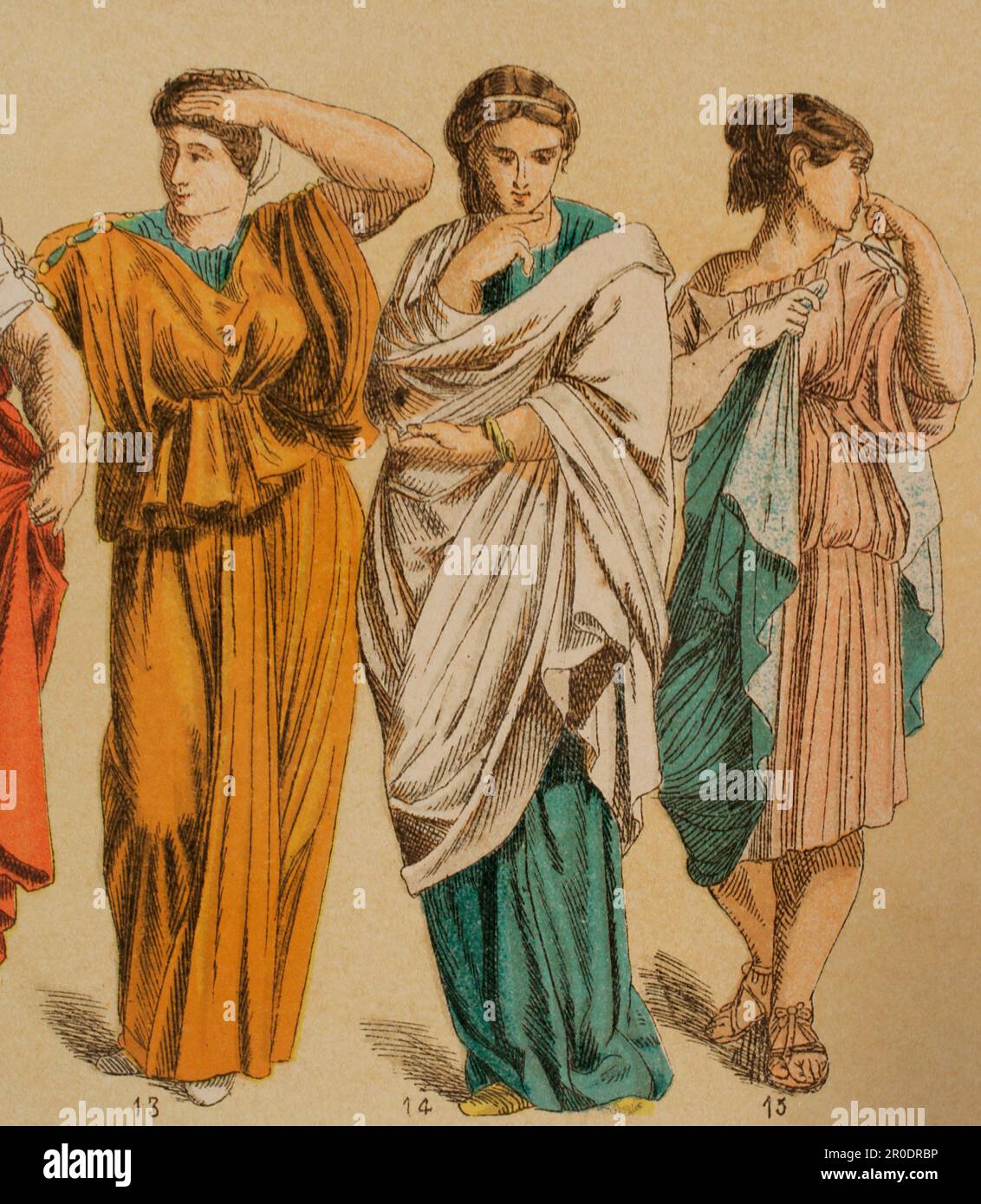 Roman Age. Costume. Roman women's coats. Chromolithography. 'Historia Universal' by César Cantú. Volume II, 1881. Stock Photohttps://www.alamy.com/image-license-details/?v=1https://www.alamy.com/roman-age-costume-roman-womens-coats-chromolithography-historia-universal-by-csar-cant-volume-ii-1881-image551035514.html
Roman Age. Costume. Roman women's coats. Chromolithography. 'Historia Universal' by César Cantú. Volume II, 1881. Stock Photohttps://www.alamy.com/image-license-details/?v=1https://www.alamy.com/roman-age-costume-roman-womens-coats-chromolithography-historia-universal-by-csar-cant-volume-ii-1881-image551035514.htmlRM2R0DRBP–Roman Age. Costume. Roman women's coats. Chromolithography. 'Historia Universal' by César Cantú. Volume II, 1881.
 Pieter Isaacsz, The Women of Rome Gathering at the Capitol, painting in oil on copper, 1600-1602 Stock Photohttps://www.alamy.com/image-license-details/?v=1https://www.alamy.com/pieter-isaacsz-the-women-of-rome-gathering-at-the-capitol-painting-in-oil-on-copper-1600-1602-image575636370.html
Pieter Isaacsz, The Women of Rome Gathering at the Capitol, painting in oil on copper, 1600-1602 Stock Photohttps://www.alamy.com/image-license-details/?v=1https://www.alamy.com/pieter-isaacsz-the-women-of-rome-gathering-at-the-capitol-painting-in-oil-on-copper-1600-1602-image575636370.htmlRM2TCEE1P–Pieter Isaacsz, The Women of Rome Gathering at the Capitol, painting in oil on copper, 1600-1602
 Wall Fragment with Two Women; Roman Empire; 1 - 75; Fresco; 28.6 × 21.4 × 3.8 cm 11 1,4 × 8 7,16 × 1 1,2 in Stock Photohttps://www.alamy.com/image-license-details/?v=1https://www.alamy.com/wall-fragment-with-two-women-roman-empire-1-75-fresco-286-214-38-cm-11-14-8-716-1-12-in-image220669926.html
Wall Fragment with Two Women; Roman Empire; 1 - 75; Fresco; 28.6 × 21.4 × 3.8 cm 11 1,4 × 8 7,16 × 1 1,2 in Stock Photohttps://www.alamy.com/image-license-details/?v=1https://www.alamy.com/wall-fragment-with-two-women-roman-empire-1-75-fresco-286-214-38-cm-11-14-8-716-1-12-in-image220669926.htmlRMPR0AMP–Wall Fragment with Two Women; Roman Empire; 1 - 75; Fresco; 28.6 × 21.4 × 3.8 cm 11 1,4 × 8 7,16 × 1 1,2 in
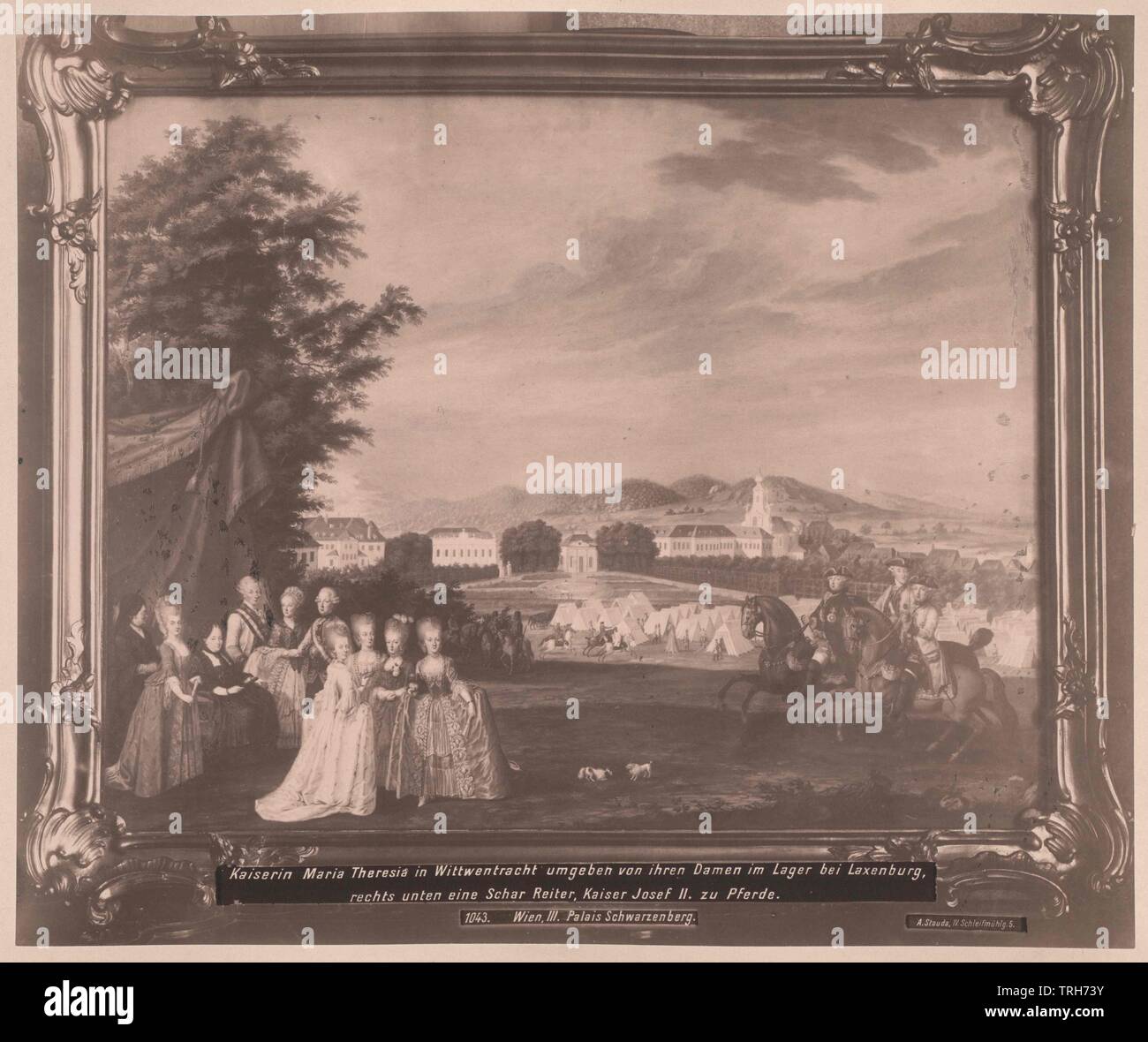 Maria Theresa, Holy Roman empress,Holy Roman Empire, HRE, people, 18th century, full-length, full length, woman, women, female, empress, empresses, Additional-Rights-Clearance-Info-Not-Available Stock Photohttps://www.alamy.com/image-license-details/?v=1https://www.alamy.com/maria-theresa-holy-roman-empressholy-roman-empire-hre-people-18th-century-full-length-full-length-woman-women-female-empress-empresses-additional-rights-clearance-info-not-available-image255461023.html
Maria Theresa, Holy Roman empress,Holy Roman Empire, HRE, people, 18th century, full-length, full length, woman, women, female, empress, empresses, Additional-Rights-Clearance-Info-Not-Available Stock Photohttps://www.alamy.com/image-license-details/?v=1https://www.alamy.com/maria-theresa-holy-roman-empressholy-roman-empire-hre-people-18th-century-full-length-full-length-woman-women-female-empress-empresses-additional-rights-clearance-info-not-available-image255461023.htmlRMTRH73Y–Maria Theresa, Holy Roman empress,Holy Roman Empire, HRE, people, 18th century, full-length, full length, woman, women, female, empress, empresses, Additional-Rights-Clearance-Info-Not-Available
 The Three Horae Mosaic. This central mosaic floor depicts the Three Horae on a white background by a catenary tress zone. Paphos Archaeological park. Stock Photohttps://www.alamy.com/image-license-details/?v=1https://www.alamy.com/the-three-horae-mosaic-this-central-mosaic-floor-depicts-the-three-horae-on-a-white-background-by-a-catenary-tress-zone-paphos-archaeological-park-image605965405.html
The Three Horae Mosaic. This central mosaic floor depicts the Three Horae on a white background by a catenary tress zone. Paphos Archaeological park. Stock Photohttps://www.alamy.com/image-license-details/?v=1https://www.alamy.com/the-three-horae-mosaic-this-central-mosaic-floor-depicts-the-three-horae-on-a-white-background-by-a-catenary-tress-zone-paphos-archaeological-park-image605965405.htmlRM2X5T31H–The Three Horae Mosaic. This central mosaic floor depicts the Three Horae on a white background by a catenary tress zone. Paphos Archaeological park.
 Roman peasant women at a fountain, Italy Stock Photohttps://www.alamy.com/image-license-details/?v=1https://www.alamy.com/roman-peasant-women-at-a-fountain-italy-image256557200.html
Roman peasant women at a fountain, Italy Stock Photohttps://www.alamy.com/image-license-details/?v=1https://www.alamy.com/roman-peasant-women-at-a-fountain-italy-image256557200.htmlRMTWB594–Roman peasant women at a fountain, Italy
 Mosaic detail from the Villa Romana del Tellaro Stock Photohttps://www.alamy.com/image-license-details/?v=1https://www.alamy.com/mosaic-detail-from-the-villa-romana-del-tellaro-image414552954.html
Mosaic detail from the Villa Romana del Tellaro Stock Photohttps://www.alamy.com/image-license-details/?v=1https://www.alamy.com/mosaic-detail-from-the-villa-romana-del-tellaro-image414552954.htmlRM2F2CEEJ–Mosaic detail from the Villa Romana del Tellaro
 Young women dressed as Roman soldiers at National Eisteddfod 2010 Ebbw Vale Blaenau Gwent South Wales UK Stock Photohttps://www.alamy.com/image-license-details/?v=1https://www.alamy.com/stock-photo-young-women-dressed-as-roman-soldiers-at-national-eisteddfod-2010-36536312.html
Young women dressed as Roman soldiers at National Eisteddfod 2010 Ebbw Vale Blaenau Gwent South Wales UK Stock Photohttps://www.alamy.com/image-license-details/?v=1https://www.alamy.com/stock-photo-young-women-dressed-as-roman-soldiers-at-national-eisteddfod-2010-36536312.htmlRMC3CAC8–Young women dressed as Roman soldiers at National Eisteddfod 2010 Ebbw Vale Blaenau Gwent South Wales UK
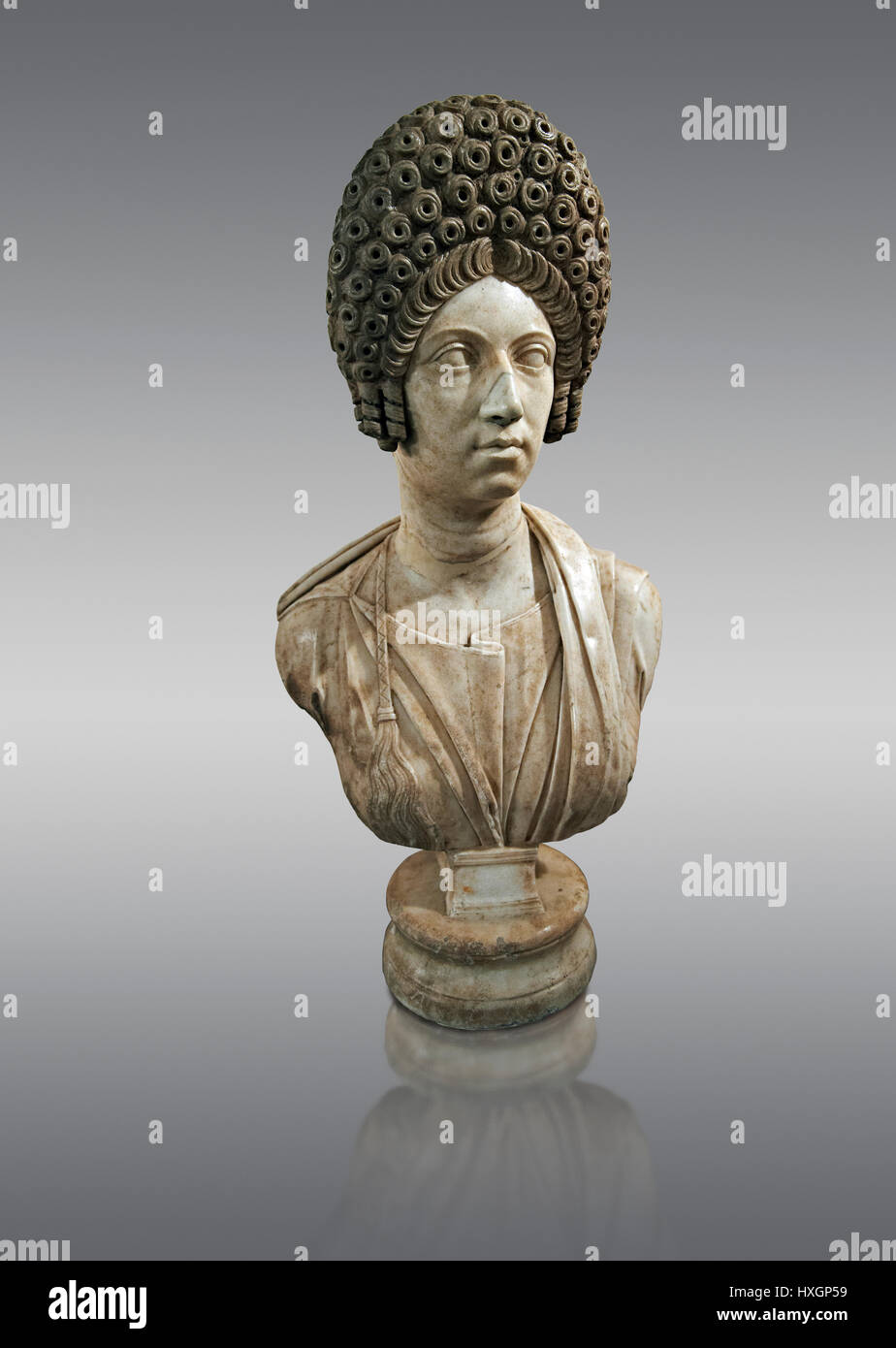 Roman women sculpture with typical Trajan period hair style, Late Trajan period 98-117 AD, inv 6074, Naples National Museum of Archaeology, Italy, Stock Photohttps://www.alamy.com/image-license-details/?v=1https://www.alamy.com/stock-photo-roman-women-sculpture-with-typical-trajan-period-hair-style-late-trajan-136822261.html
Roman women sculpture with typical Trajan period hair style, Late Trajan period 98-117 AD, inv 6074, Naples National Museum of Archaeology, Italy, Stock Photohttps://www.alamy.com/image-license-details/?v=1https://www.alamy.com/stock-photo-roman-women-sculpture-with-typical-trajan-period-hair-style-late-trajan-136822261.htmlRFHXGP59–Roman women sculpture with typical Trajan period hair style, Late Trajan period 98-117 AD, inv 6074, Naples National Museum of Archaeology, Italy,
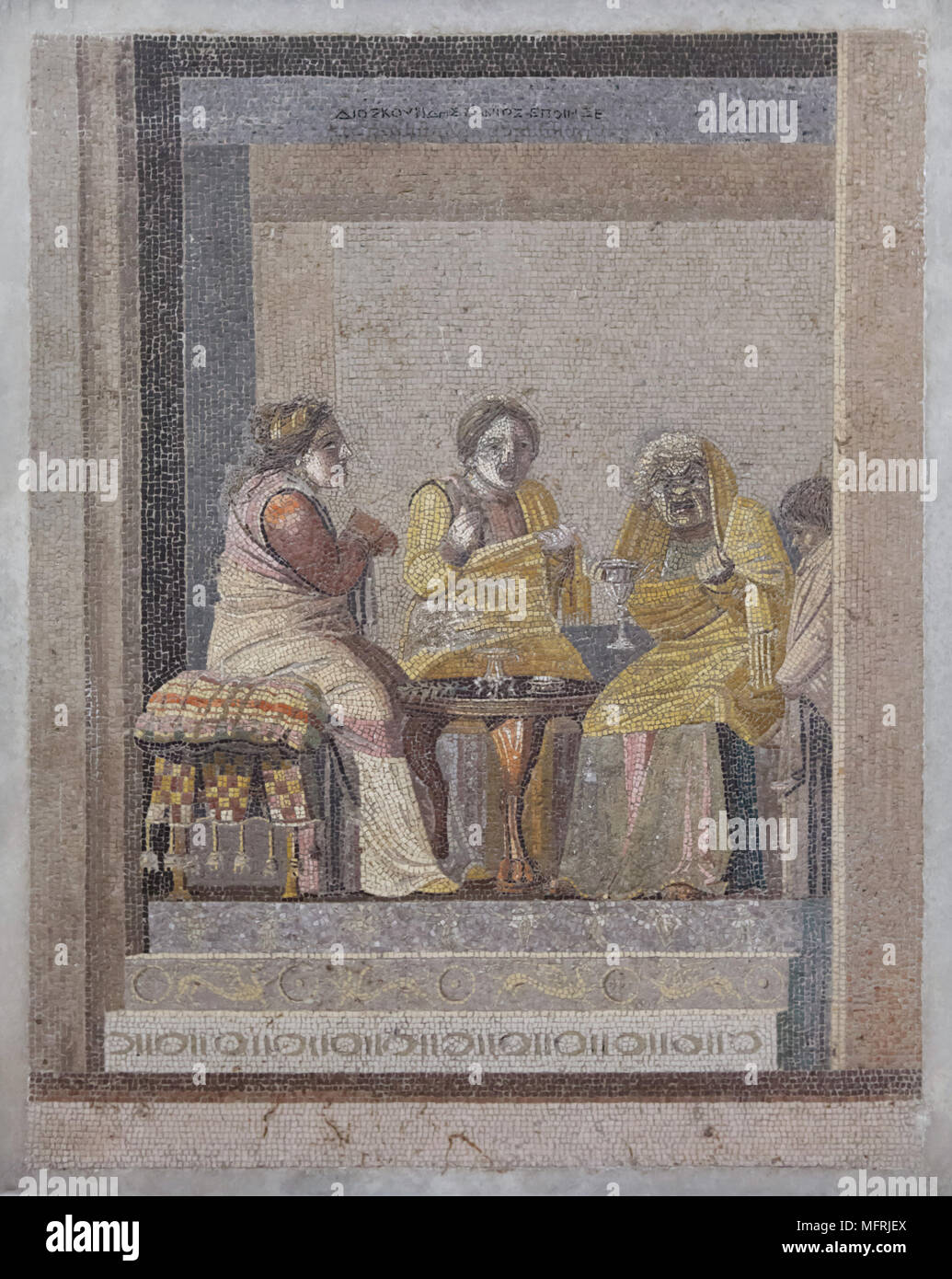 Comedy scene depicted in the Roman mosaic from Villa de Cicero (Villa of Cicero) in Pompeii, now on display in the National Archaeological Museum (Museo Archeologico Nazionale di Napoli) in Naples, Campania, Italy. Two women consulting with a witch are depicted in the mosaic. Signature on the top: signed by Dioskourides of Samos. Stock Photohttps://www.alamy.com/image-license-details/?v=1https://www.alamy.com/comedy-scene-depicted-in-the-roman-mosaic-from-villa-de-cicero-villa-of-cicero-in-pompeii-now-on-display-in-the-national-archaeological-museum-museo-archeologico-nazionale-di-napoli-in-naples-campania-italy-two-women-consulting-with-a-witch-are-depicted-in-the-mosaic-signature-on-the-top-signed-by-dioskourides-of-samos-image181842946.html
Comedy scene depicted in the Roman mosaic from Villa de Cicero (Villa of Cicero) in Pompeii, now on display in the National Archaeological Museum (Museo Archeologico Nazionale di Napoli) in Naples, Campania, Italy. Two women consulting with a witch are depicted in the mosaic. Signature on the top: signed by Dioskourides of Samos. Stock Photohttps://www.alamy.com/image-license-details/?v=1https://www.alamy.com/comedy-scene-depicted-in-the-roman-mosaic-from-villa-de-cicero-villa-of-cicero-in-pompeii-now-on-display-in-the-national-archaeological-museum-museo-archeologico-nazionale-di-napoli-in-naples-campania-italy-two-women-consulting-with-a-witch-are-depicted-in-the-mosaic-signature-on-the-top-signed-by-dioskourides-of-samos-image181842946.htmlRMMFRJEX–Comedy scene depicted in the Roman mosaic from Villa de Cicero (Villa of Cicero) in Pompeii, now on display in the National Archaeological Museum (Museo Archeologico Nazionale di Napoli) in Naples, Campania, Italy. Two women consulting with a witch are depicted in the mosaic. Signature on the top: signed by Dioskourides of Samos.
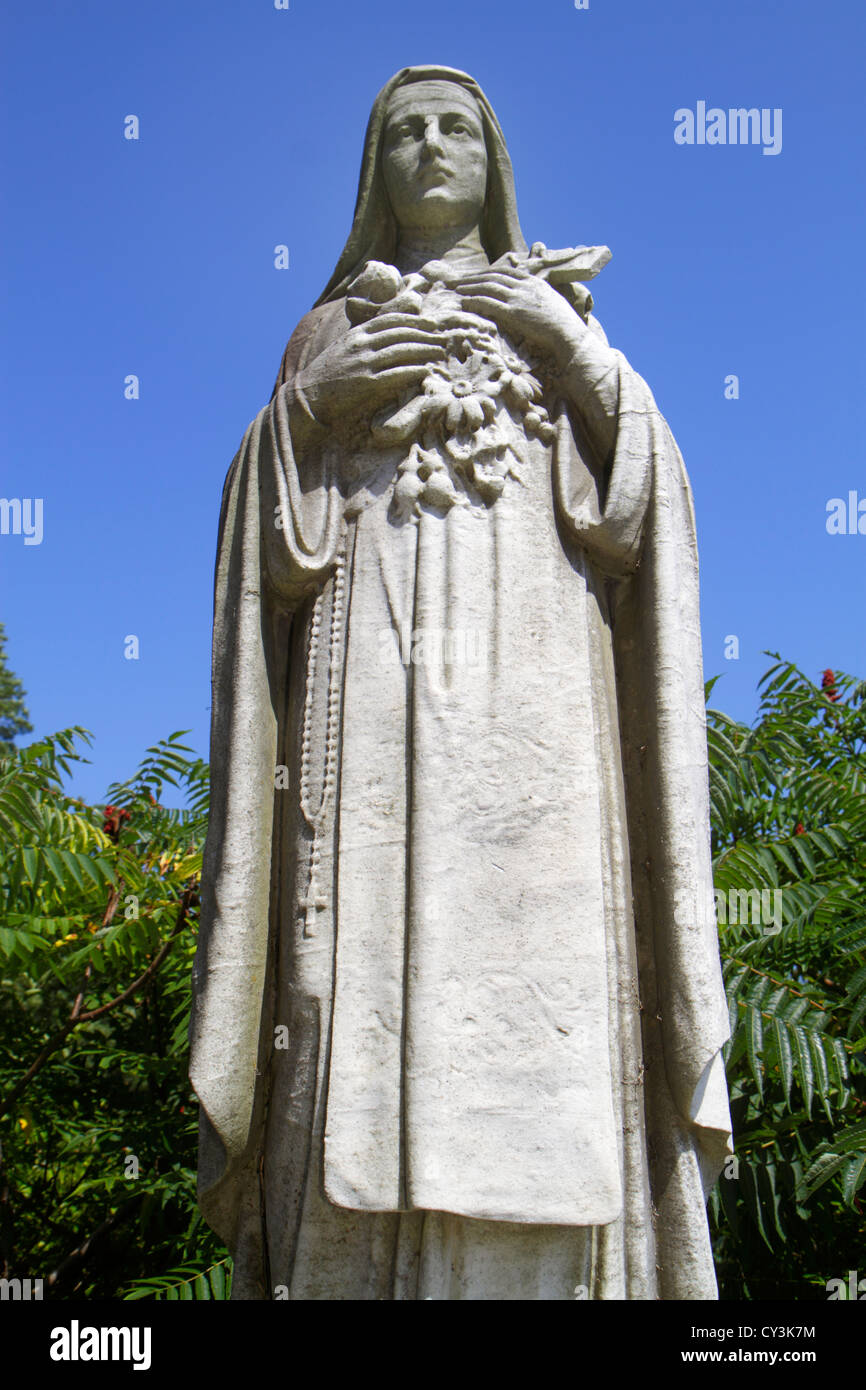 Maine South Portland,Calvary Cemetery,Roman Catholic Diocese of Portland,statue,nun,woman female women,religion,Christian,ME120826054 Stock Photohttps://www.alamy.com/image-license-details/?v=1https://www.alamy.com/stock-photo-maine-south-portlandcalvary-cemeteryroman-catholic-diocese-of-portlandstatuenunwoman-51097416.html
Maine South Portland,Calvary Cemetery,Roman Catholic Diocese of Portland,statue,nun,woman female women,religion,Christian,ME120826054 Stock Photohttps://www.alamy.com/image-license-details/?v=1https://www.alamy.com/stock-photo-maine-south-portlandcalvary-cemeteryroman-catholic-diocese-of-portlandstatuenunwoman-51097416.htmlRMCY3K7M–Maine South Portland,Calvary Cemetery,Roman Catholic Diocese of Portland,statue,nun,woman female women,religion,Christian,ME120826054
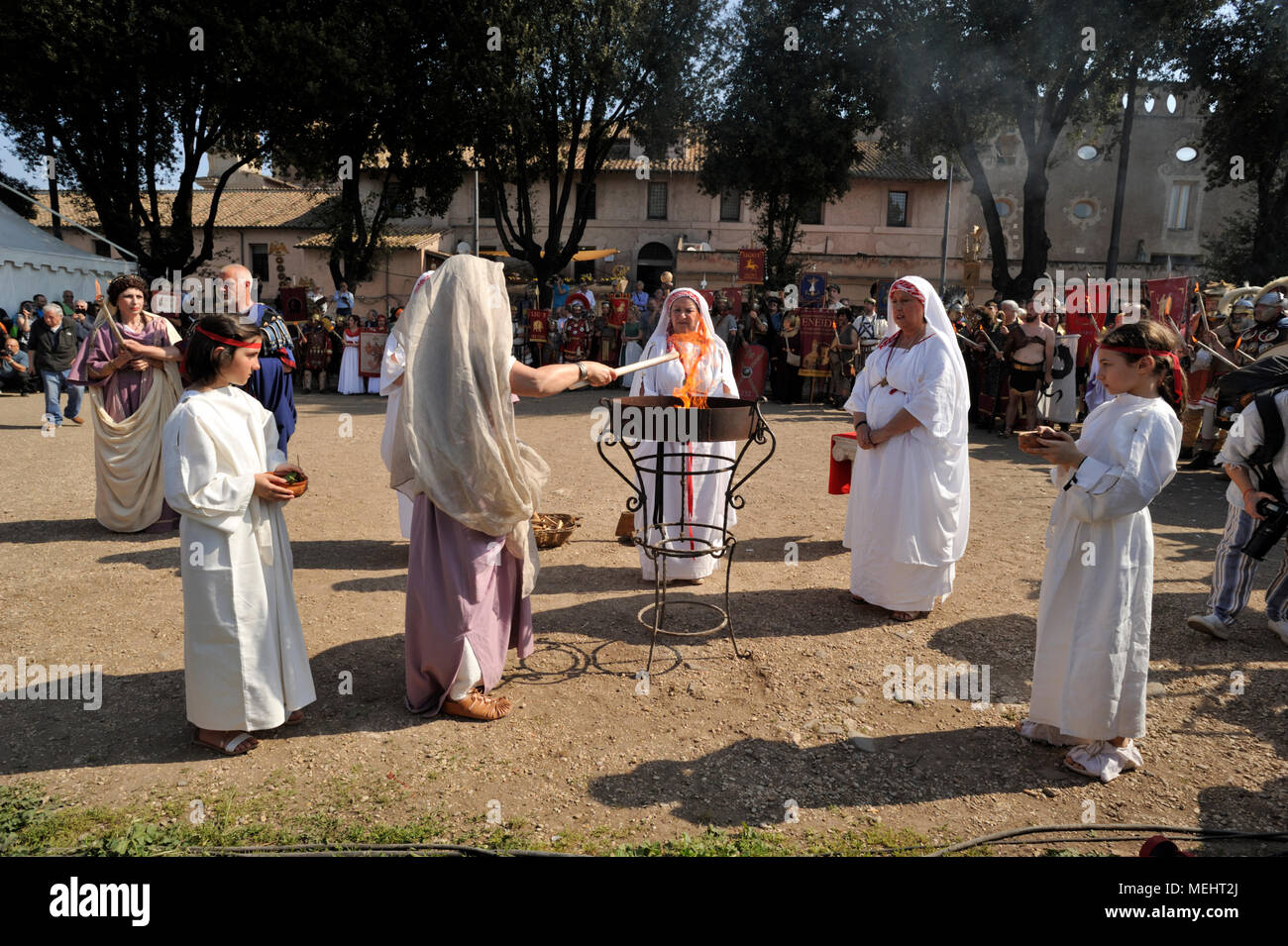 Rome, Italy. 22nd April, 2018. Natale di Roma in Rome, Italy. Rome celebrates the 2771st anniversary of the foundation of the city in 21st April 753 B.C. Historical parade in the streets of Rome. People are dressed in ancient roman costumes. Opening ceremony at the Circus Maximus: the Vestals light the sacred fire. Credit: Vito Arcomano/Alamy Live News Stock Photohttps://www.alamy.com/image-license-details/?v=1https://www.alamy.com/rome-italy-22nd-april-2018-natale-di-roma-in-rome-italy-rome-celebrates-the-2771st-anniversary-of-the-foundation-of-the-city-in-21st-april-753-bc-historical-parade-in-the-streets-of-rome-people-are-dressed-in-ancient-roman-costumes-opening-ceremony-at-the-circus-maximus-the-vestals-light-the-sacred-fire-credit-vito-arcomanoalamy-live-news-image181100938.html
Rome, Italy. 22nd April, 2018. Natale di Roma in Rome, Italy. Rome celebrates the 2771st anniversary of the foundation of the city in 21st April 753 B.C. Historical parade in the streets of Rome. People are dressed in ancient roman costumes. Opening ceremony at the Circus Maximus: the Vestals light the sacred fire. Credit: Vito Arcomano/Alamy Live News Stock Photohttps://www.alamy.com/image-license-details/?v=1https://www.alamy.com/rome-italy-22nd-april-2018-natale-di-roma-in-rome-italy-rome-celebrates-the-2771st-anniversary-of-the-foundation-of-the-city-in-21st-april-753-bc-historical-parade-in-the-streets-of-rome-people-are-dressed-in-ancient-roman-costumes-opening-ceremony-at-the-circus-maximus-the-vestals-light-the-sacred-fire-credit-vito-arcomanoalamy-live-news-image181100938.htmlRMMEHT2J–Rome, Italy. 22nd April, 2018. Natale di Roma in Rome, Italy. Rome celebrates the 2771st anniversary of the foundation of the city in 21st April 753 B.C. Historical parade in the streets of Rome. People are dressed in ancient roman costumes. Opening ceremony at the Circus Maximus: the Vestals light the sacred fire. Credit: Vito Arcomano/Alamy Live News
 Young women spectators watching The Roman Wall Show, Steel Rigg Hadrian's Wall Path Northumberland England UK Stock Photohttps://www.alamy.com/image-license-details/?v=1https://www.alamy.com/stock-photo-young-women-spectators-watching-the-roman-wall-show-steel-rigg-hadrians-77335812.html
Young women spectators watching The Roman Wall Show, Steel Rigg Hadrian's Wall Path Northumberland England UK Stock Photohttps://www.alamy.com/image-license-details/?v=1https://www.alamy.com/stock-photo-young-women-spectators-watching-the-roman-wall-show-steel-rigg-hadrians-77335812.htmlRMEDPXH8–Young women spectators watching The Roman Wall Show, Steel Rigg Hadrian's Wall Path Northumberland England UK
 The figures represented here, from left to right, represent ancient Roman Christians. From left to right, they are: a gravedigger from the catacombs, two women, a priest, a woman with two children, and a soldier. The illustration dates to 1882. Stock Photohttps://www.alamy.com/image-license-details/?v=1https://www.alamy.com/stock-photo-the-figures-represented-here-from-left-to-right-represent-ancient-131745272.html
The figures represented here, from left to right, represent ancient Roman Christians. From left to right, they are: a gravedigger from the catacombs, two women, a priest, a woman with two children, and a soldier. The illustration dates to 1882. Stock Photohttps://www.alamy.com/image-license-details/?v=1https://www.alamy.com/stock-photo-the-figures-represented-here-from-left-to-right-represent-ancient-131745272.htmlRFHJ9EC8–The figures represented here, from left to right, represent ancient Roman Christians. From left to right, they are: a gravedigger from the catacombs, two women, a priest, a woman with two children, and a soldier. The illustration dates to 1882.
 Pirithous with Hippodamia at a wedding where centaurs kidnapped the Lapith women, House of Gavius Rufus VII, Fresco Pompeii Roman City is located near Naples in the Campania region of Italy. Pompeii was buried under 4-6 m of volcanic ash and pumice in the eruption of Mount Vesuvius in AD 79. Italy Stock Photohttps://www.alamy.com/image-license-details/?v=1https://www.alamy.com/pirithous-with-hippodamia-at-a-wedding-where-centaurs-kidnapped-the-lapith-women-house-of-gavius-rufus-vii-fresco-pompeii-roman-city-is-located-near-naples-in-the-campania-region-of-italy-pompeii-was-buried-under-4-6-m-of-volcanic-ash-and-pumice-in-the-eruption-of-mount-vesuvius-in-ad-79-italy-image568239517.html
Pirithous with Hippodamia at a wedding where centaurs kidnapped the Lapith women, House of Gavius Rufus VII, Fresco Pompeii Roman City is located near Naples in the Campania region of Italy. Pompeii was buried under 4-6 m of volcanic ash and pumice in the eruption of Mount Vesuvius in AD 79. Italy Stock Photohttps://www.alamy.com/image-license-details/?v=1https://www.alamy.com/pirithous-with-hippodamia-at-a-wedding-where-centaurs-kidnapped-the-lapith-women-house-of-gavius-rufus-vii-fresco-pompeii-roman-city-is-located-near-naples-in-the-campania-region-of-italy-pompeii-was-buried-under-4-6-m-of-volcanic-ash-and-pumice-in-the-eruption-of-mount-vesuvius-in-ad-79-italy-image568239517.htmlRM2T0DF8D–Pirithous with Hippodamia at a wedding where centaurs kidnapped the Lapith women, House of Gavius Rufus VII, Fresco Pompeii Roman City is located near Naples in the Campania region of Italy. Pompeii was buried under 4-6 m of volcanic ash and pumice in the eruption of Mount Vesuvius in AD 79. Italy